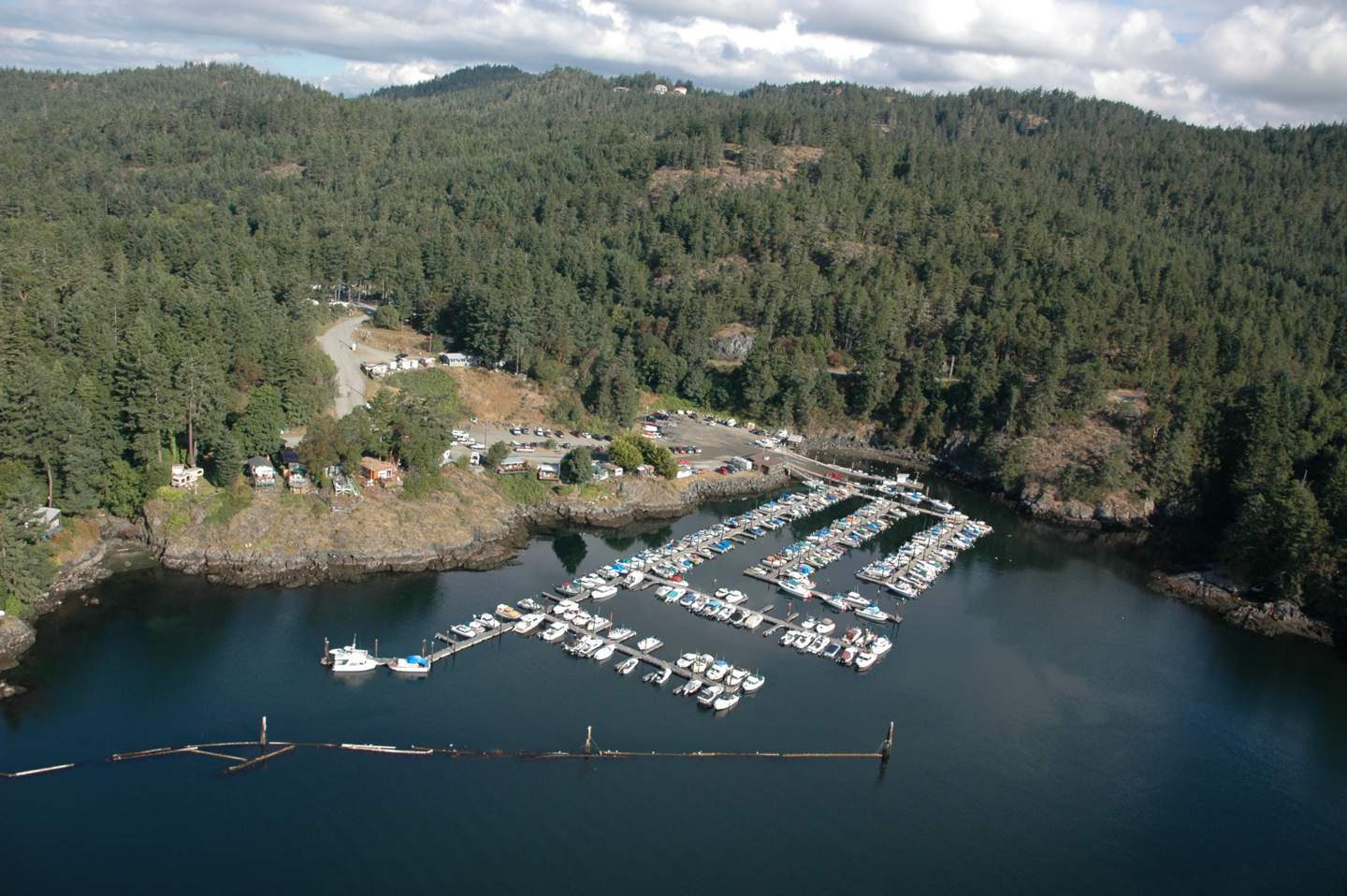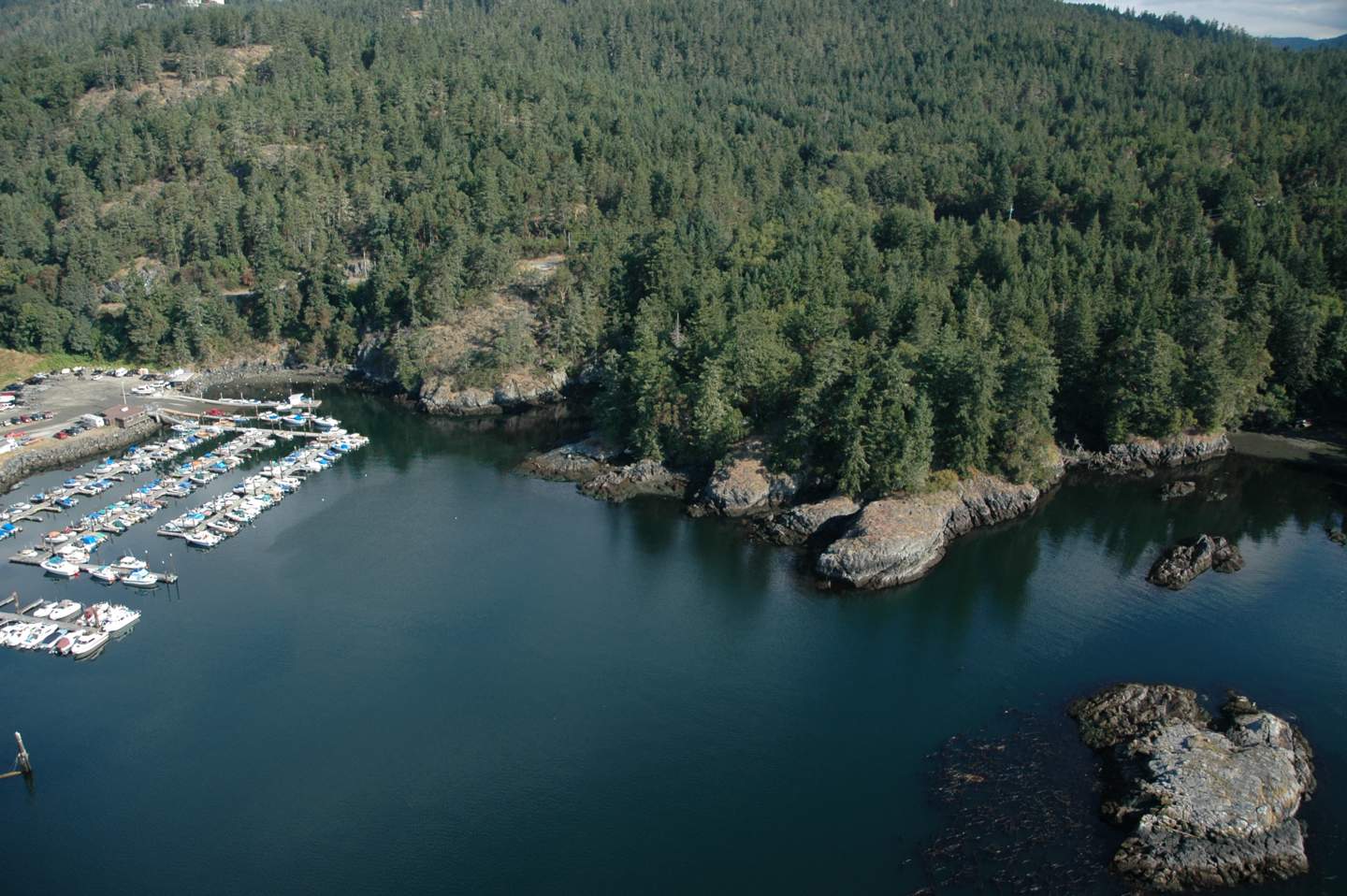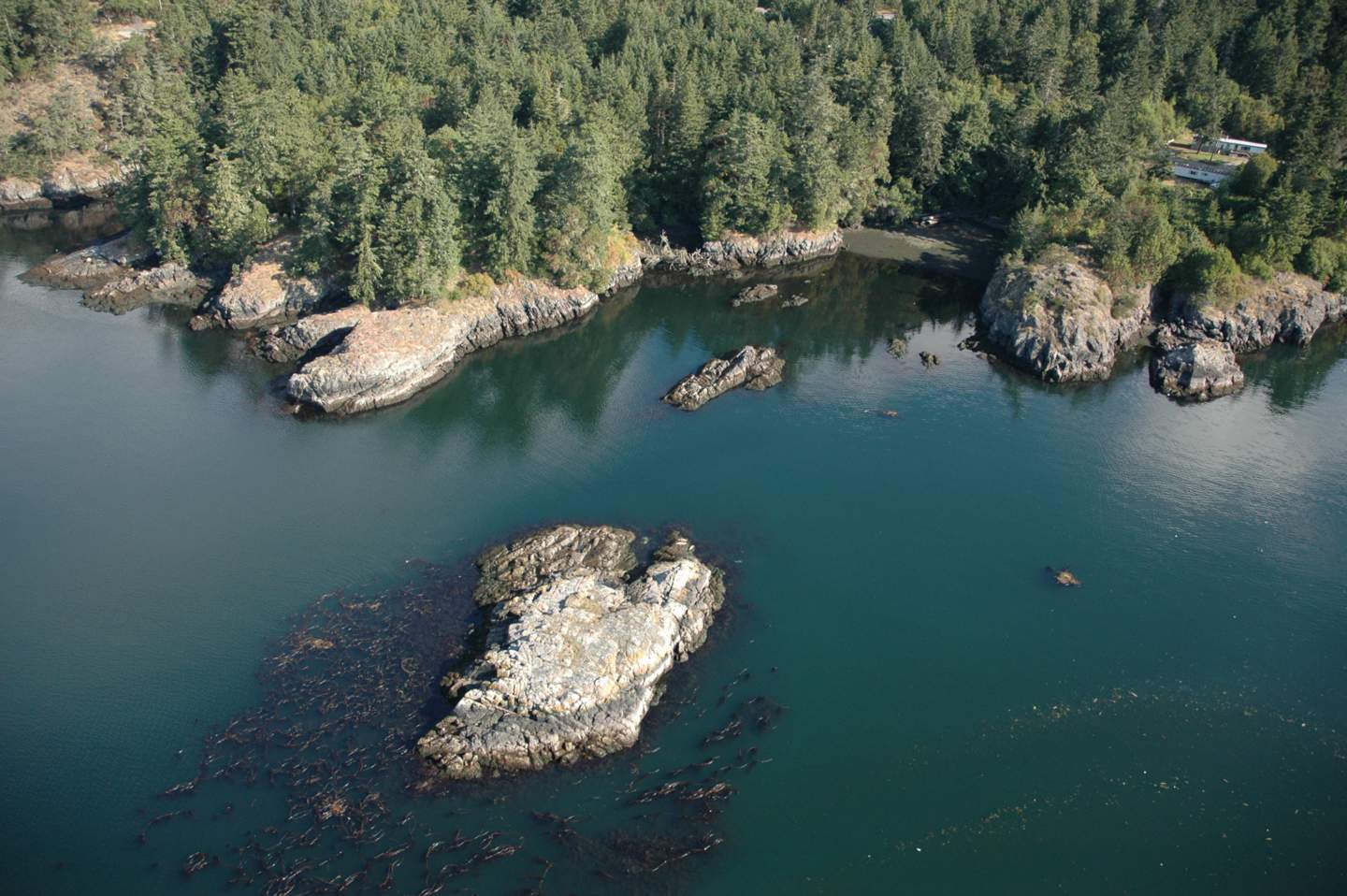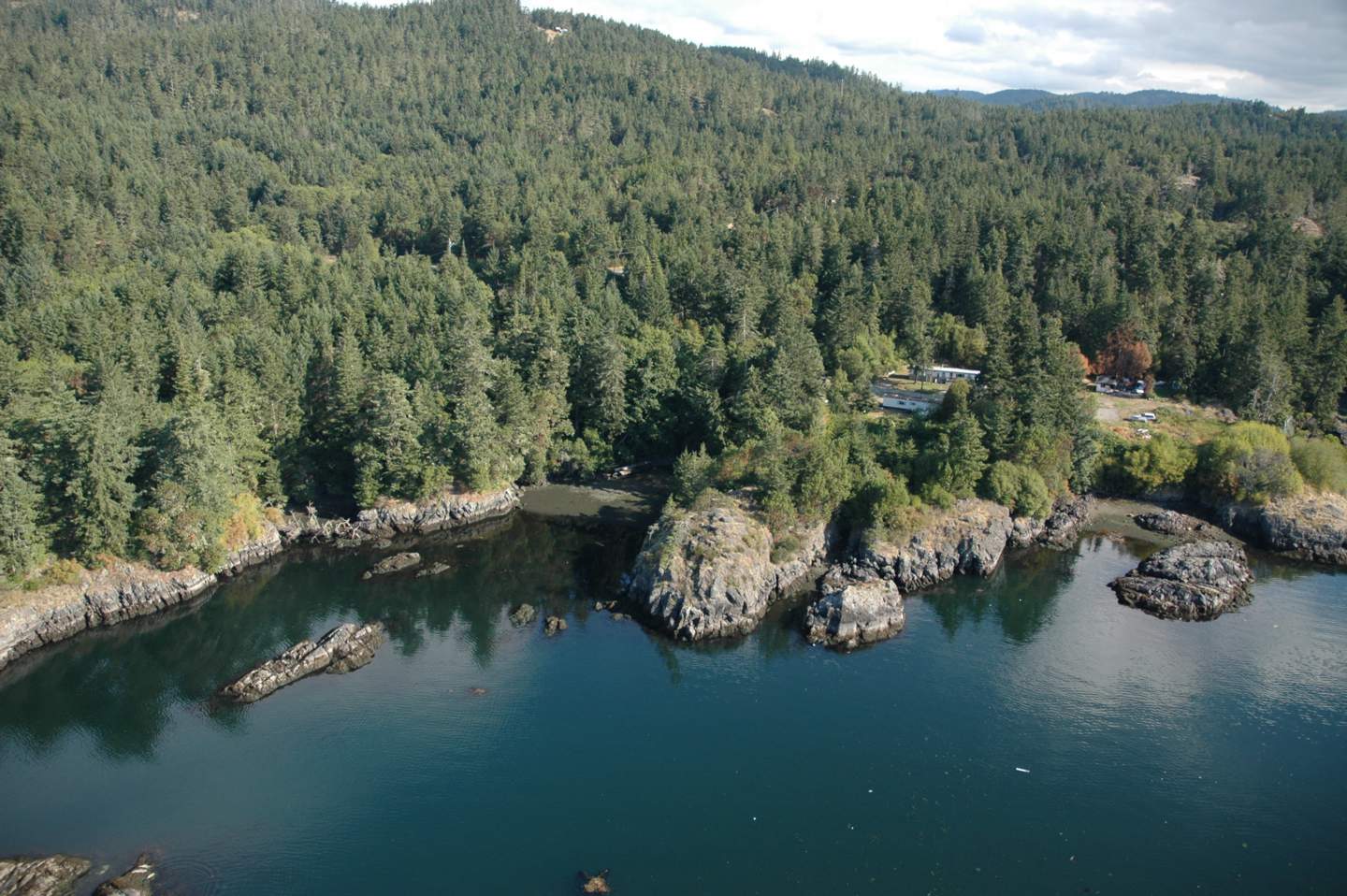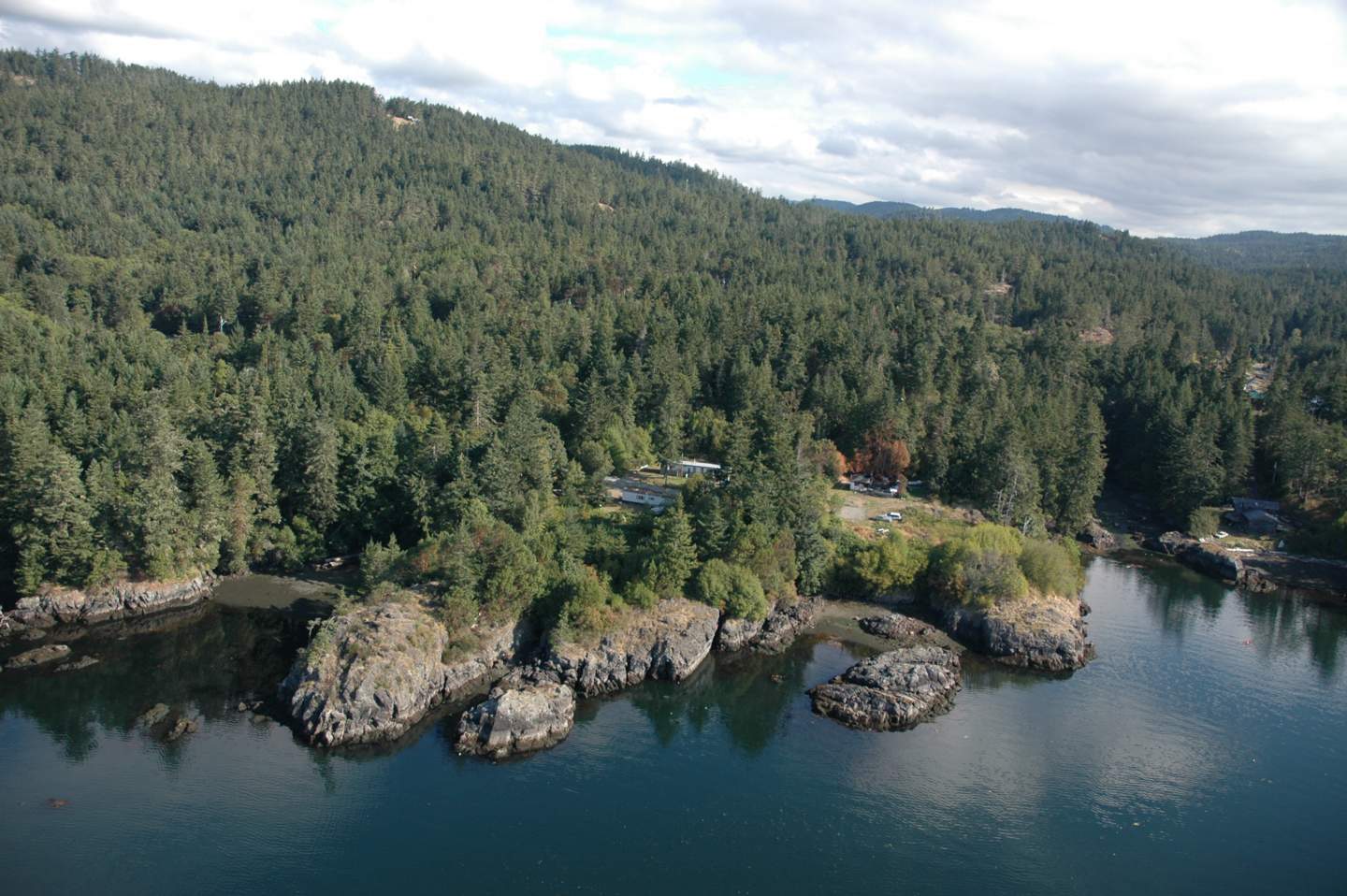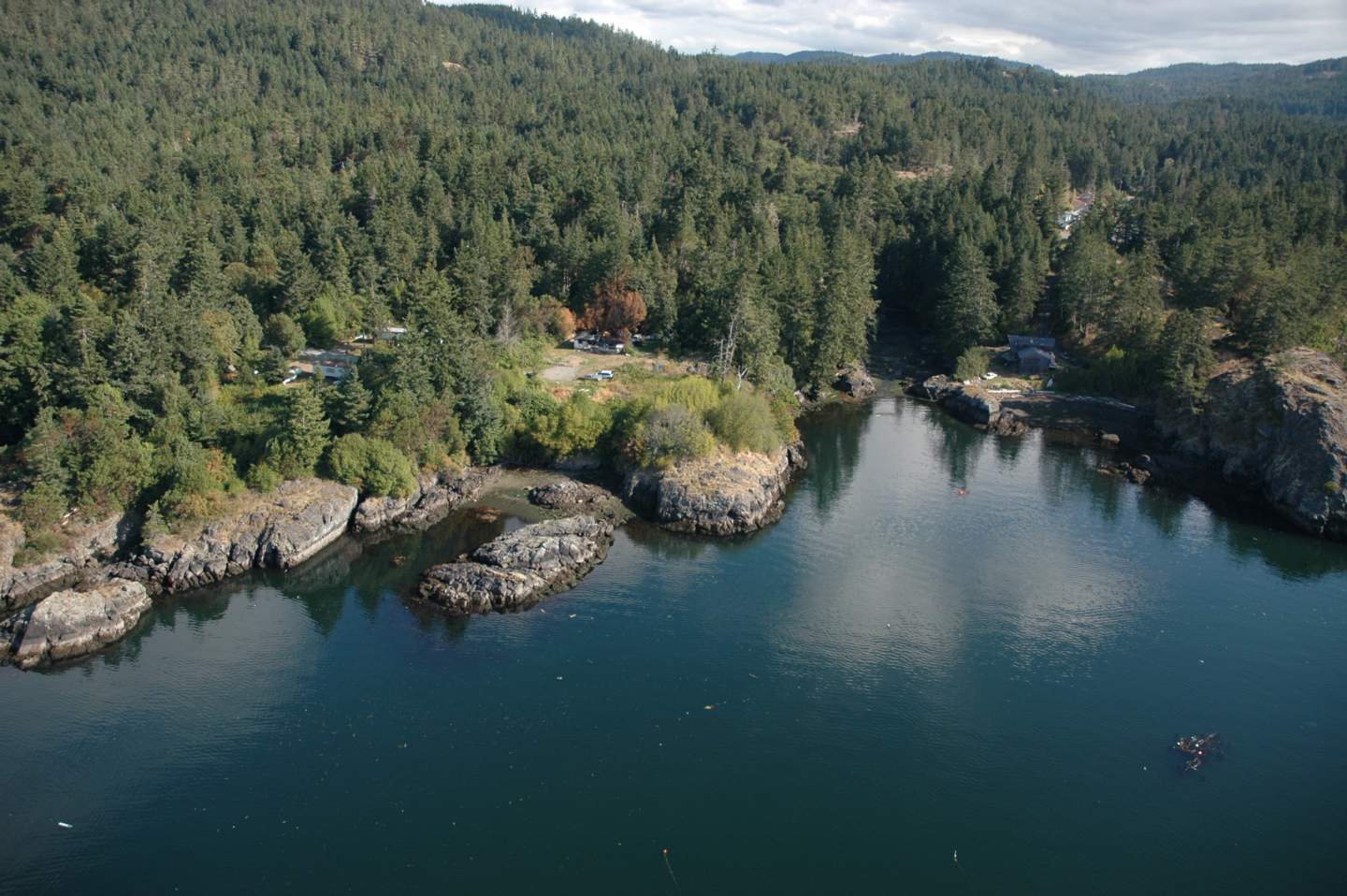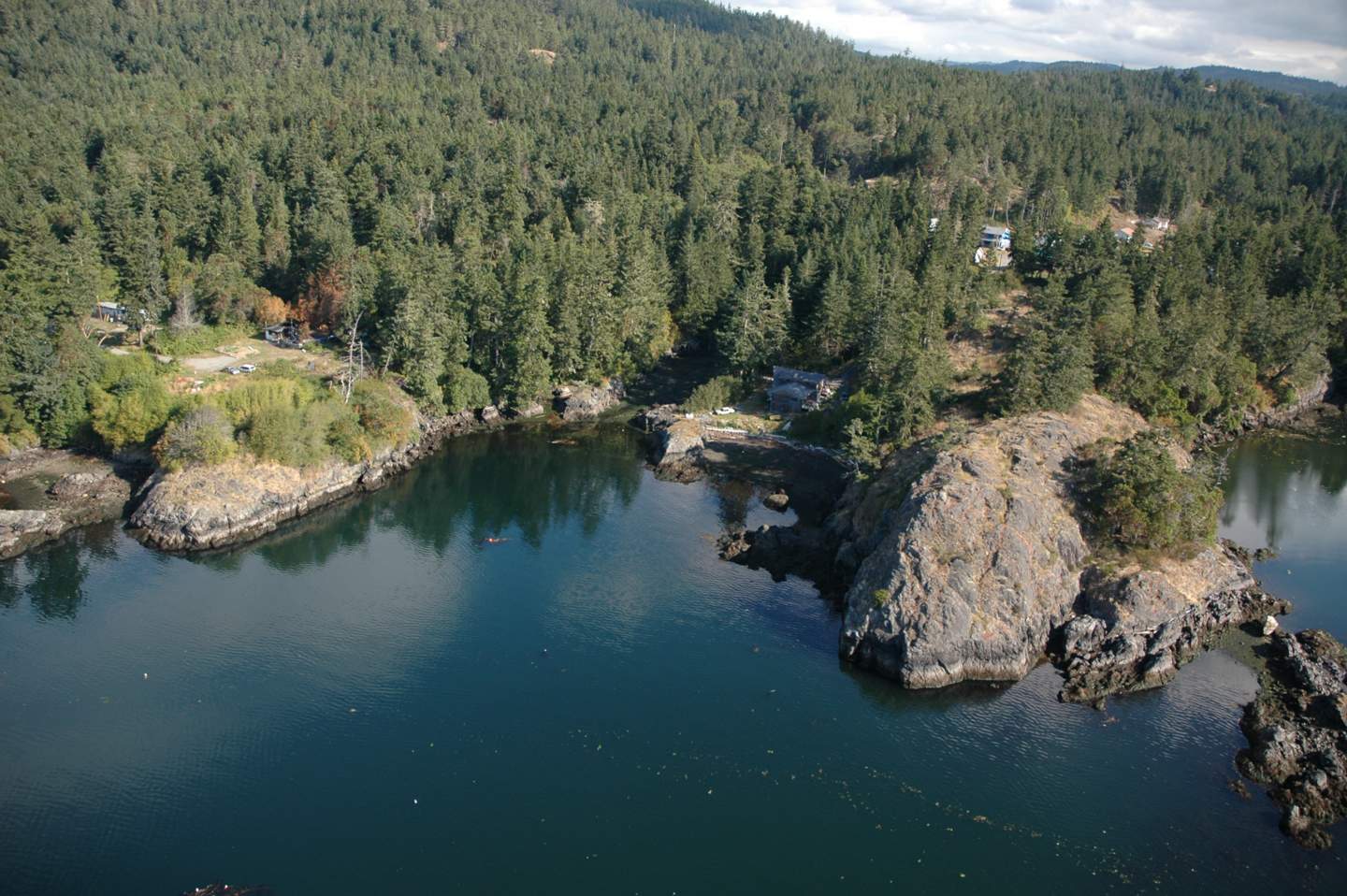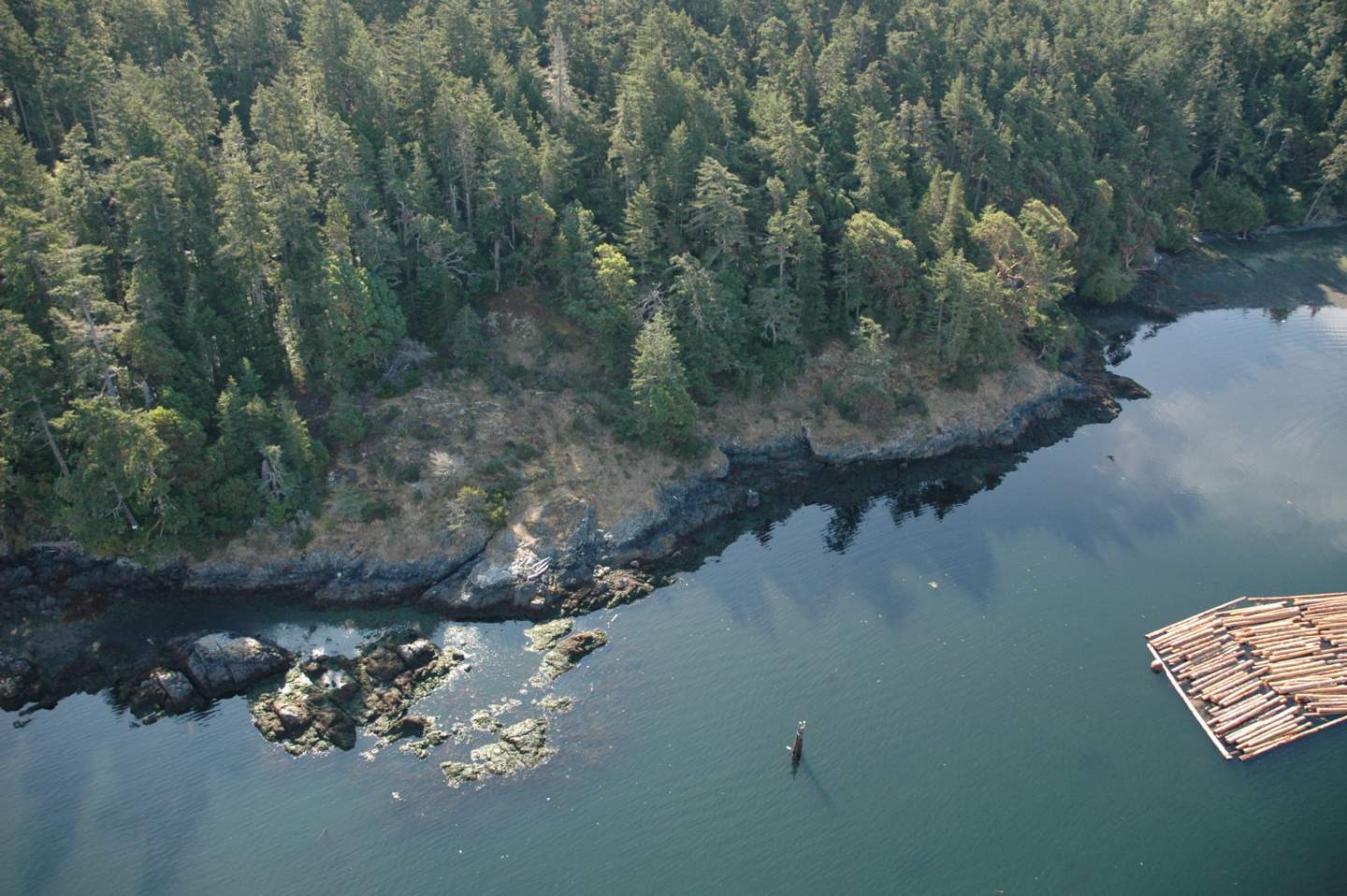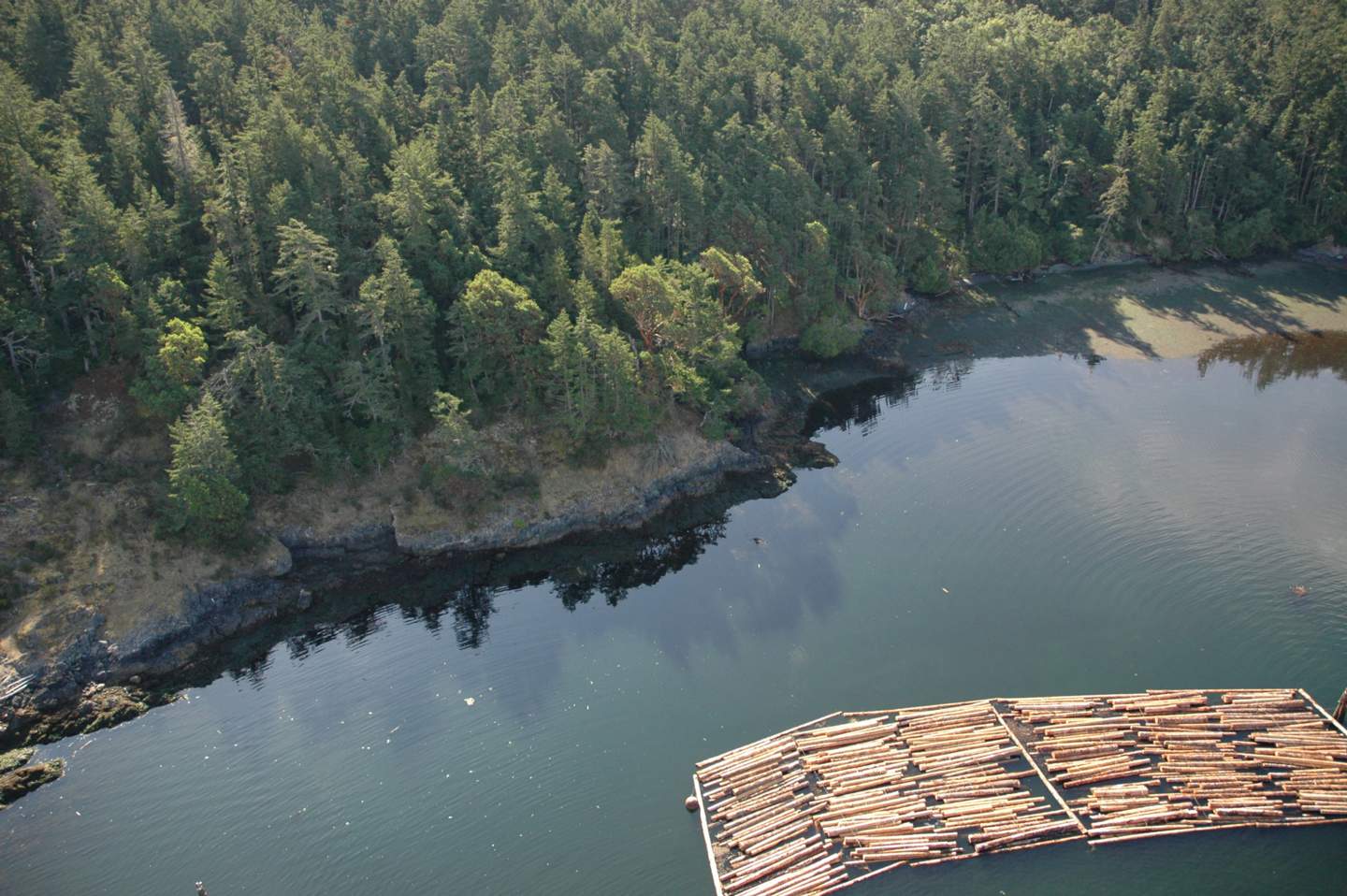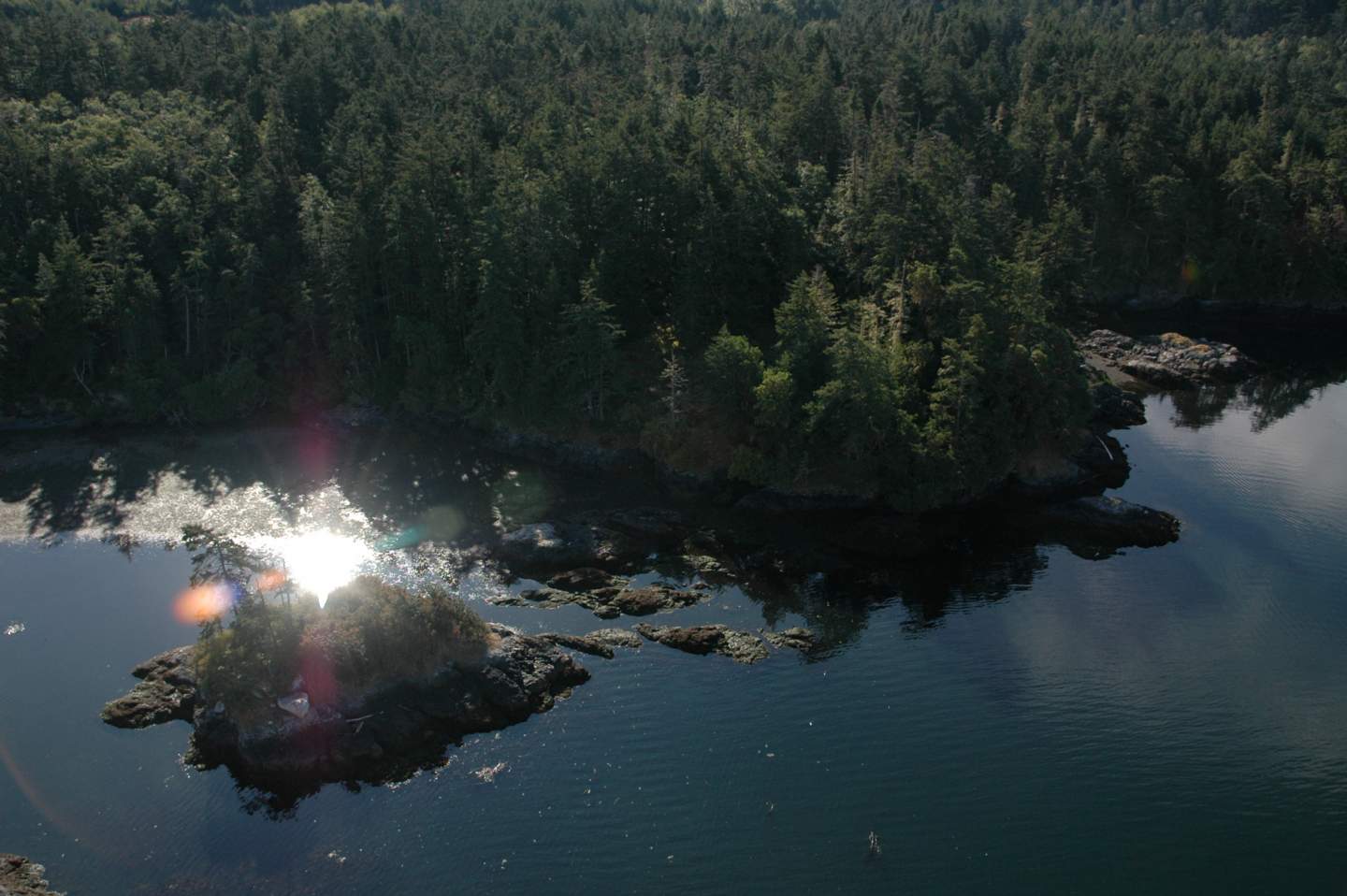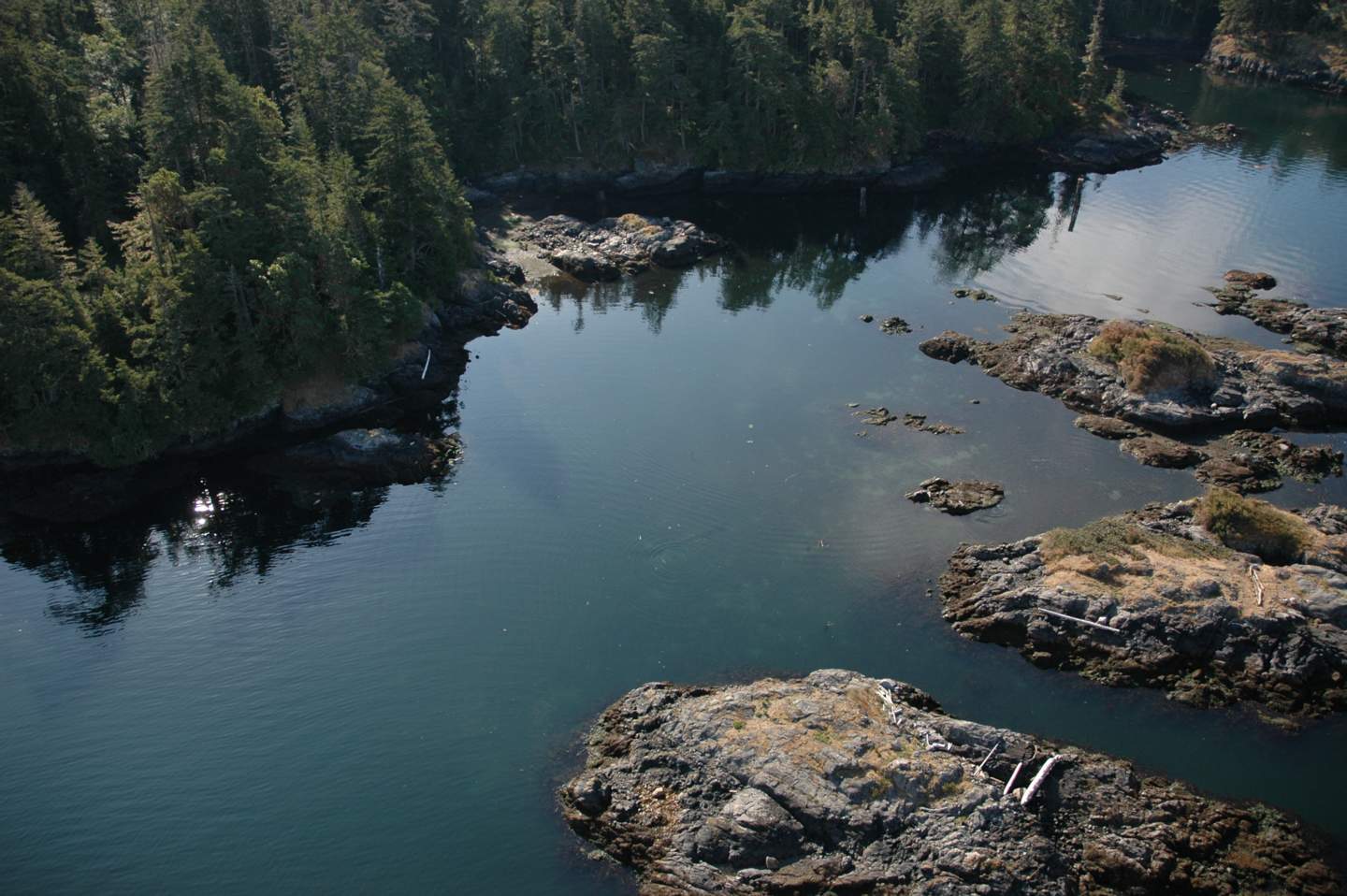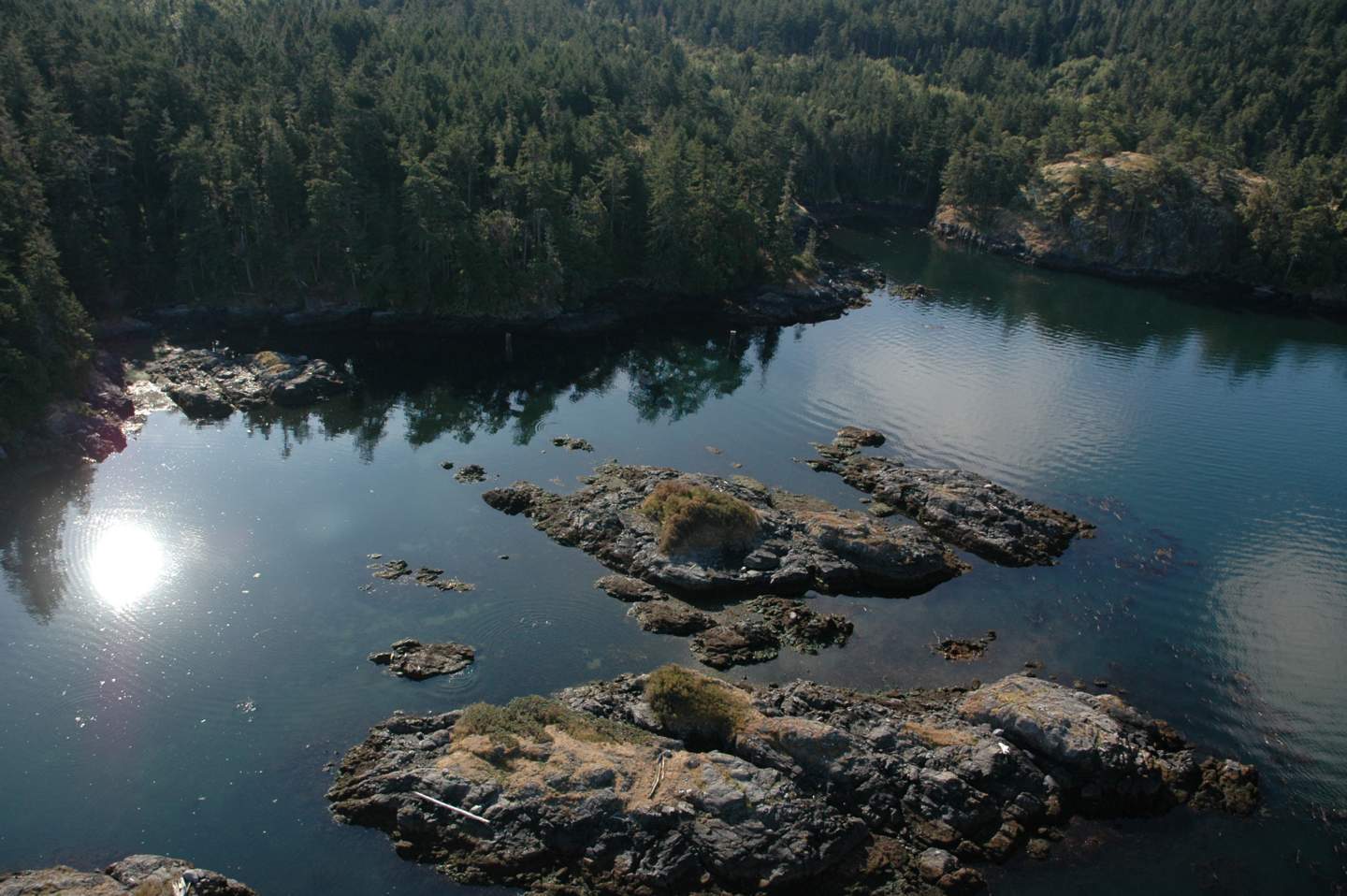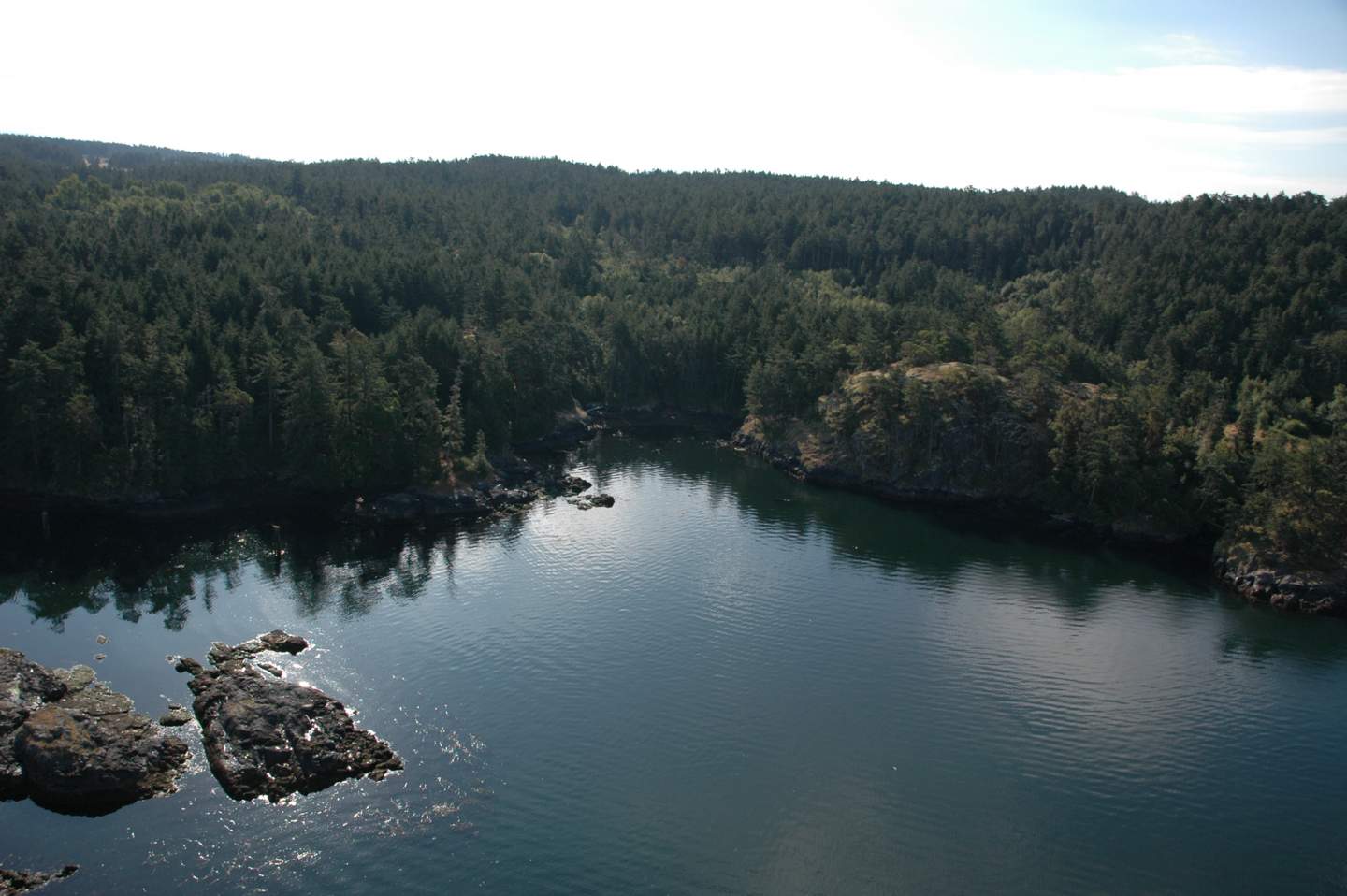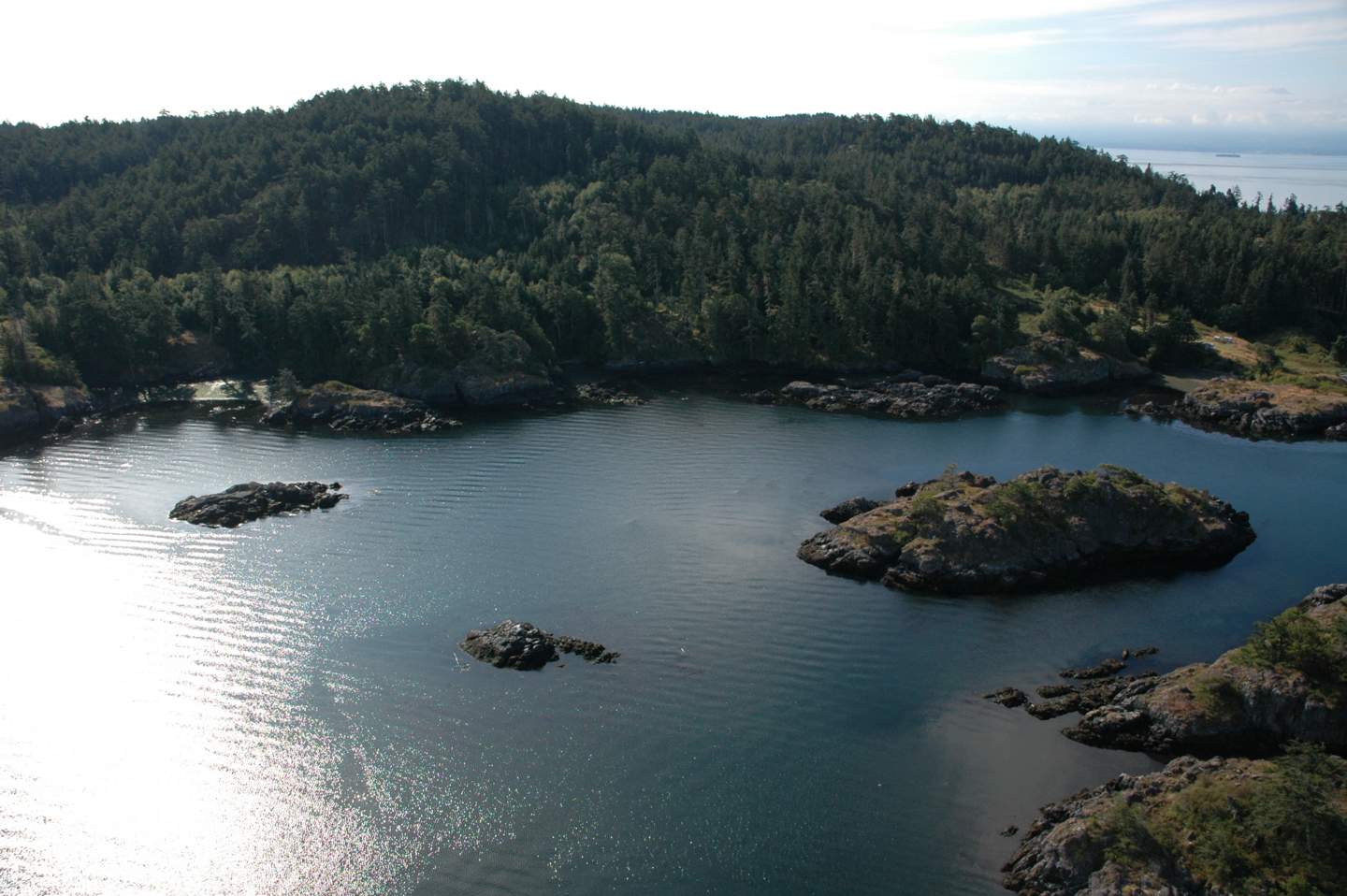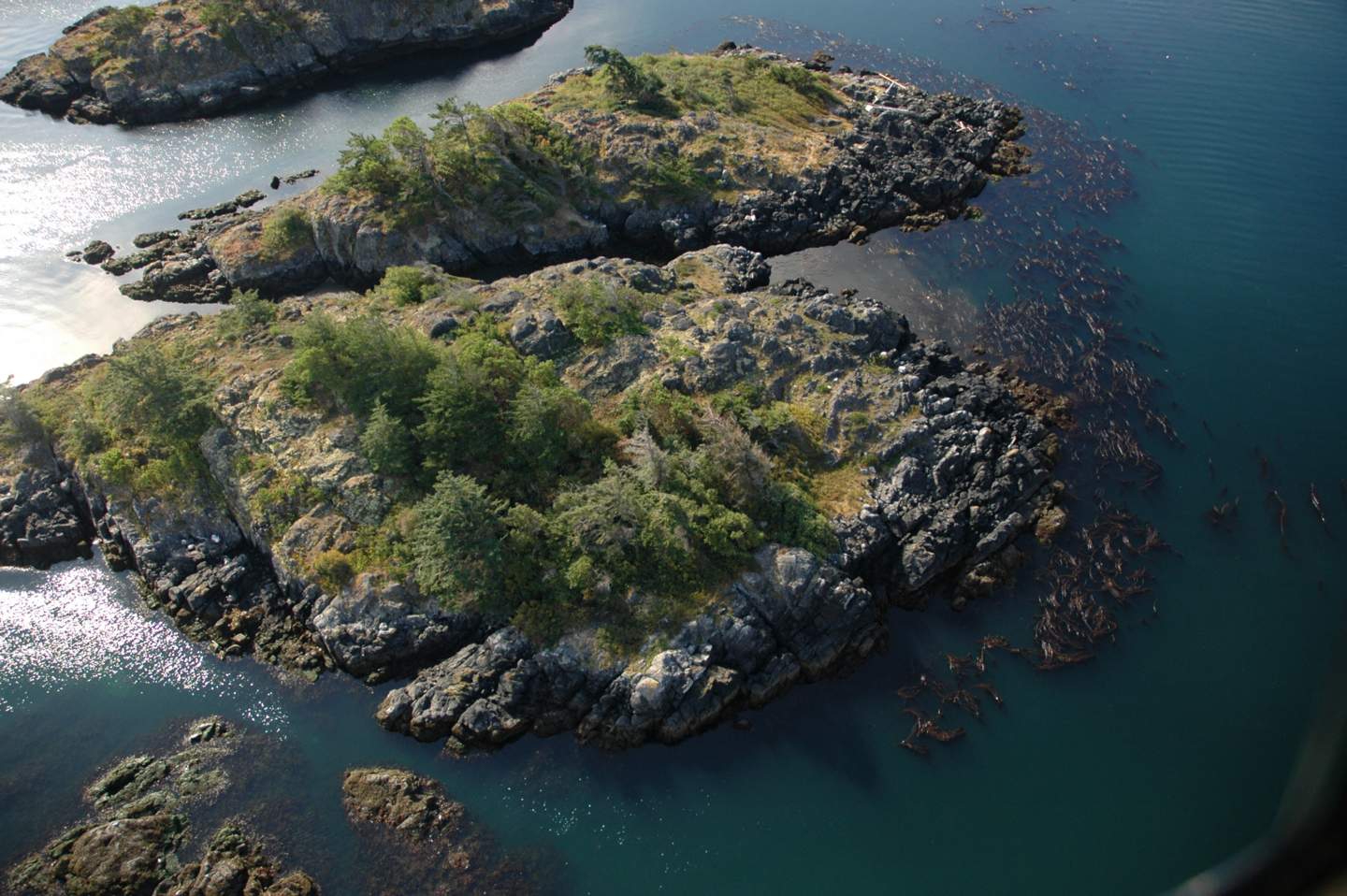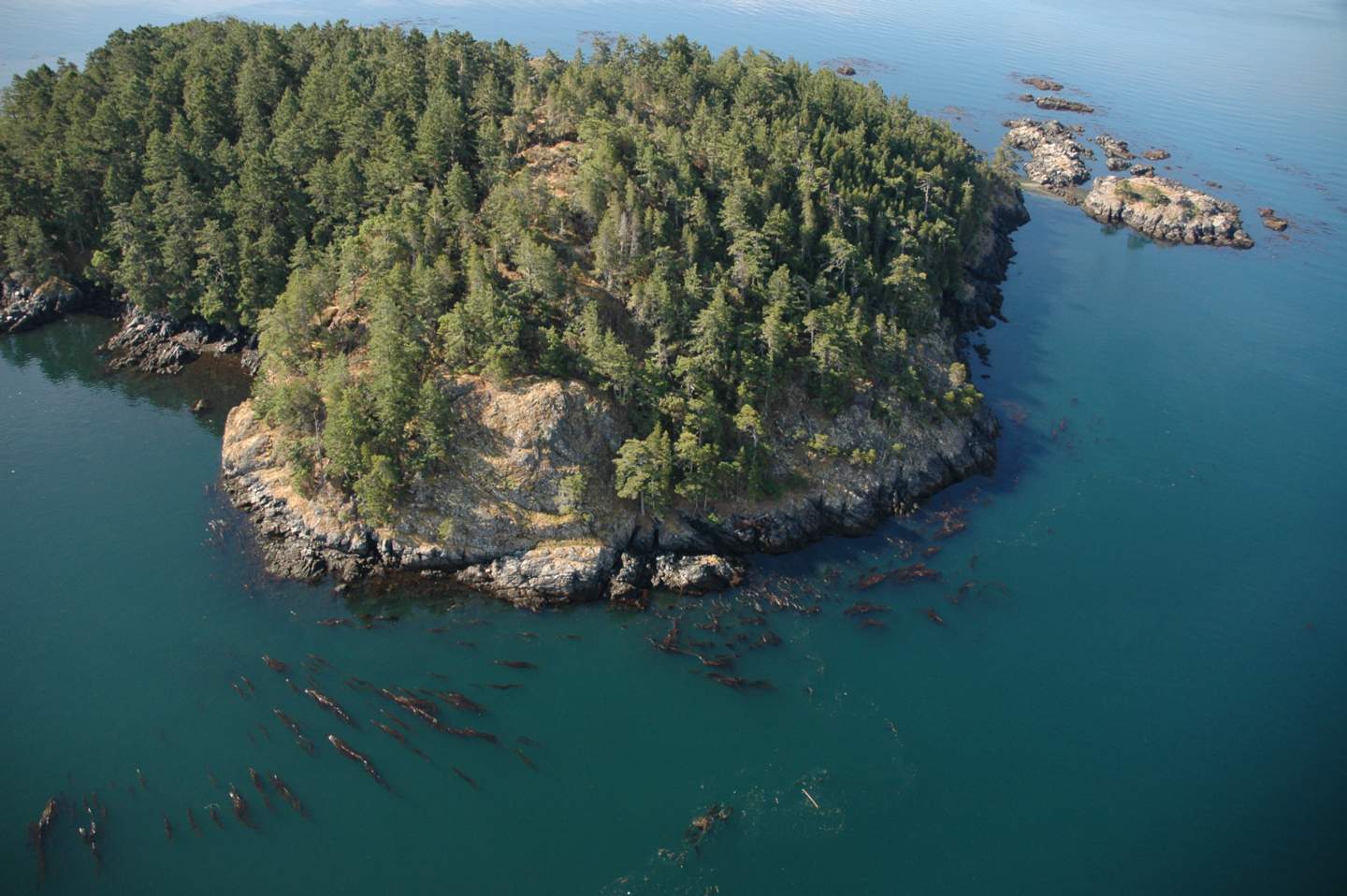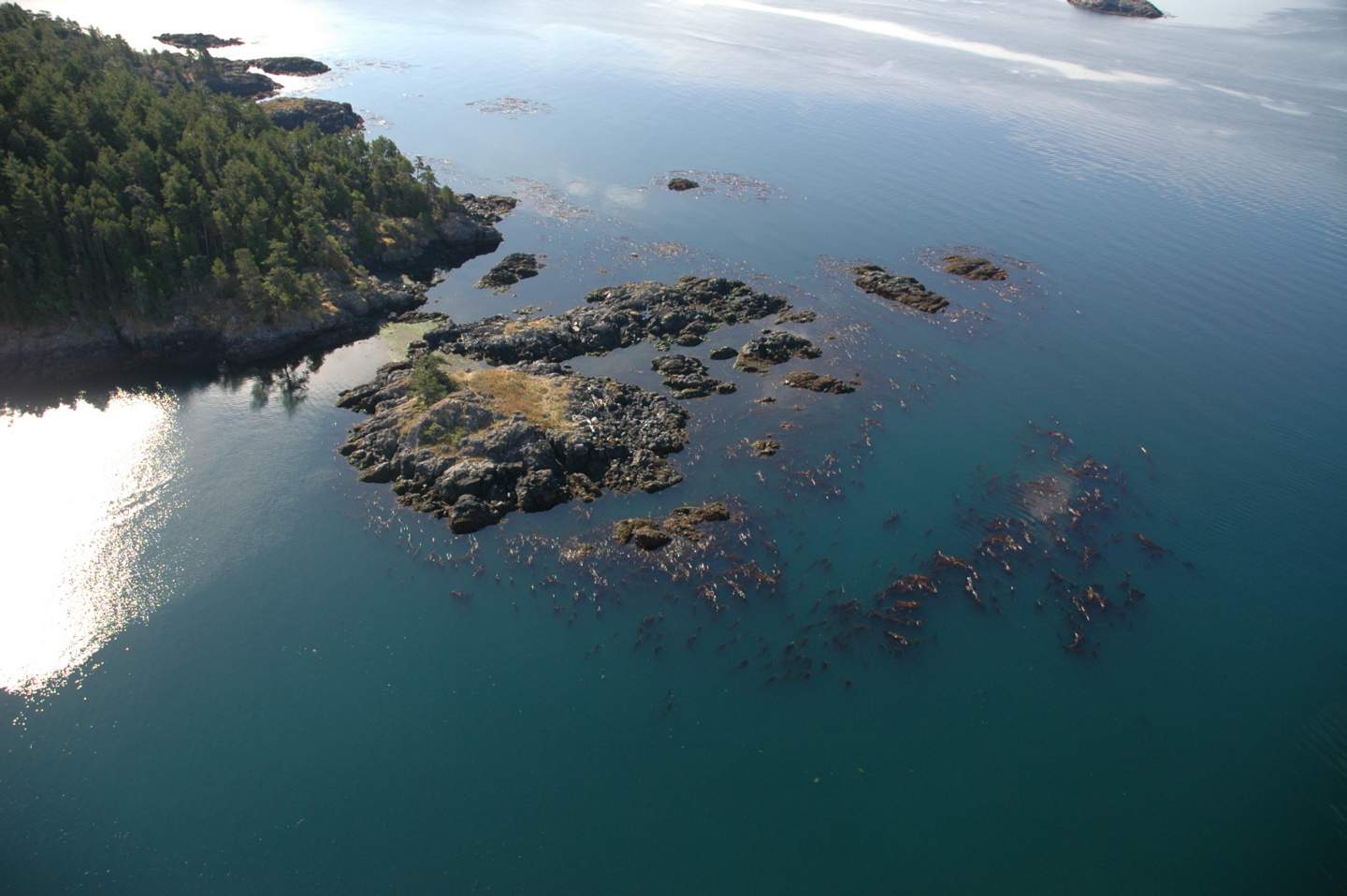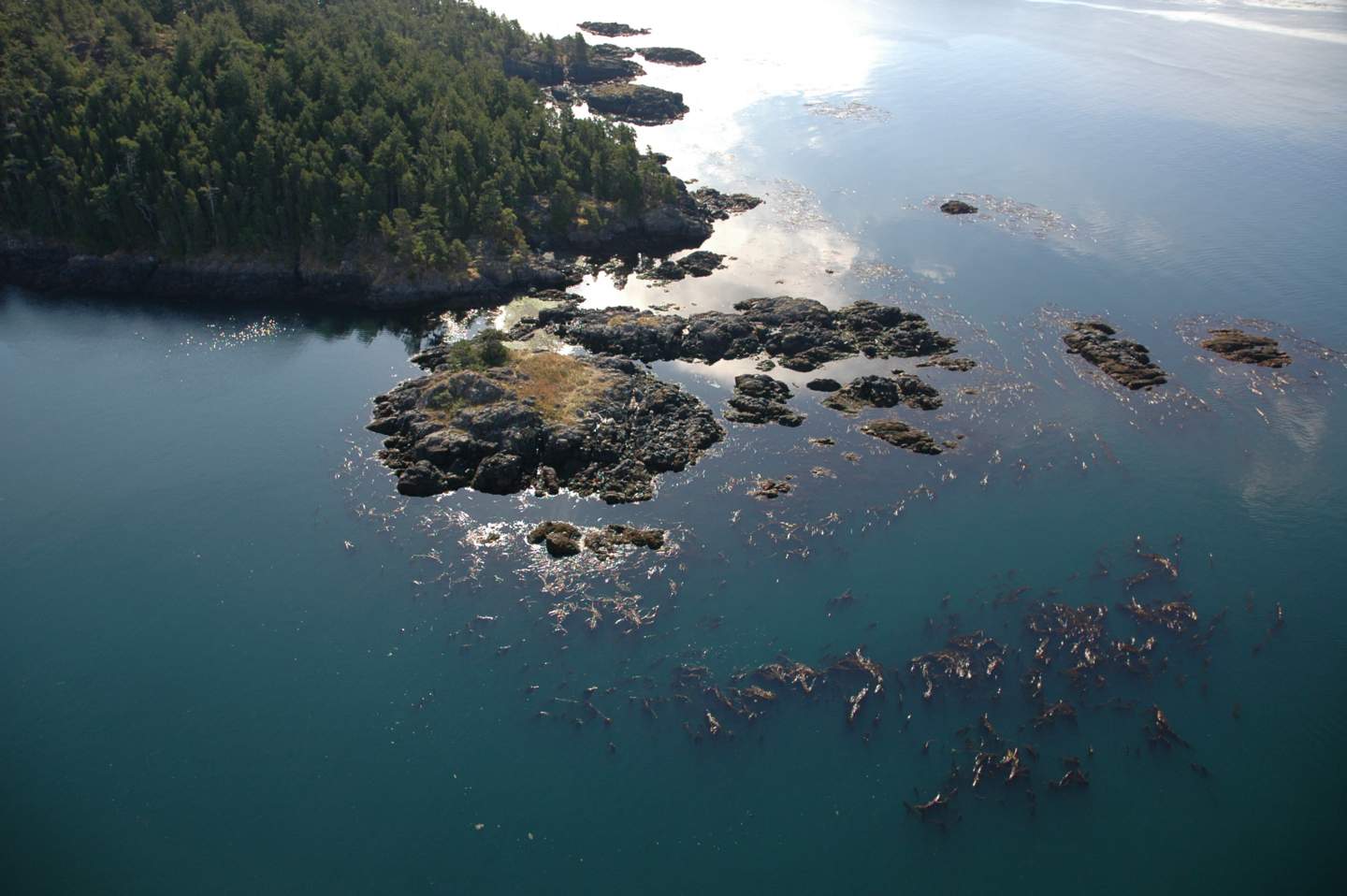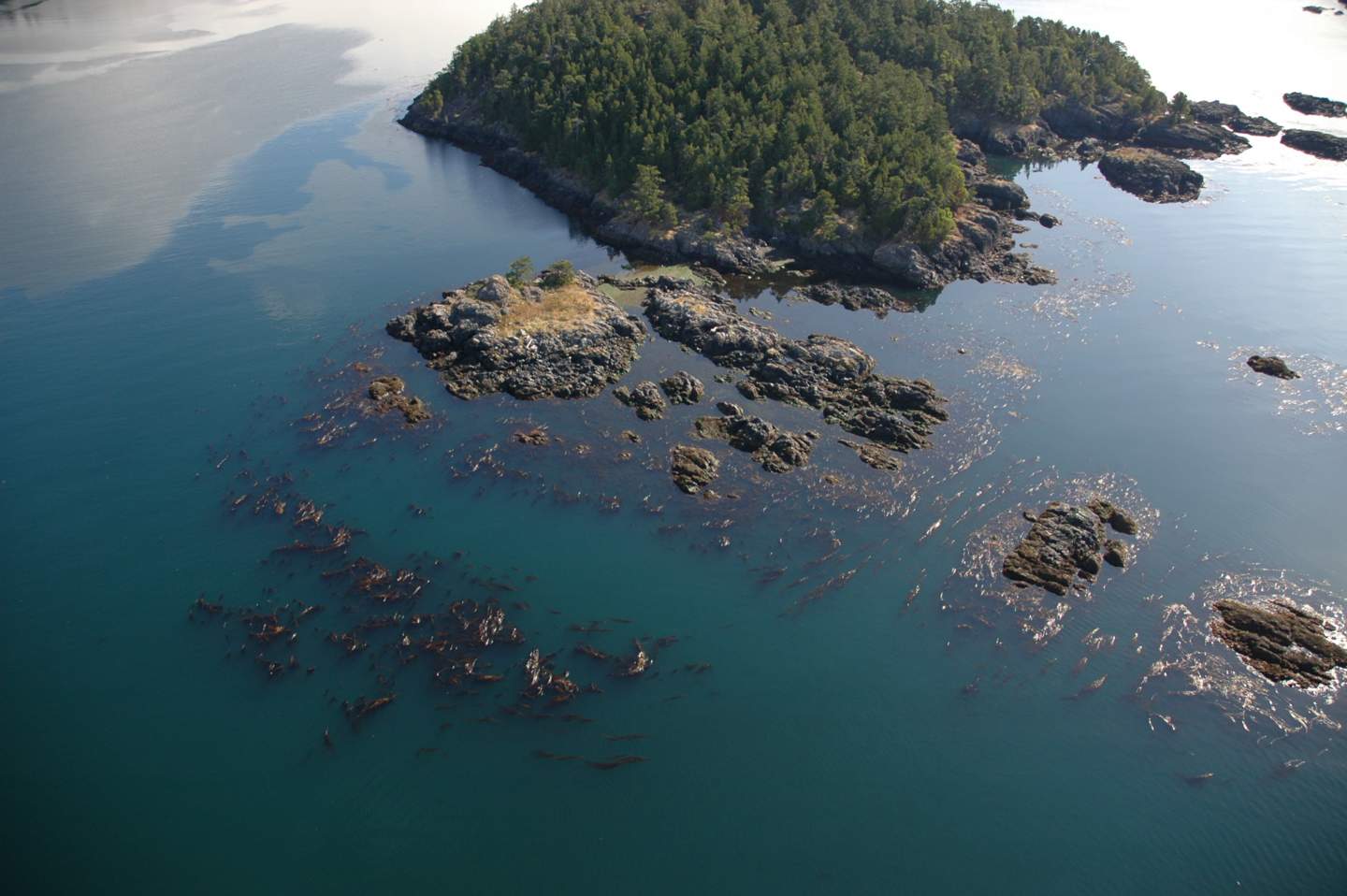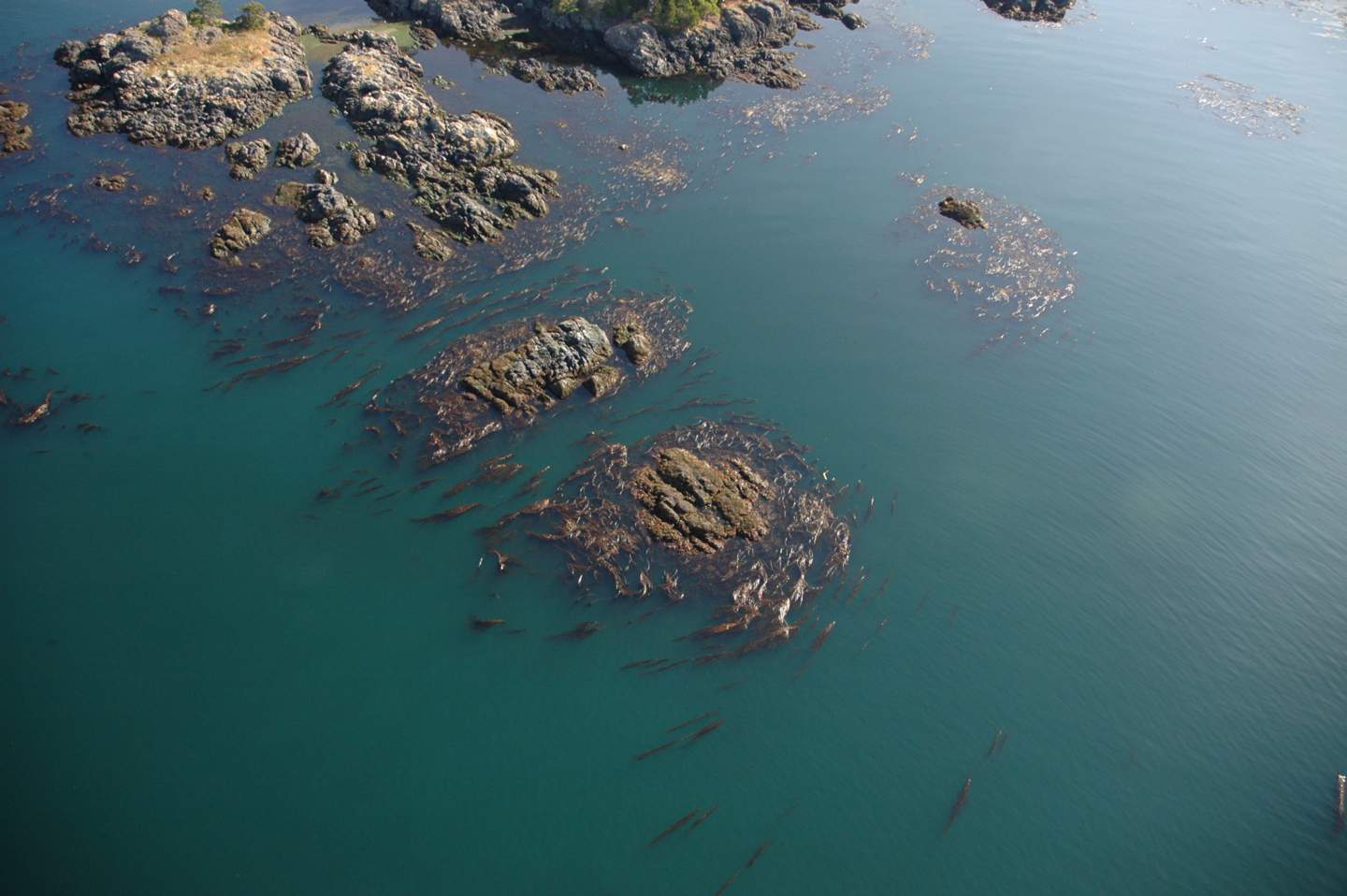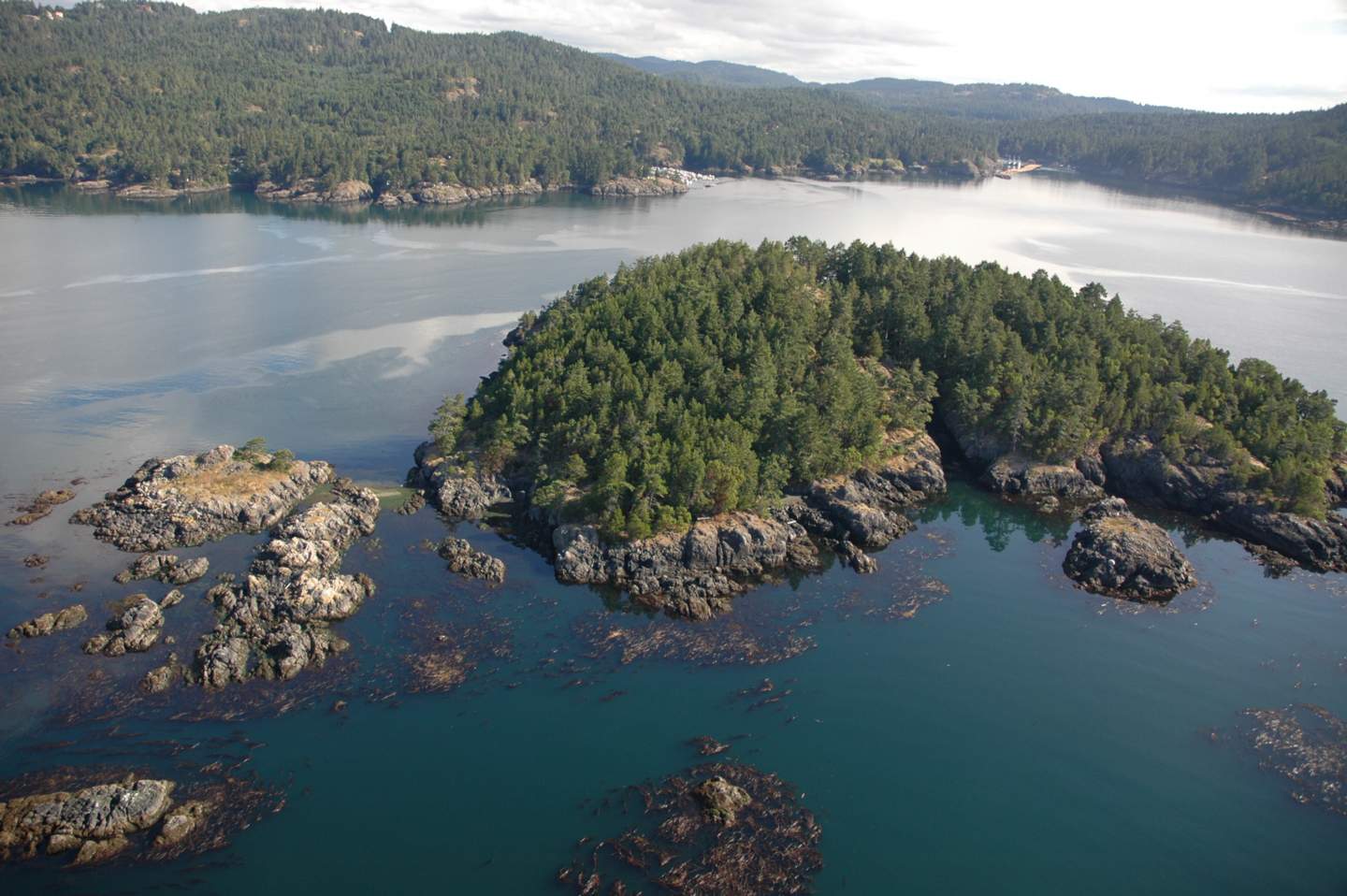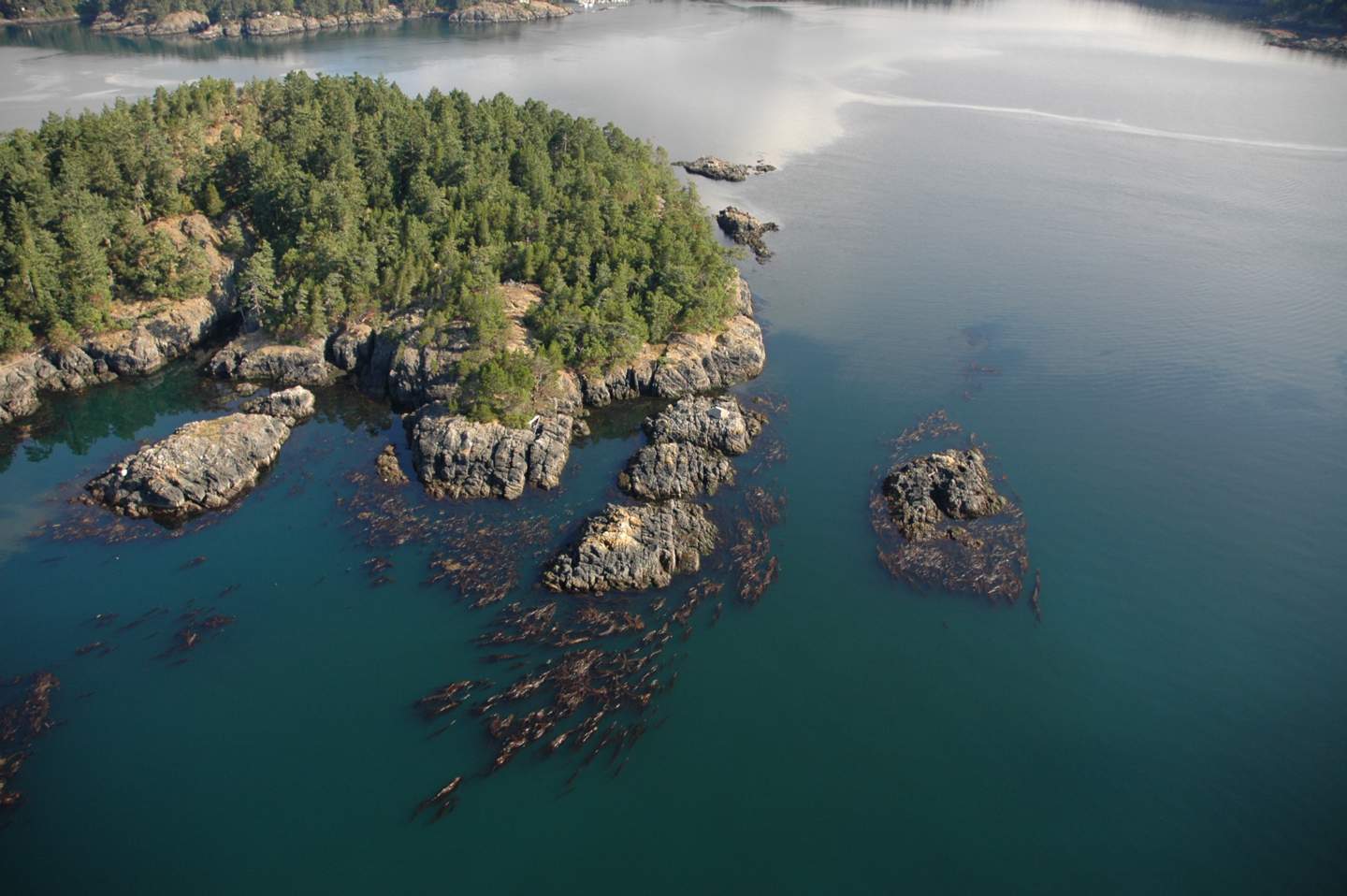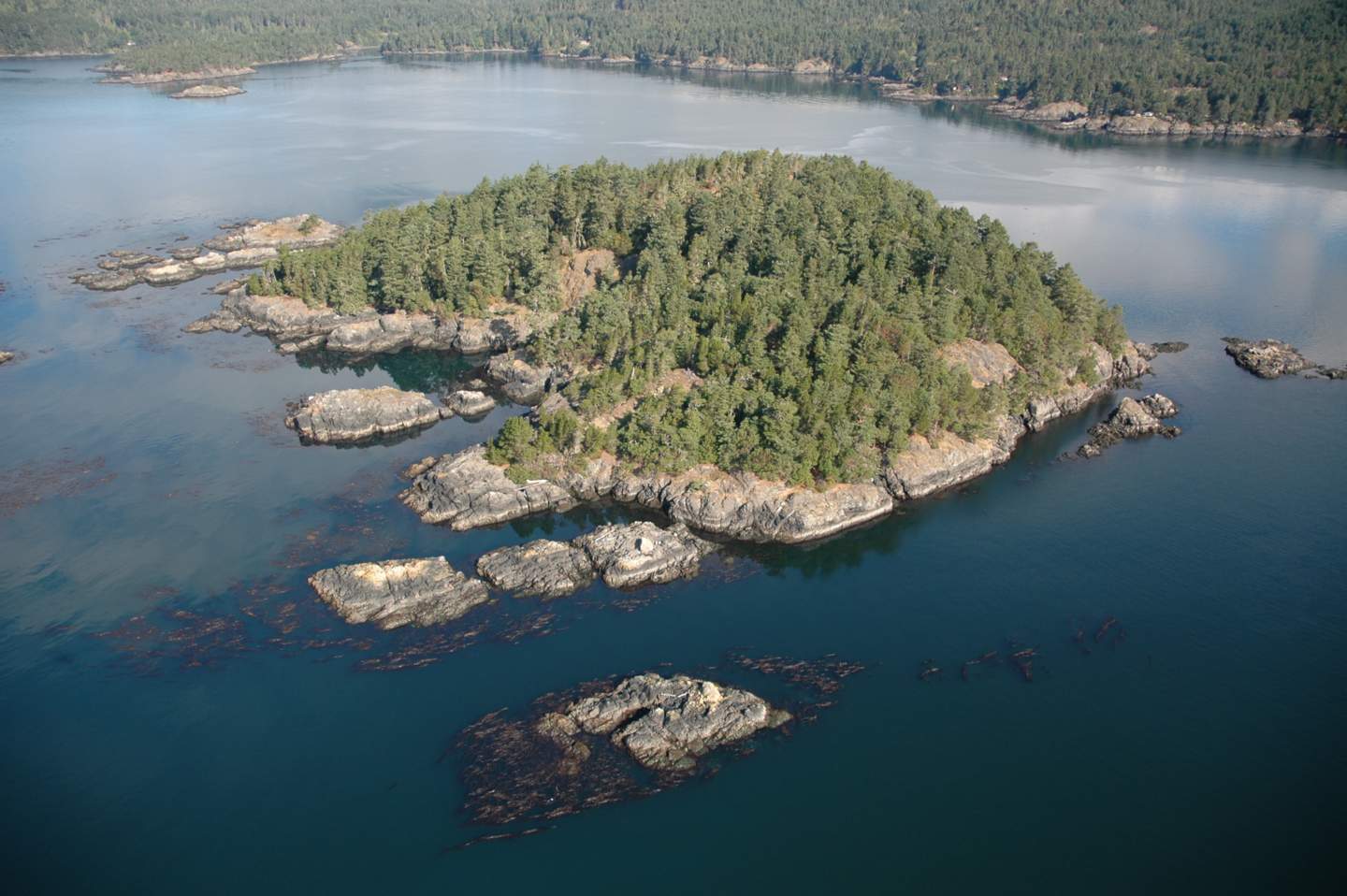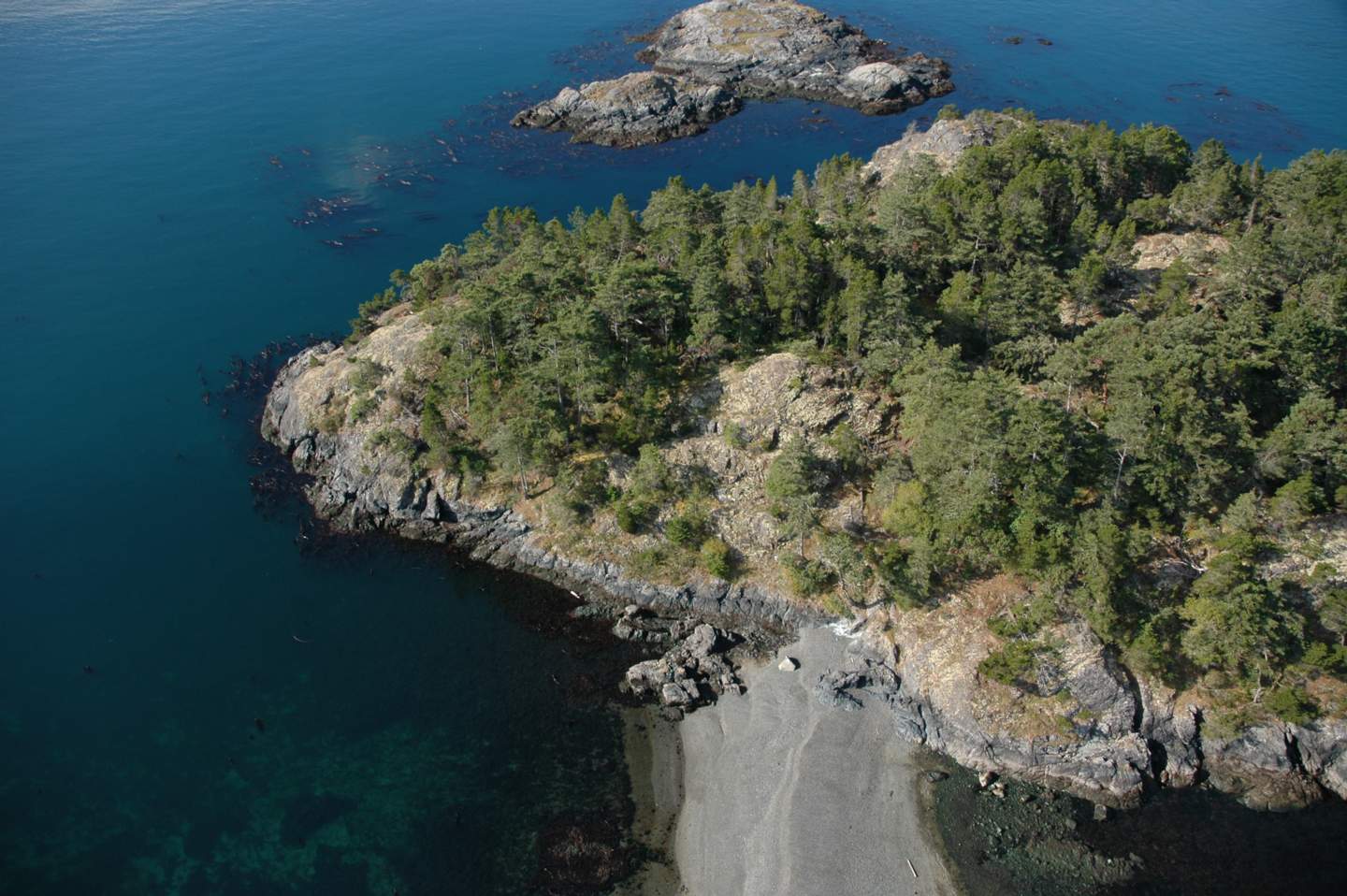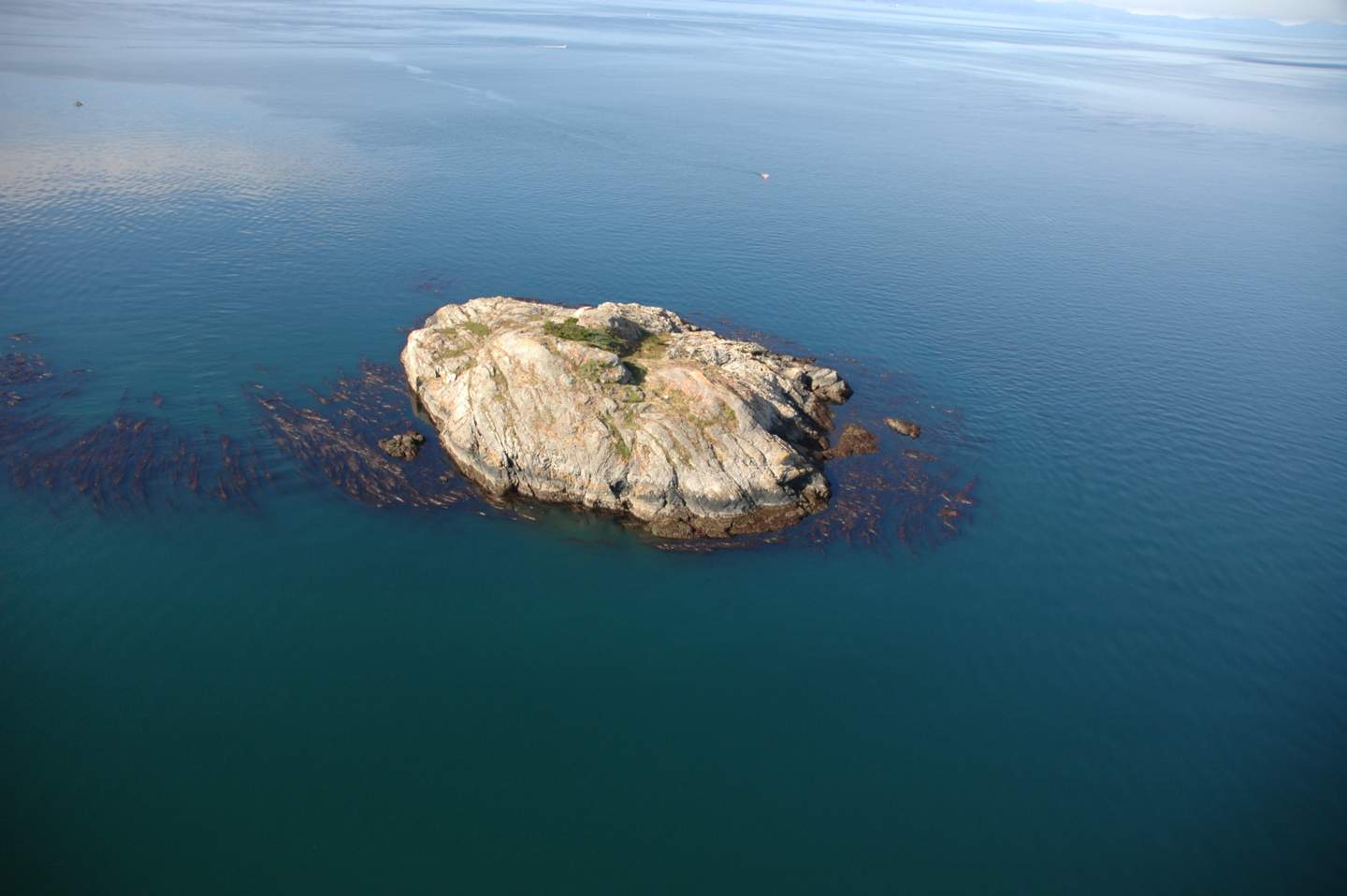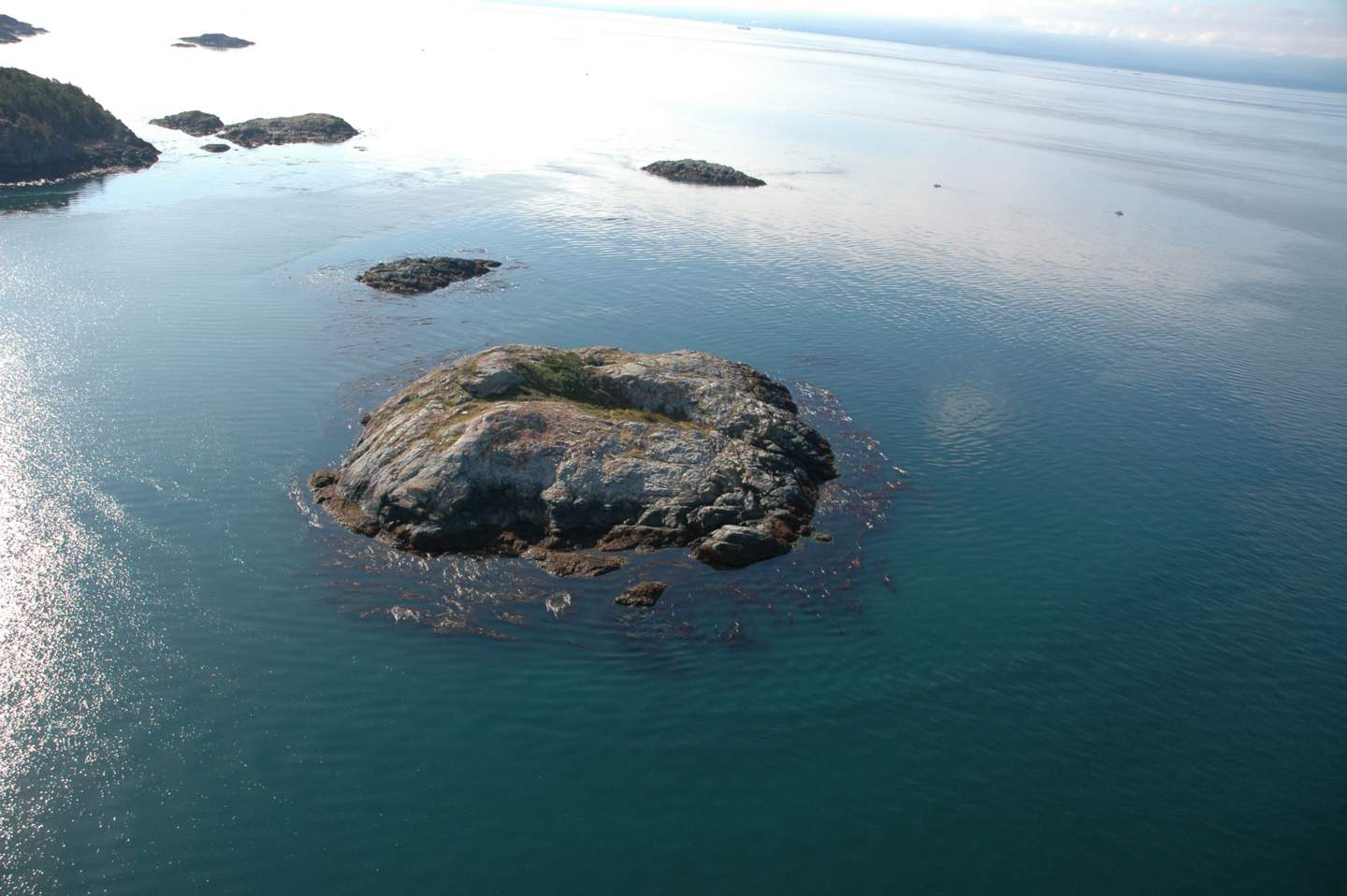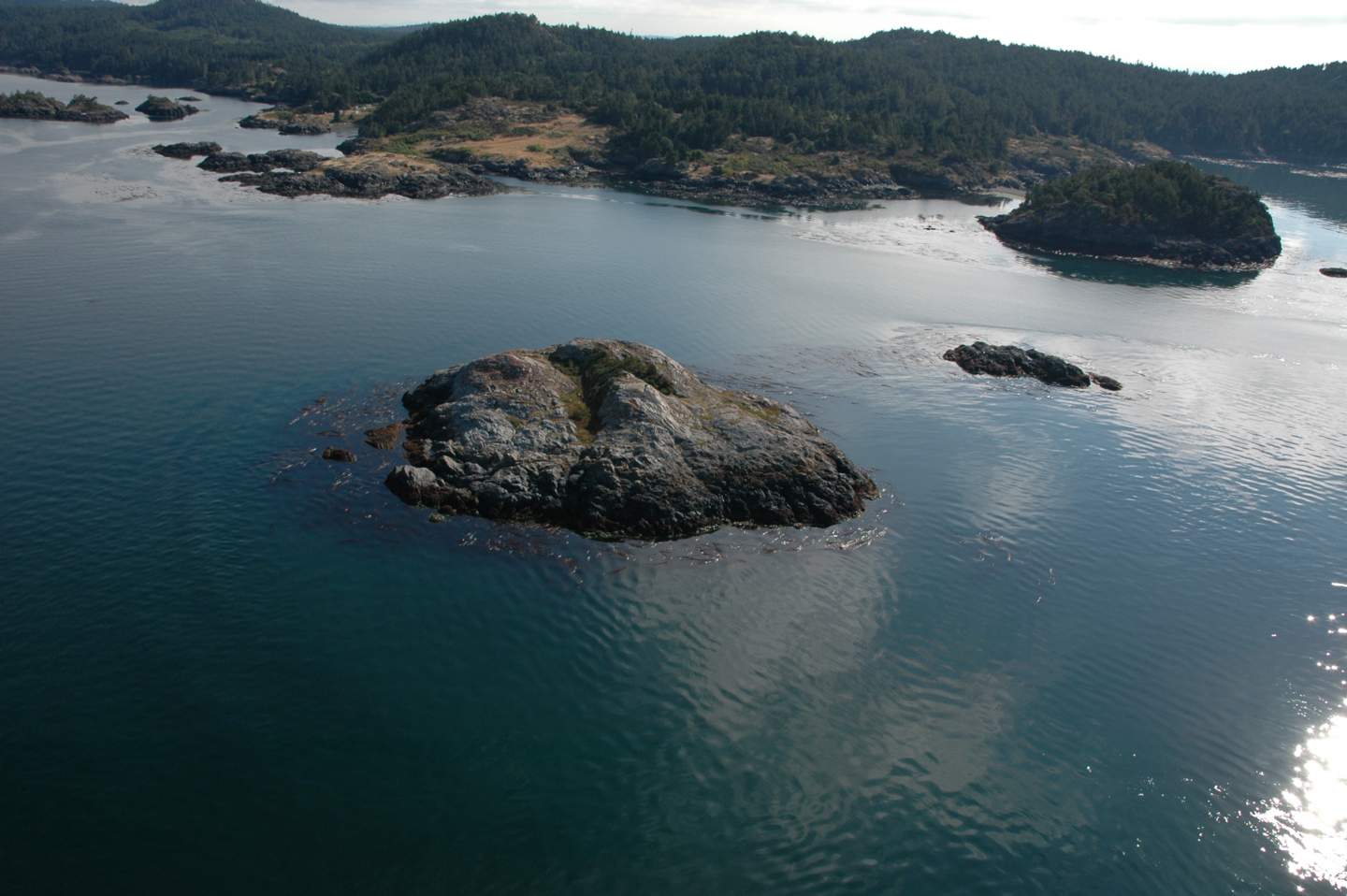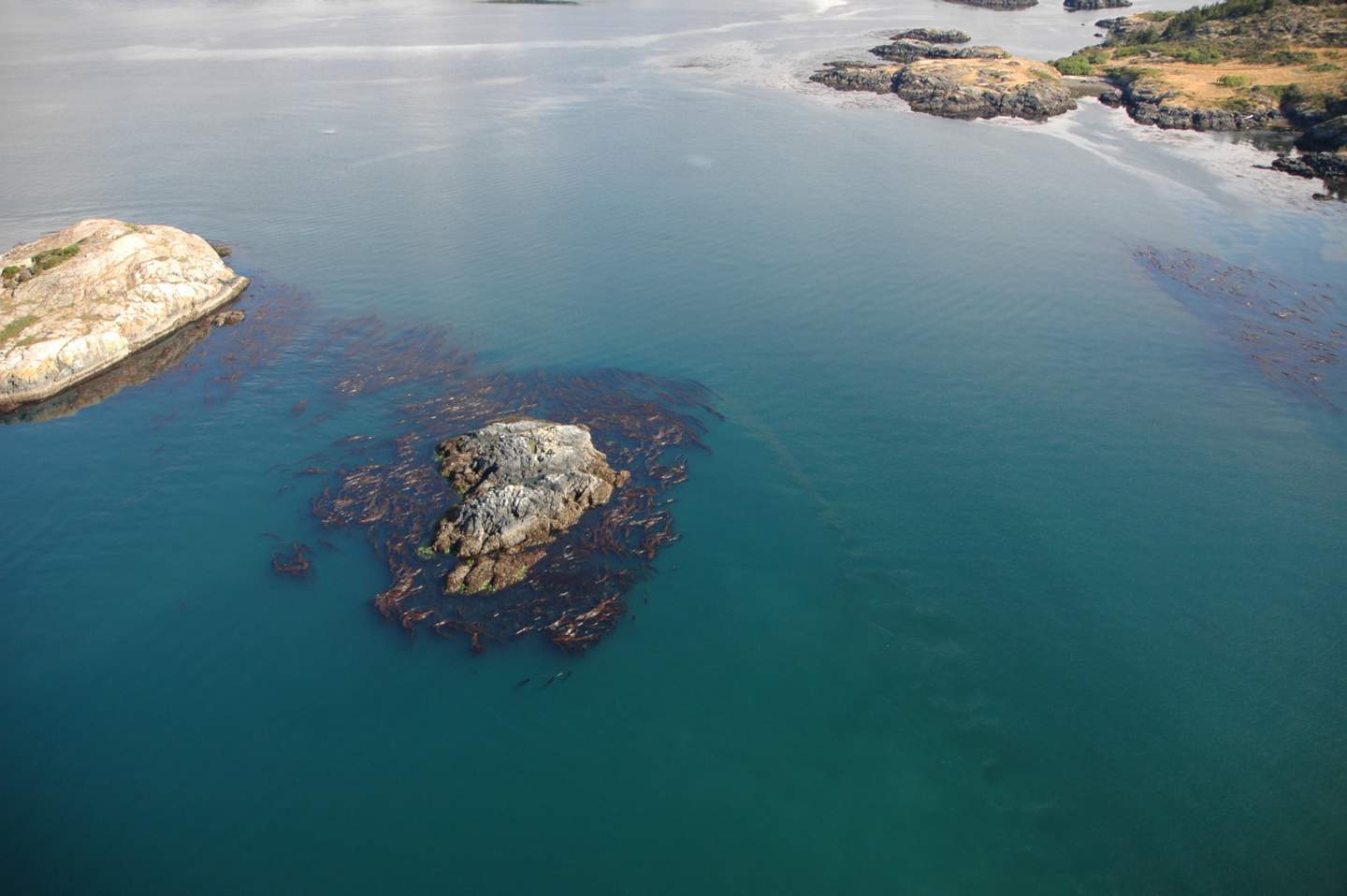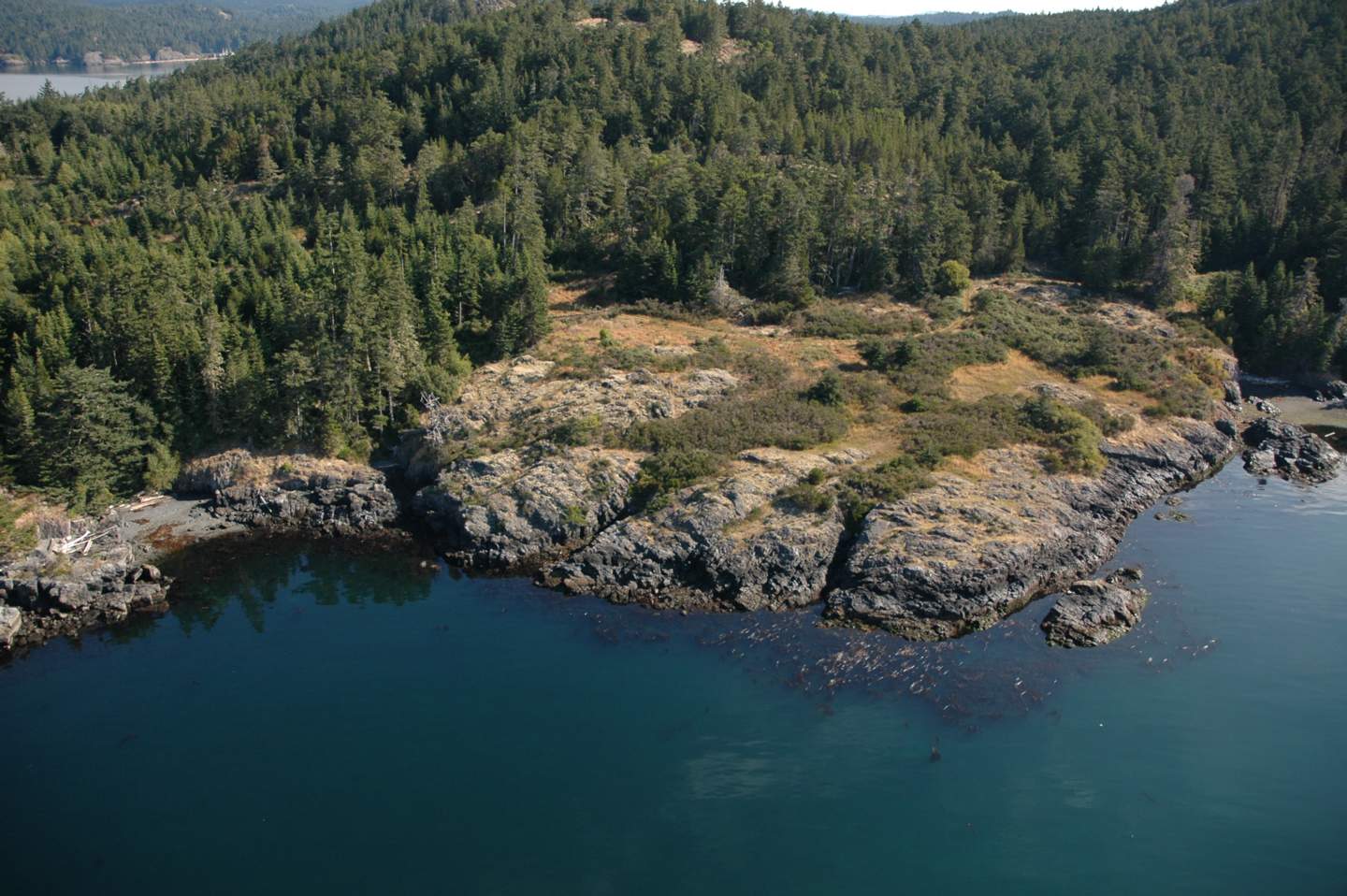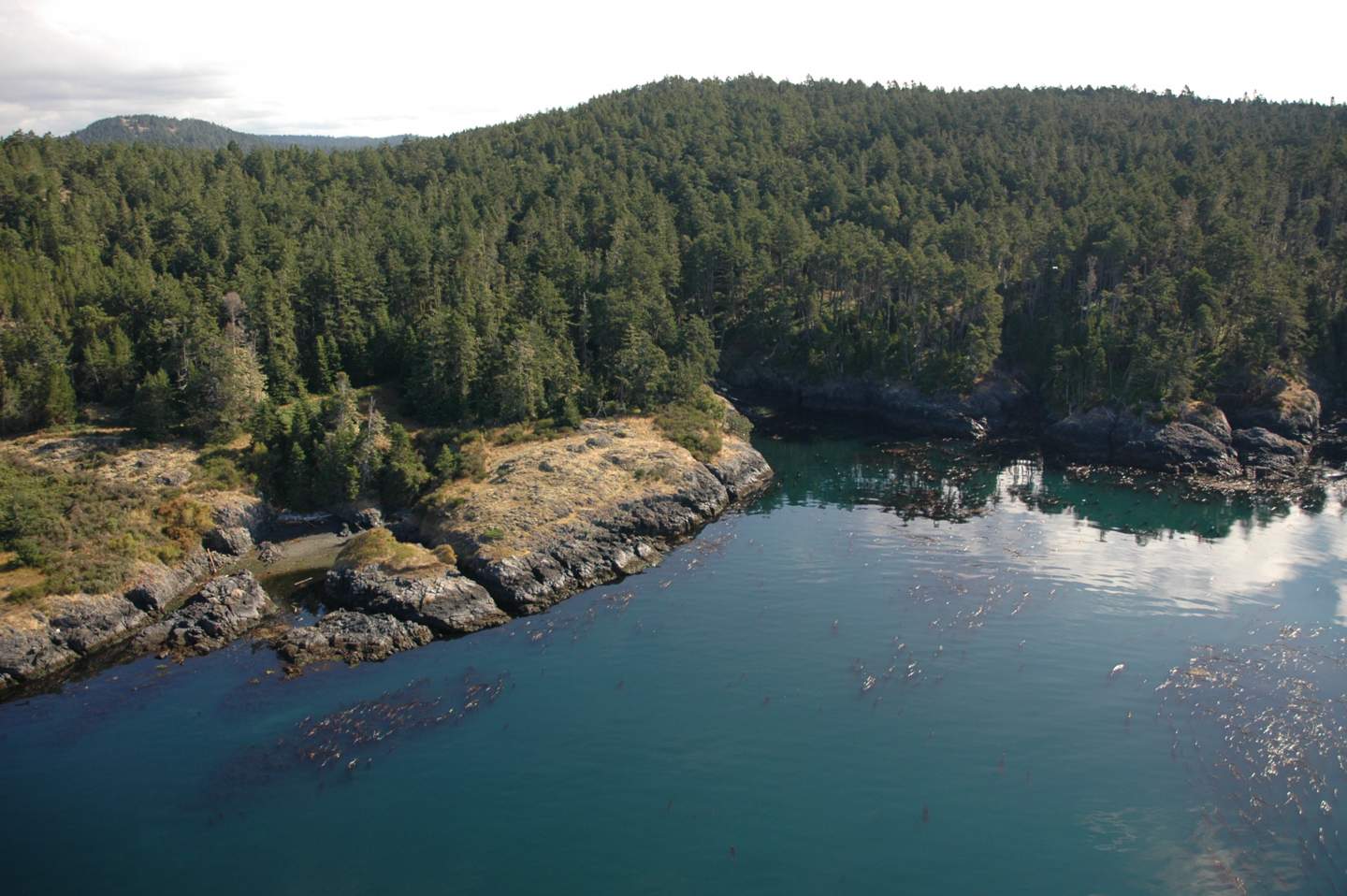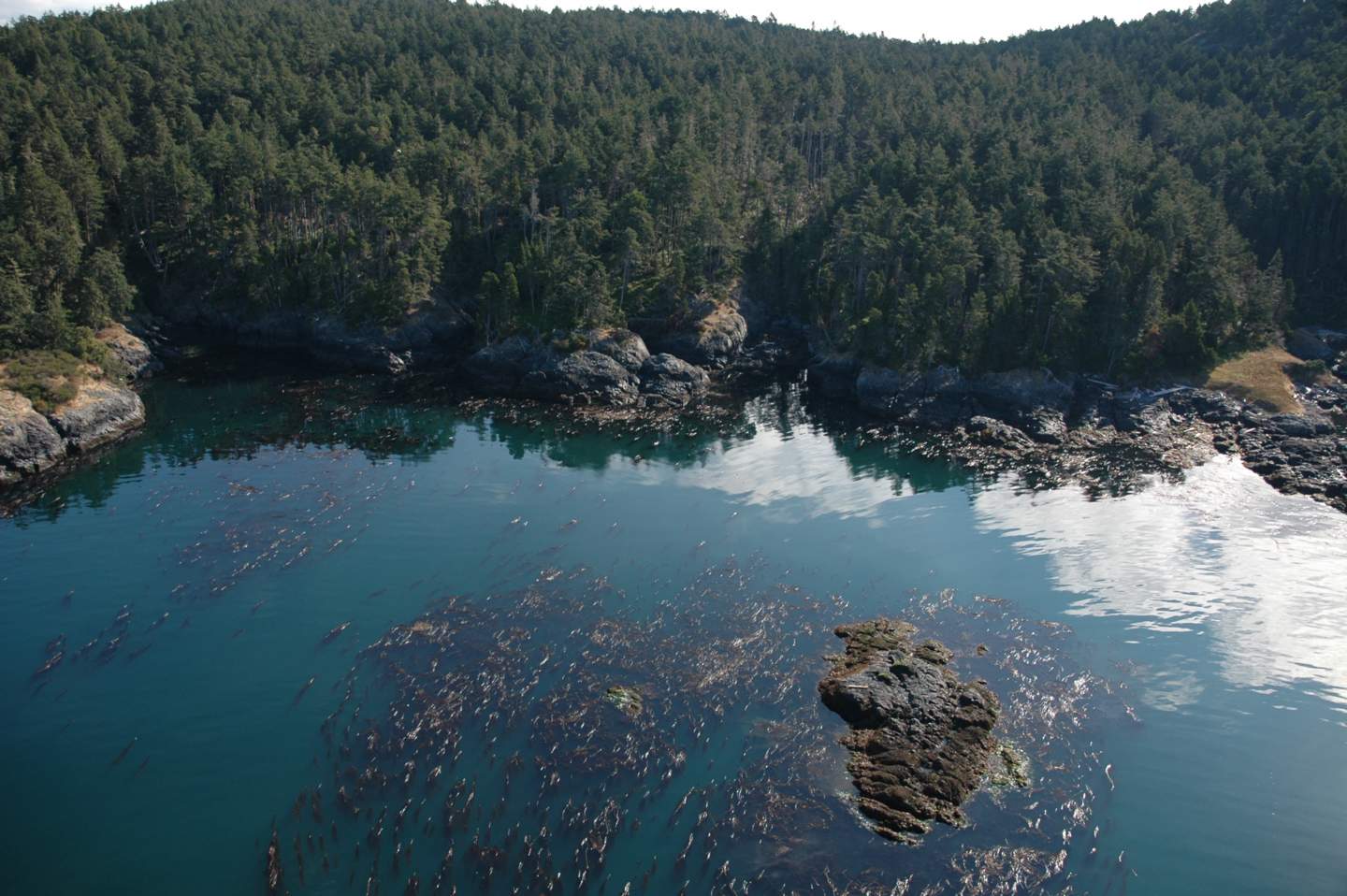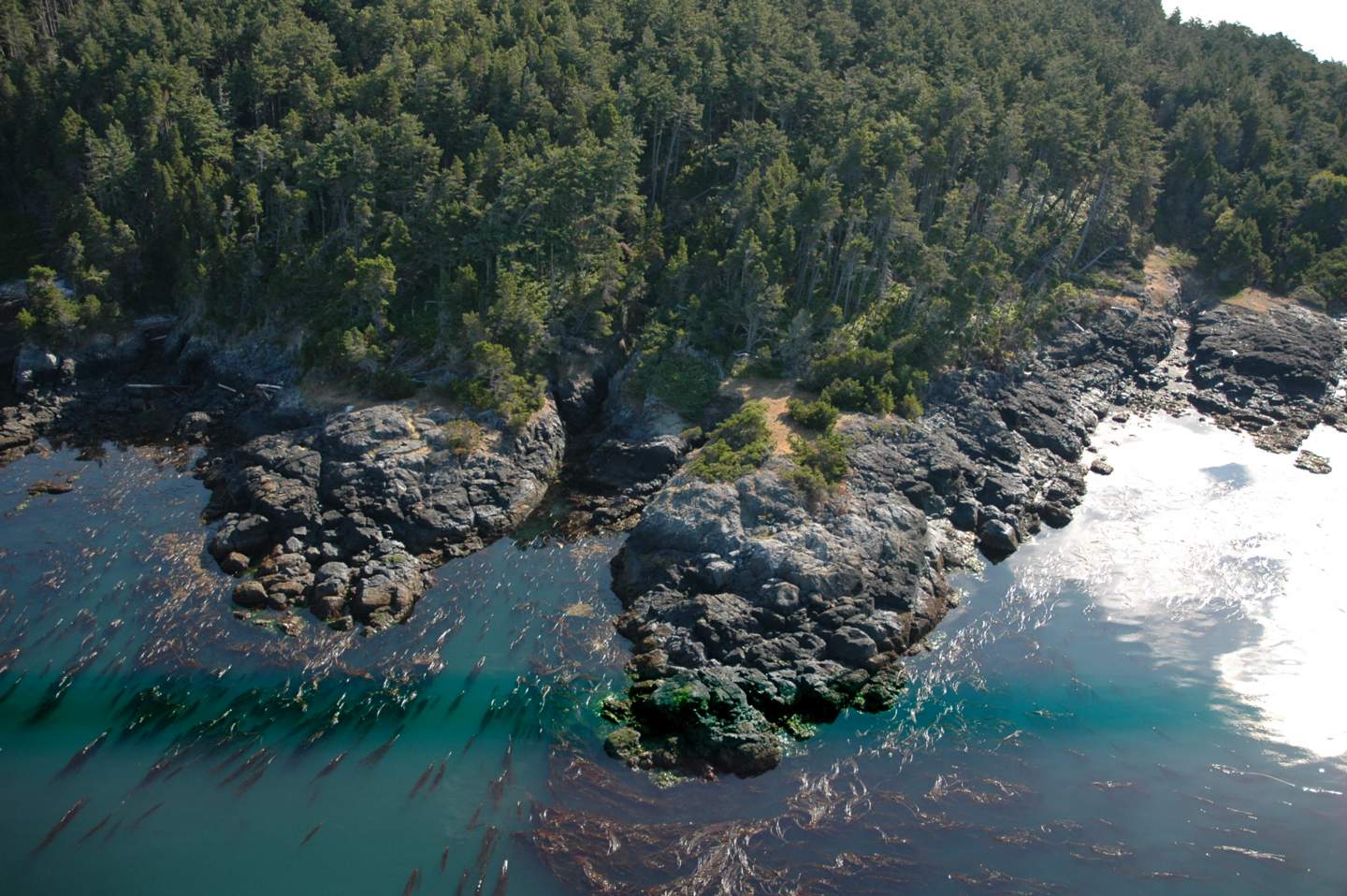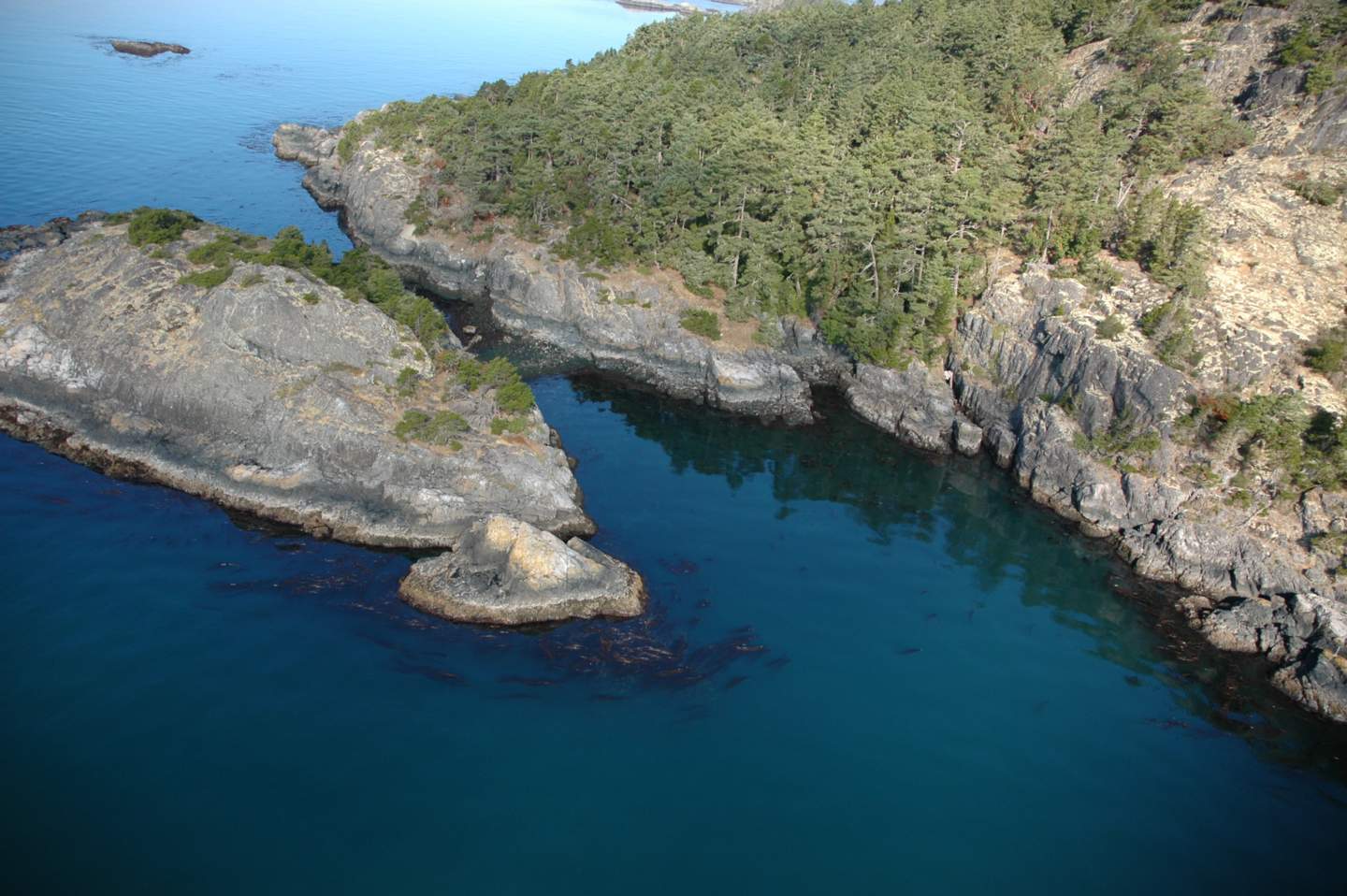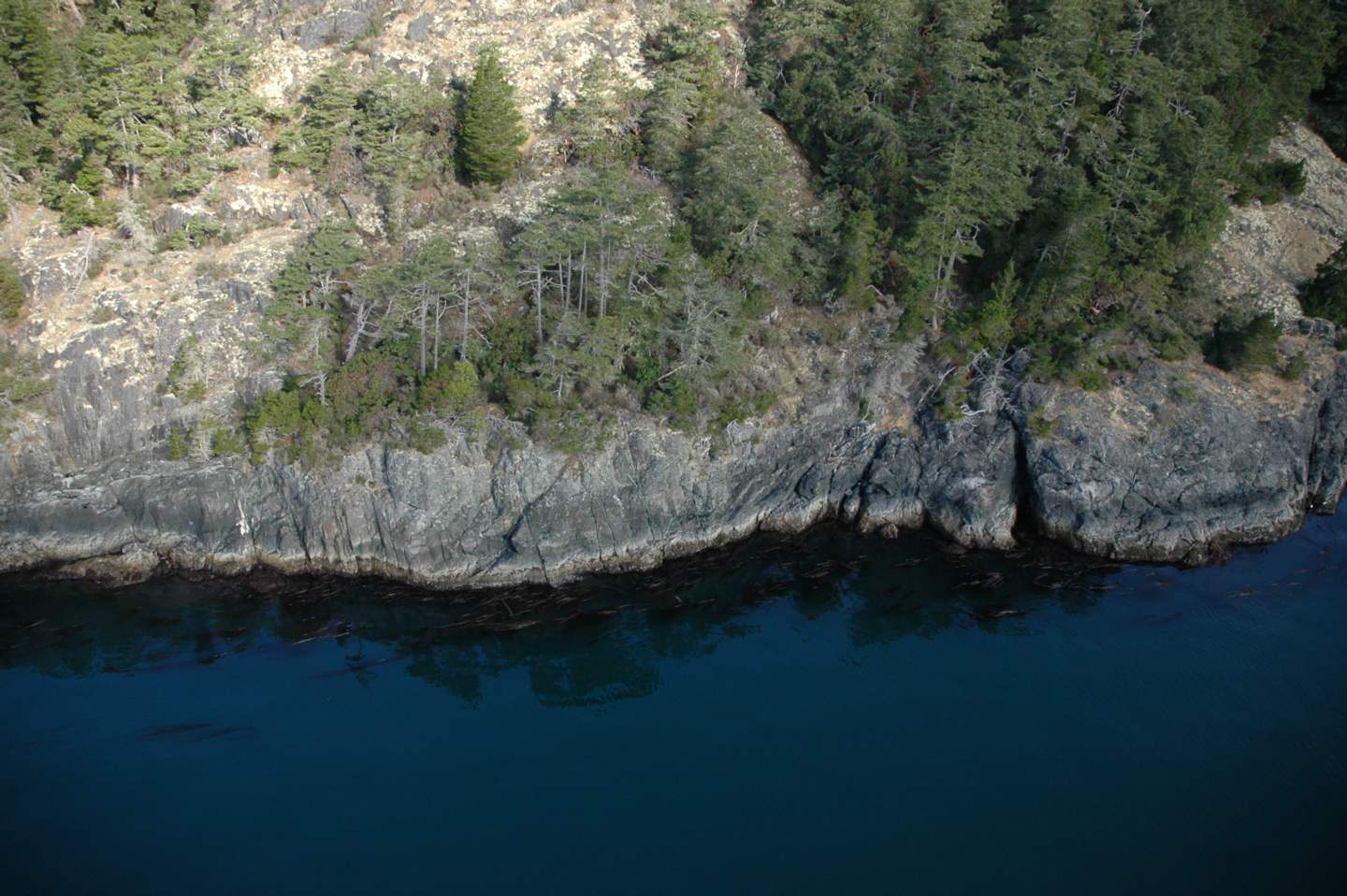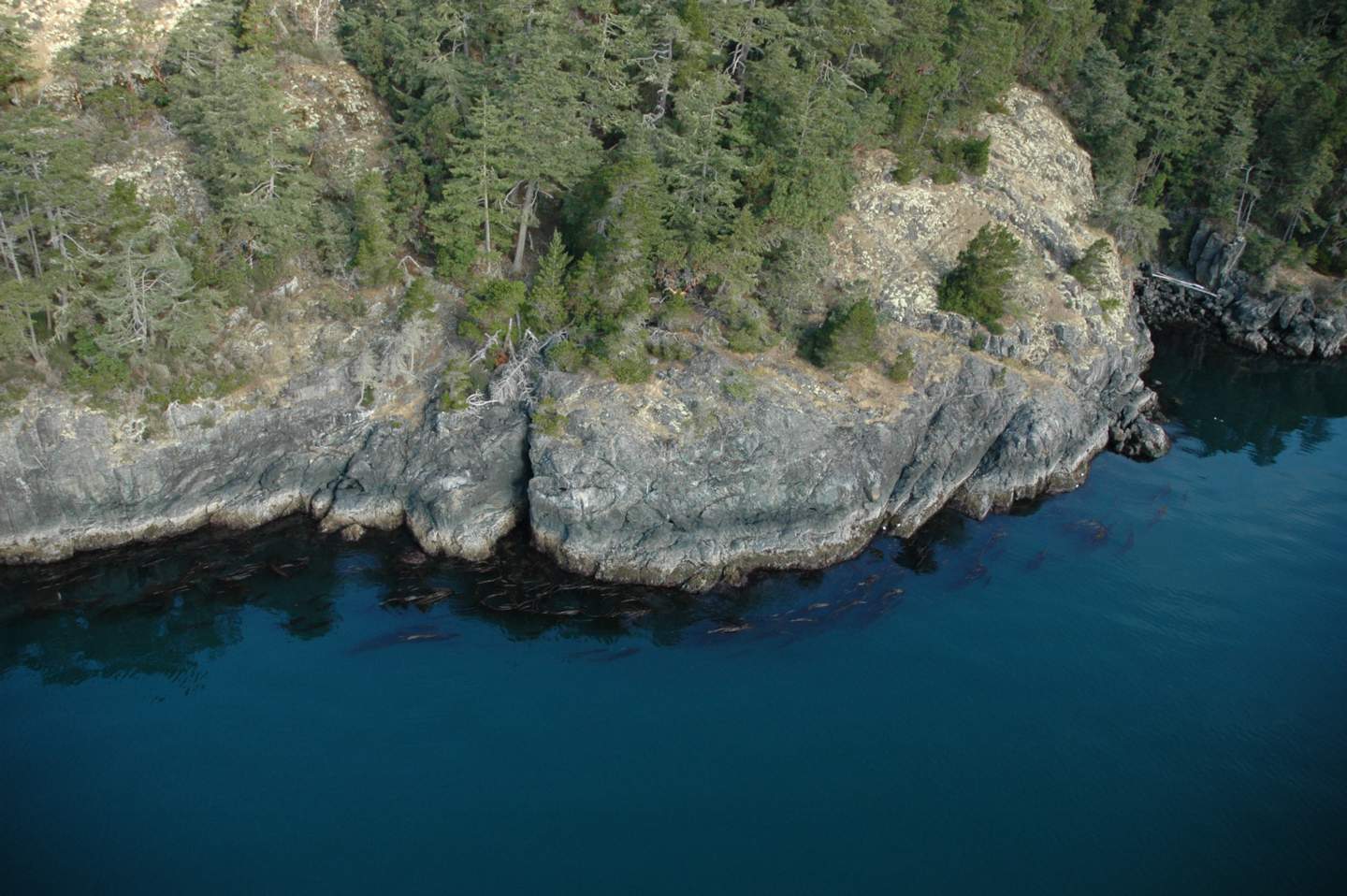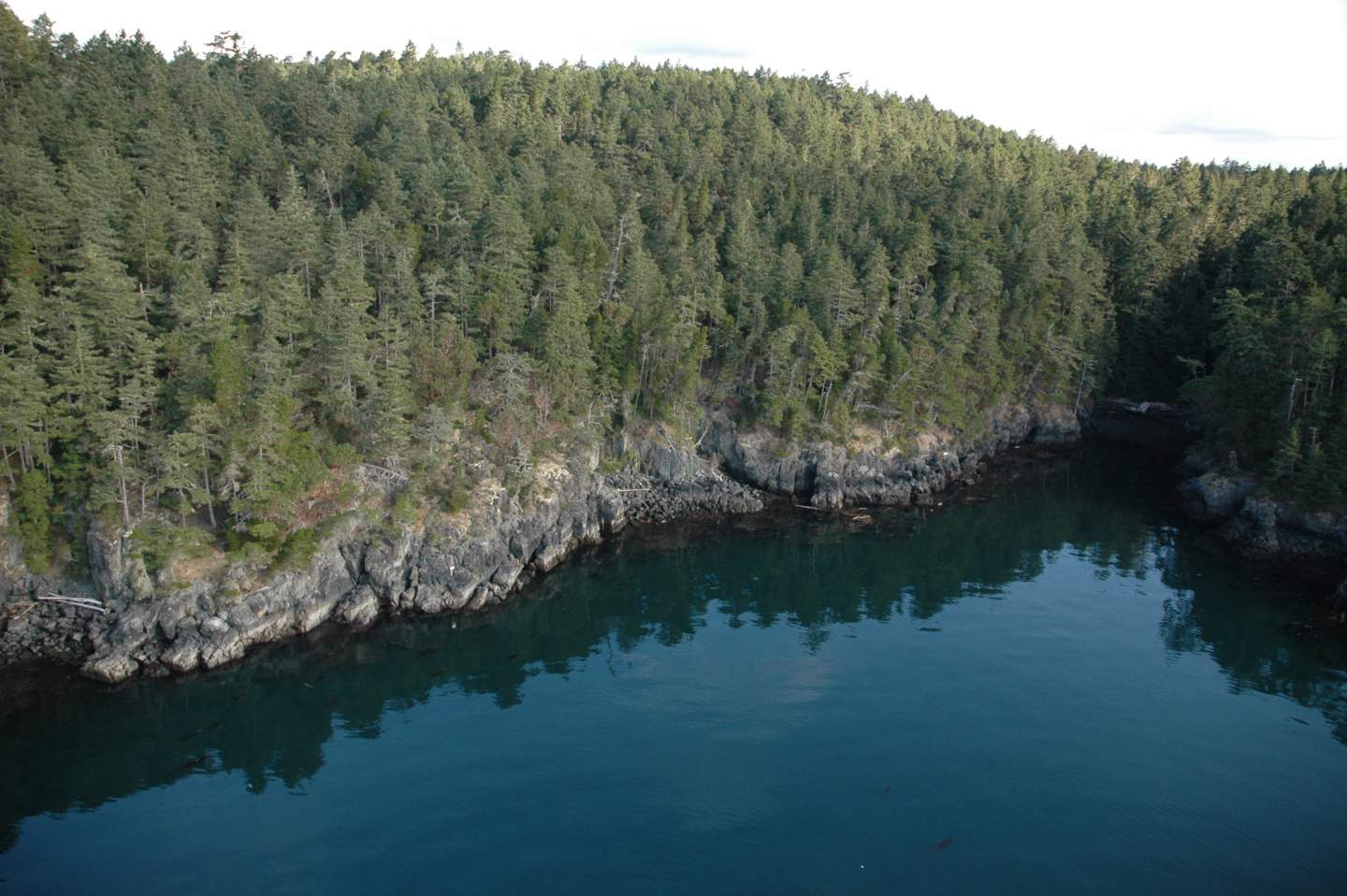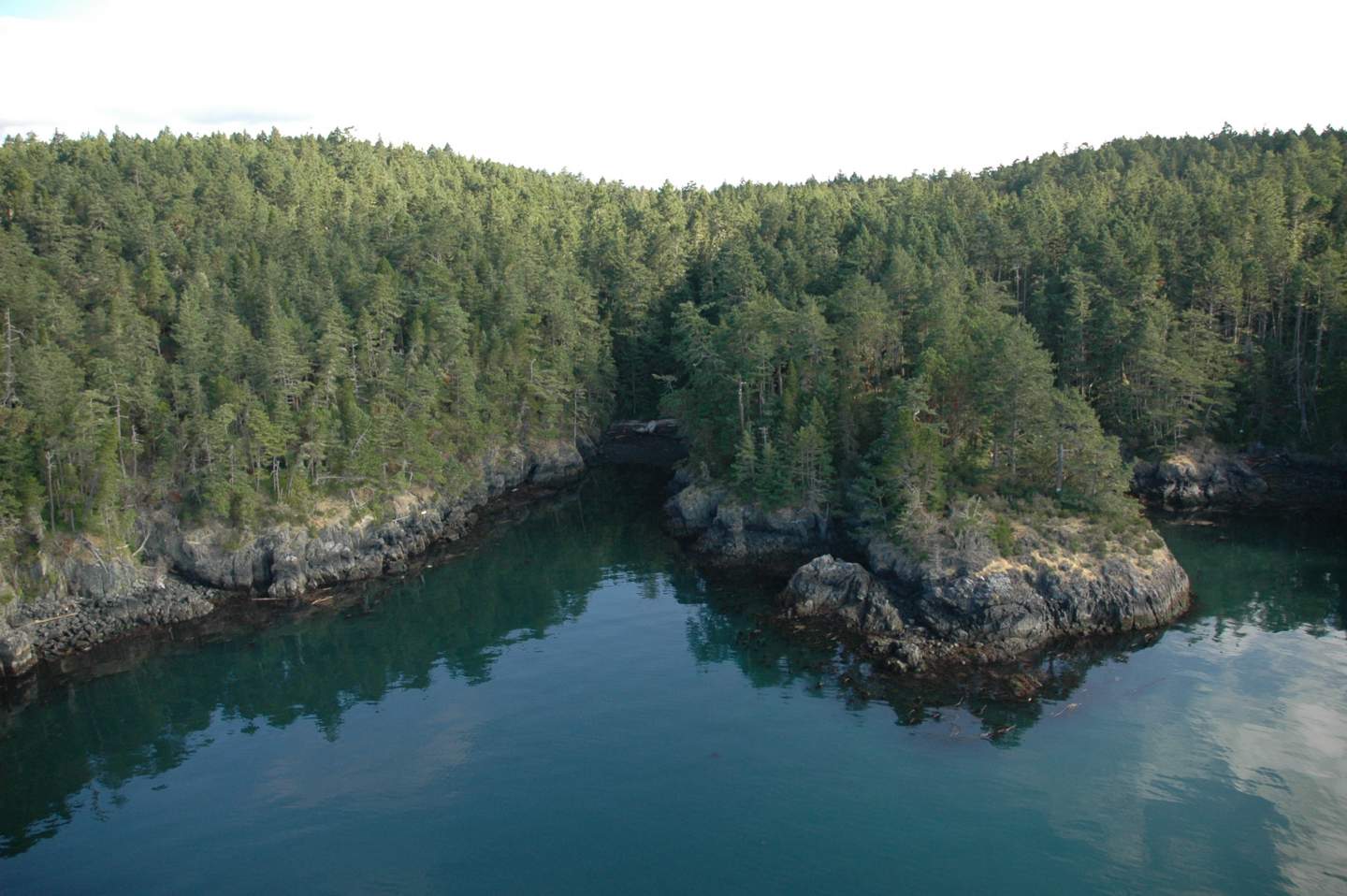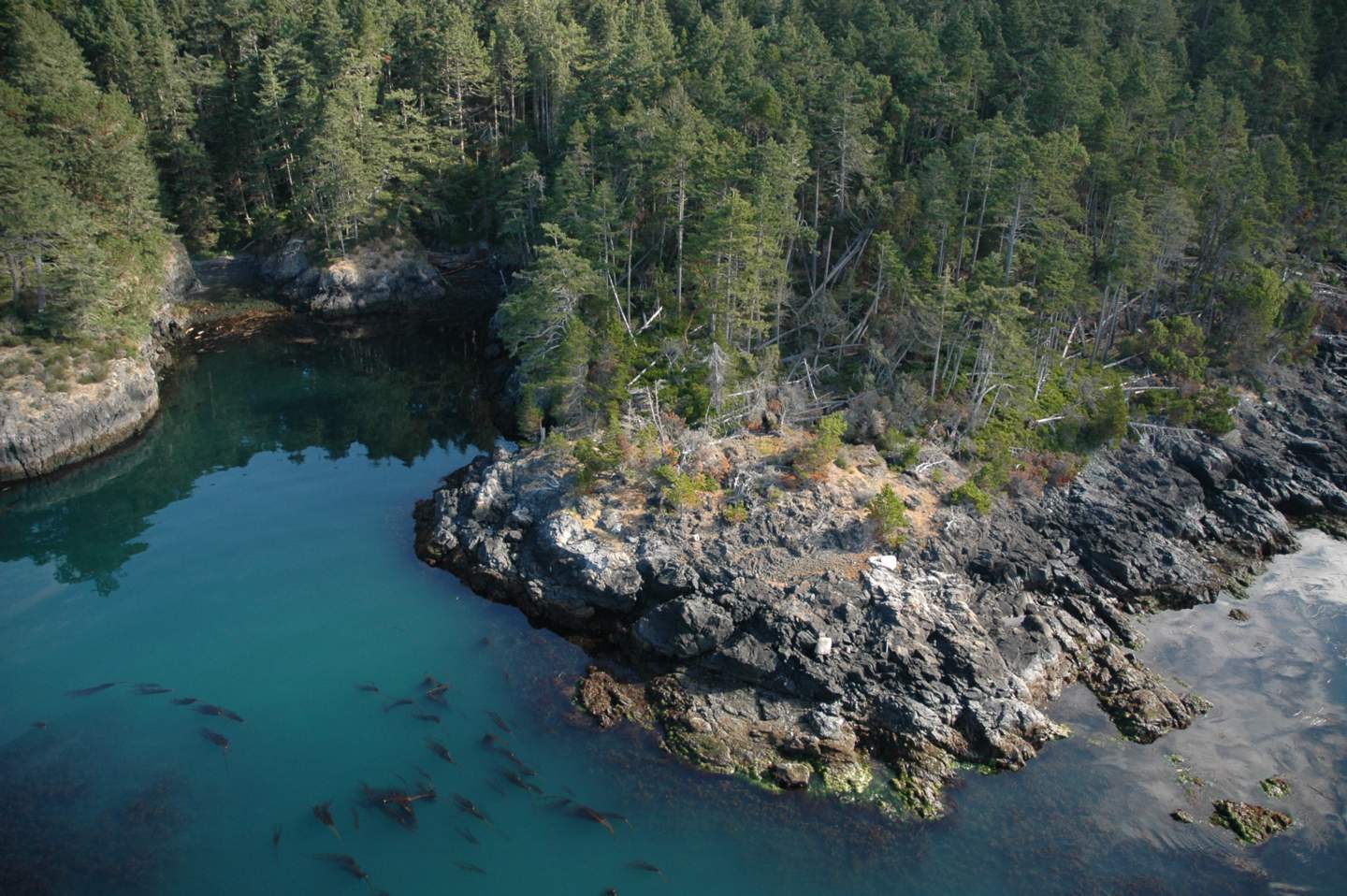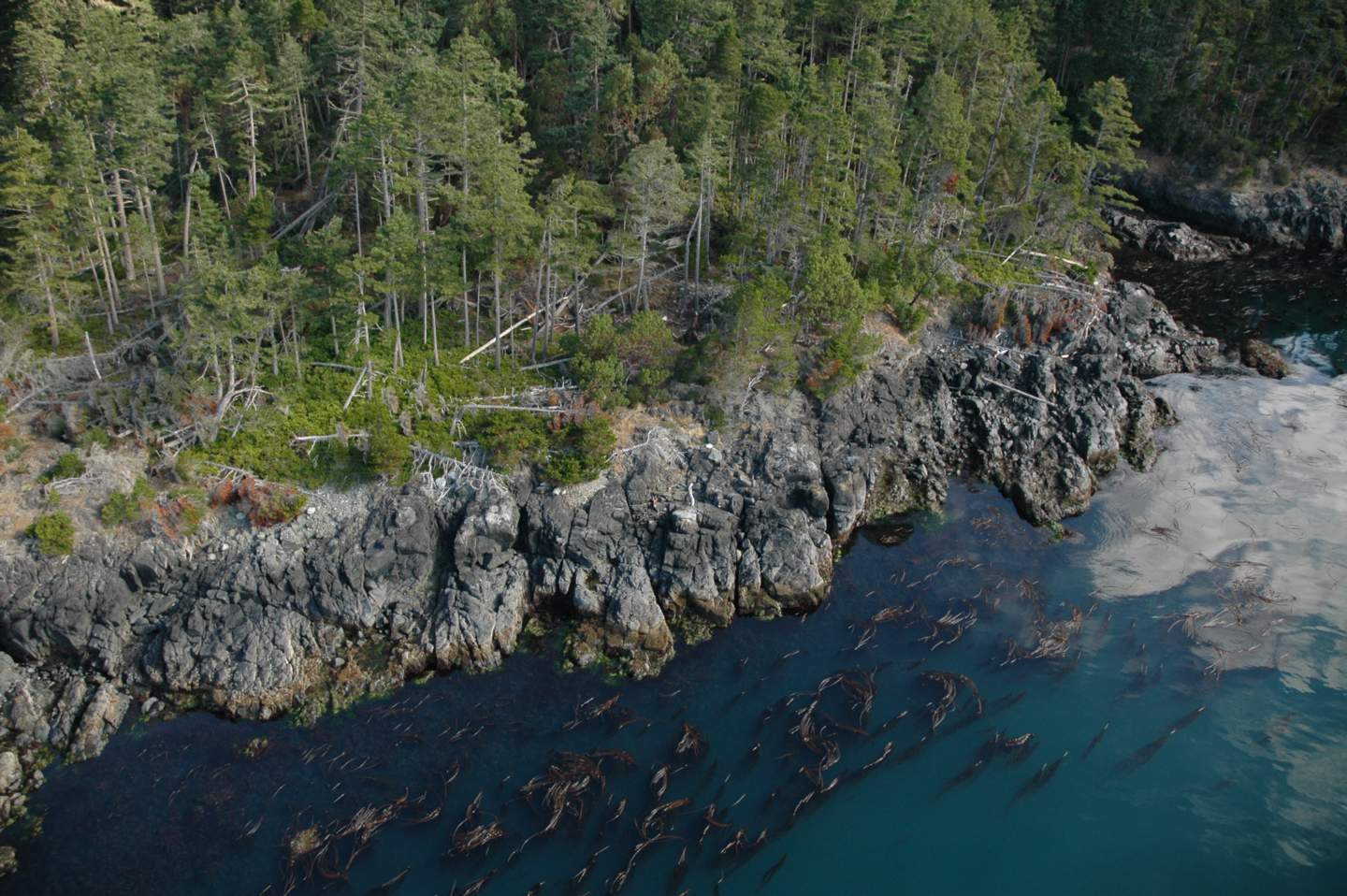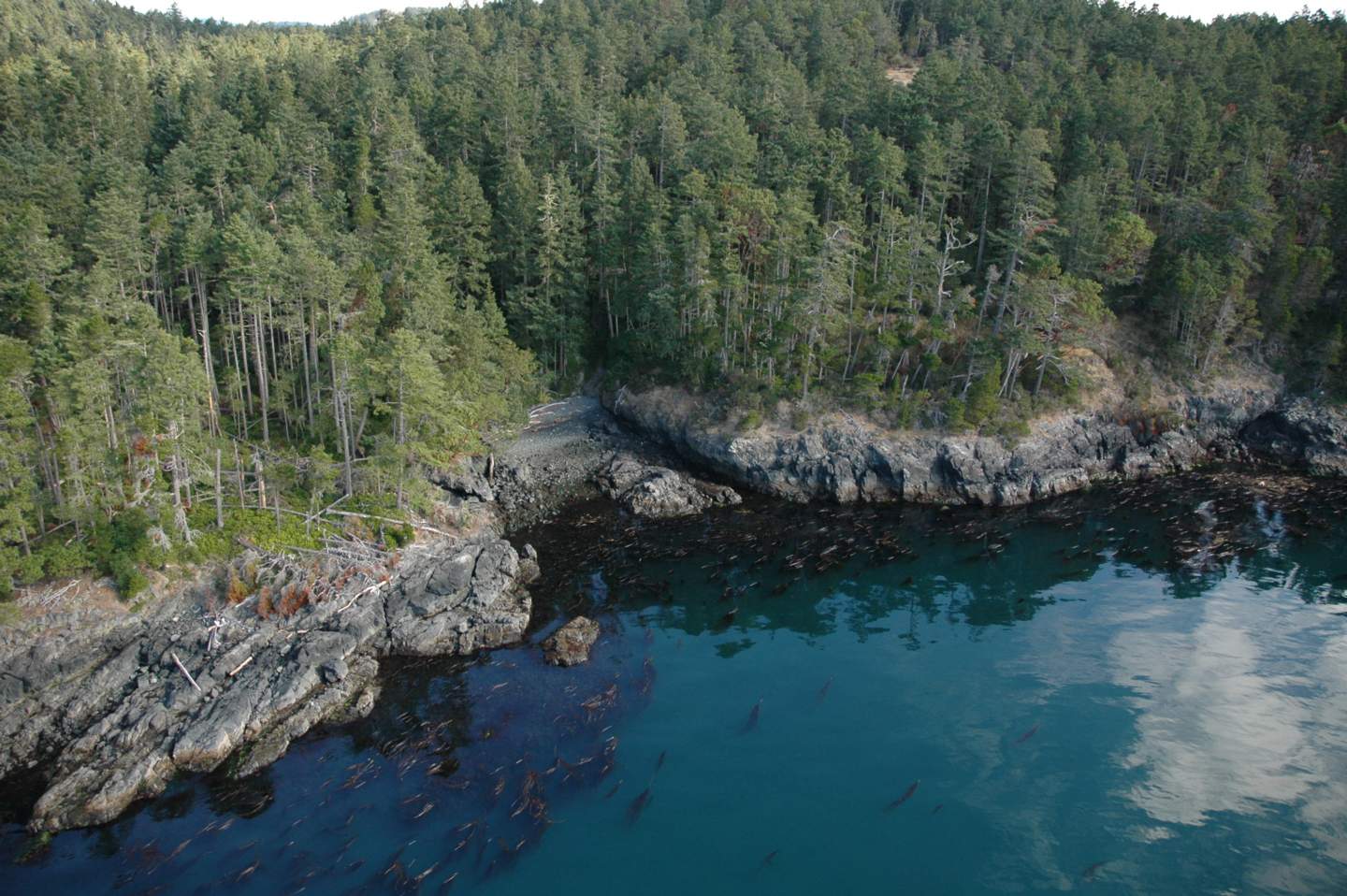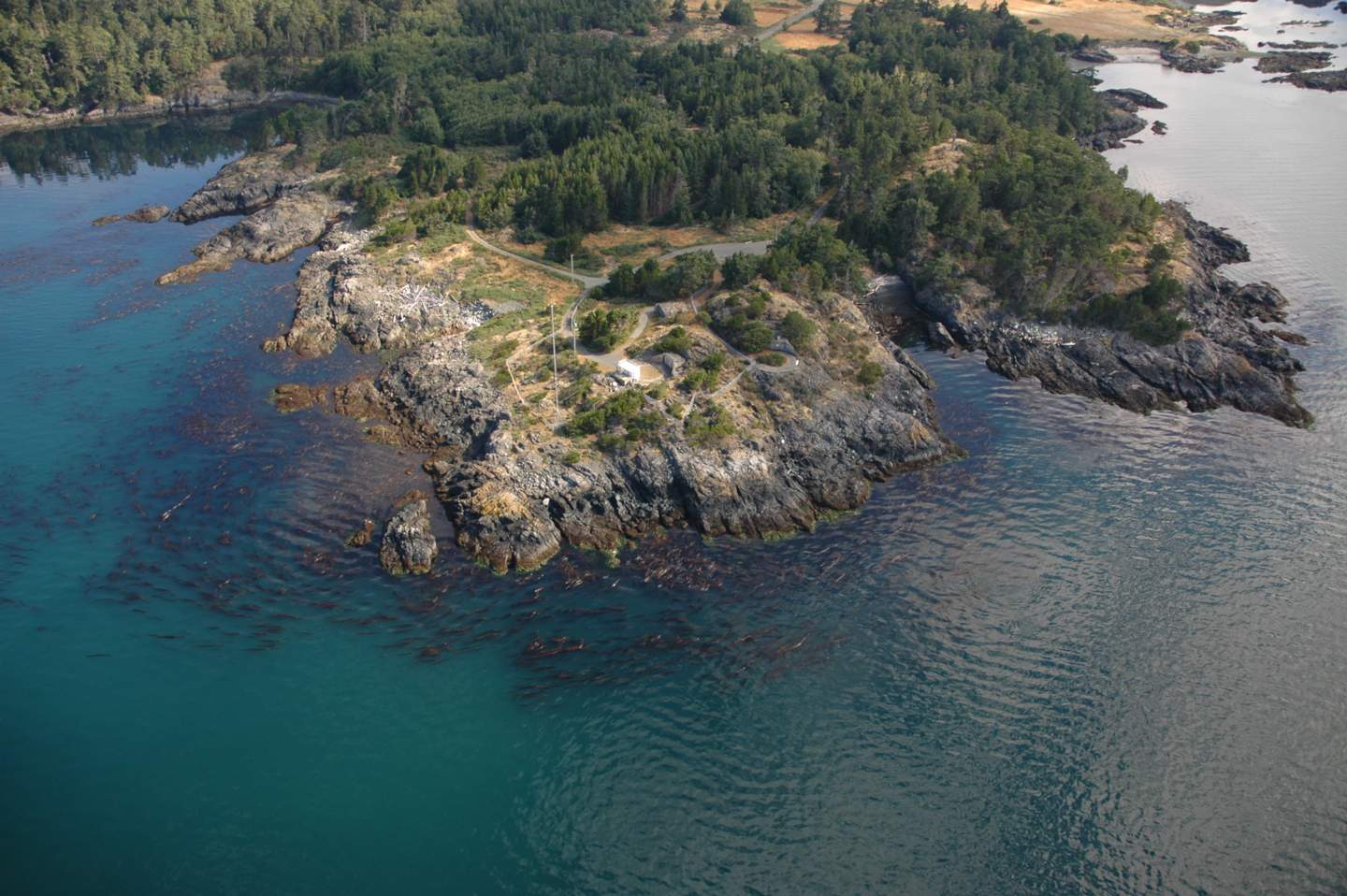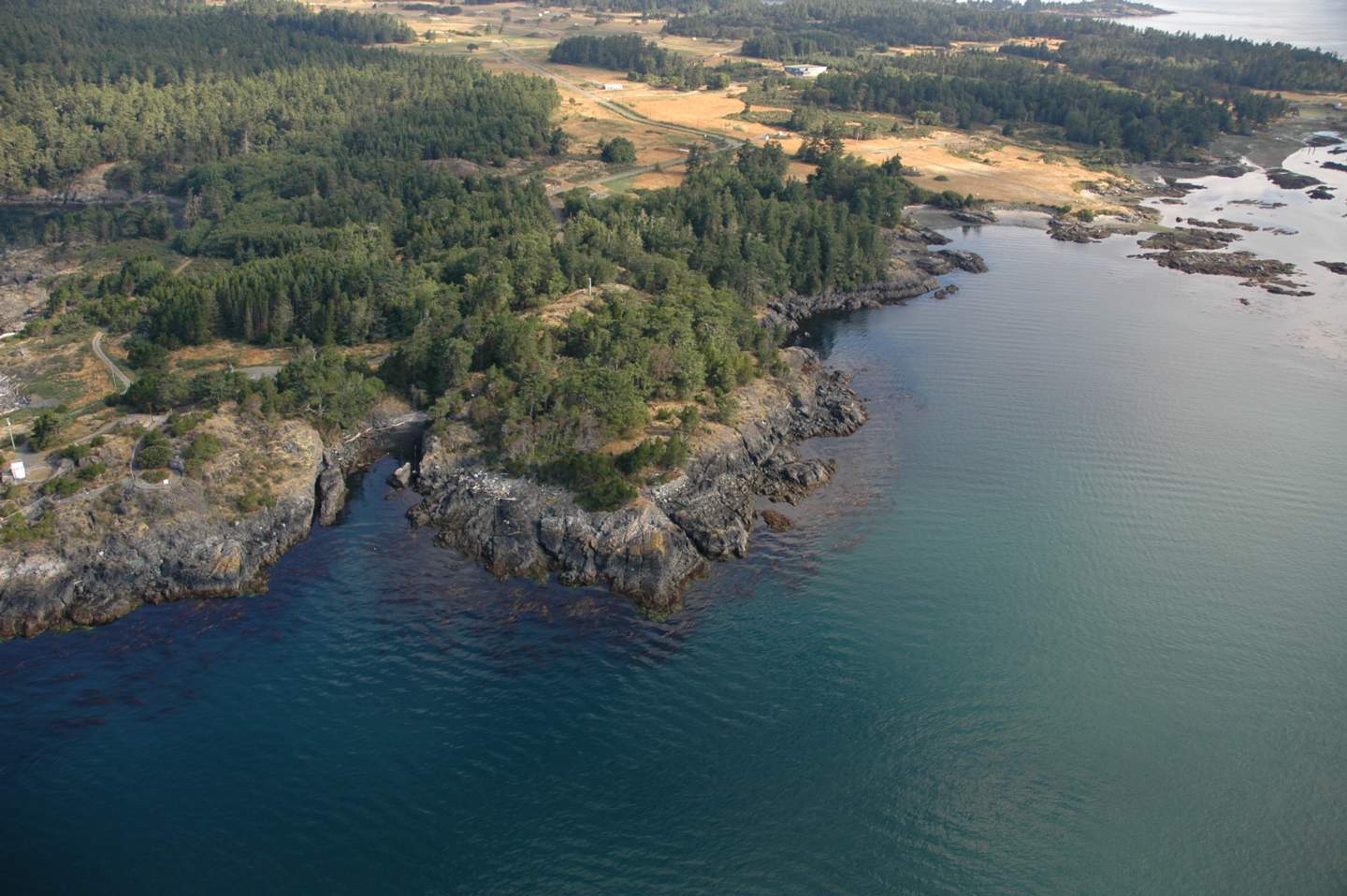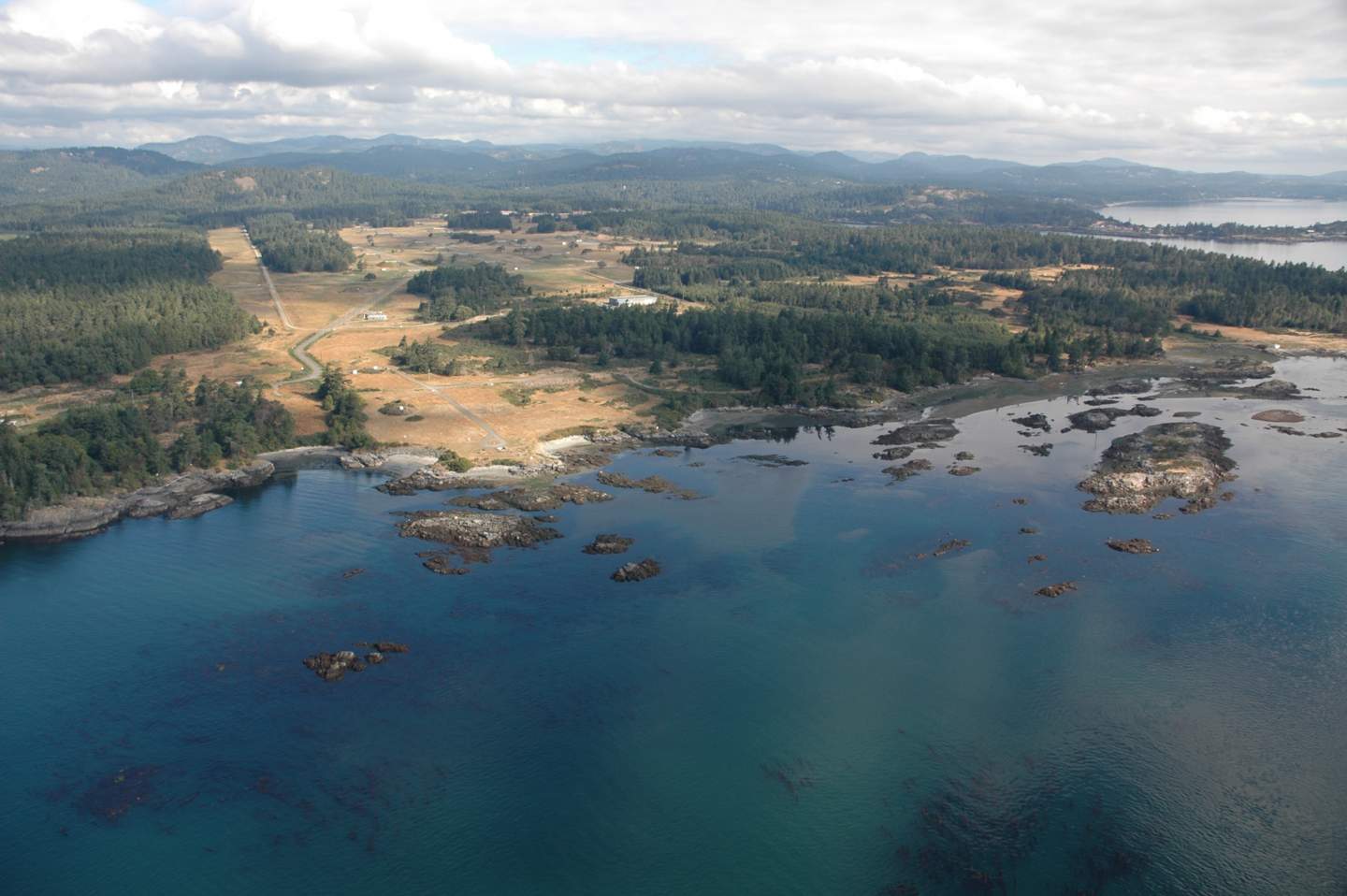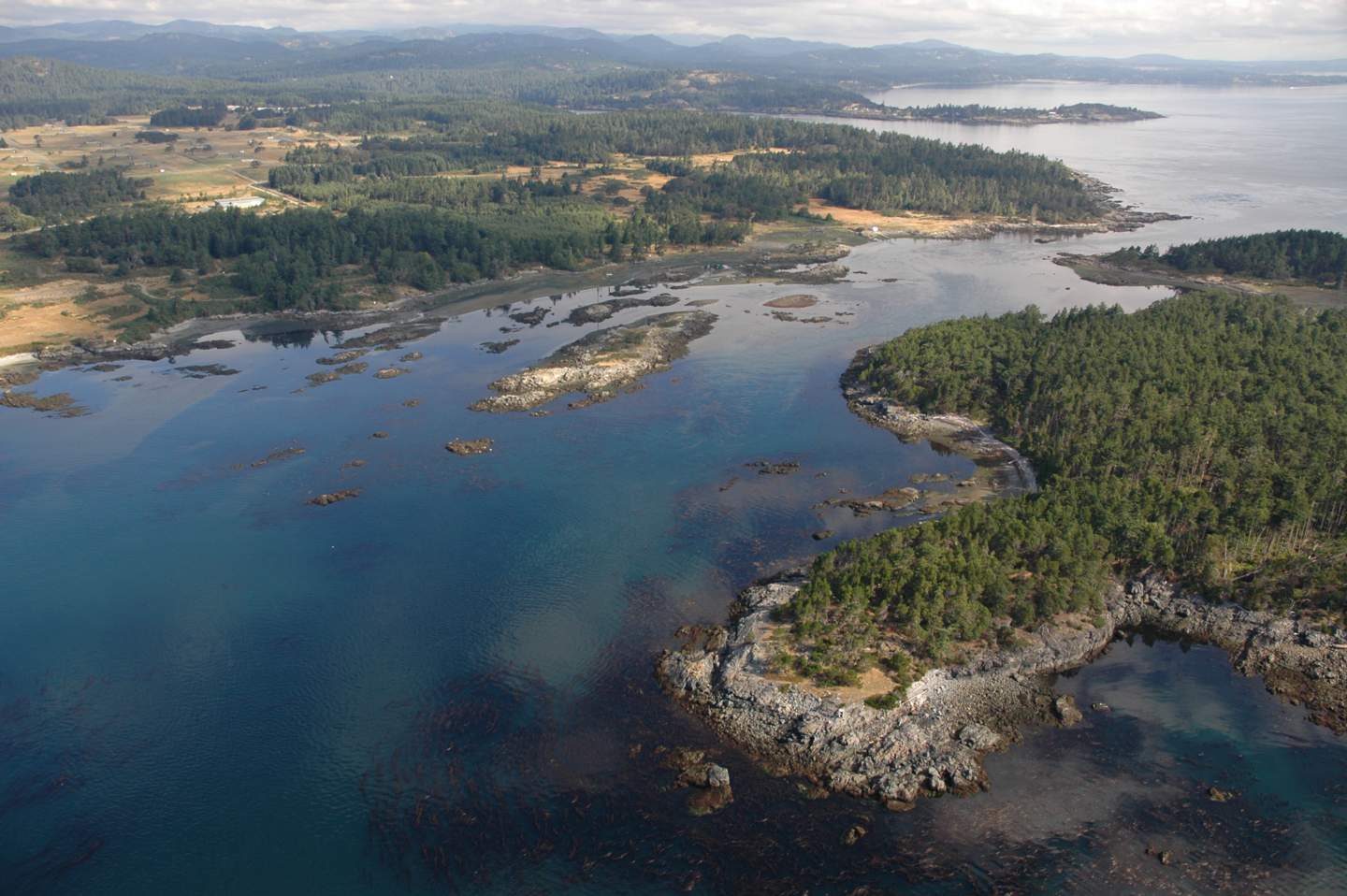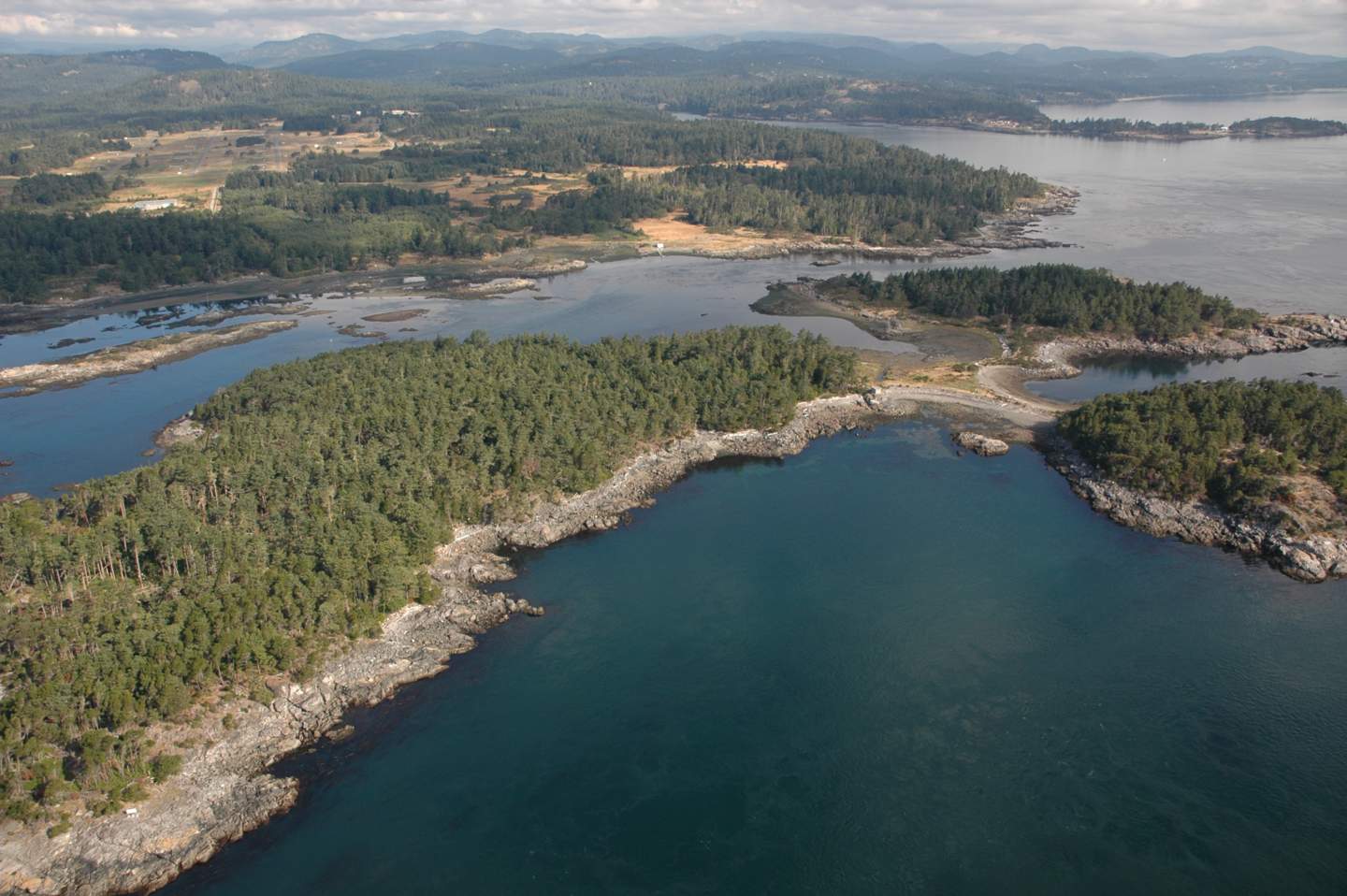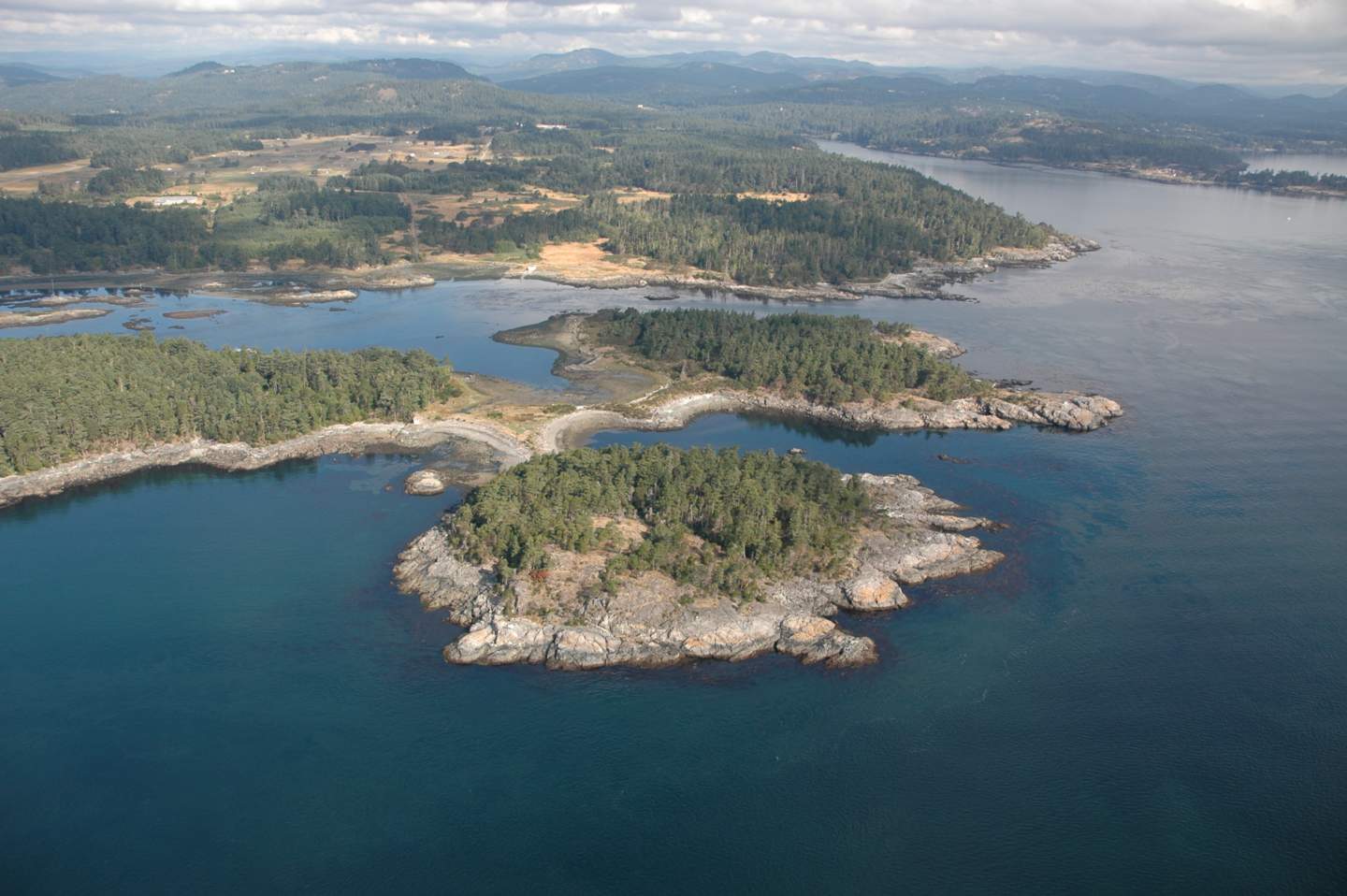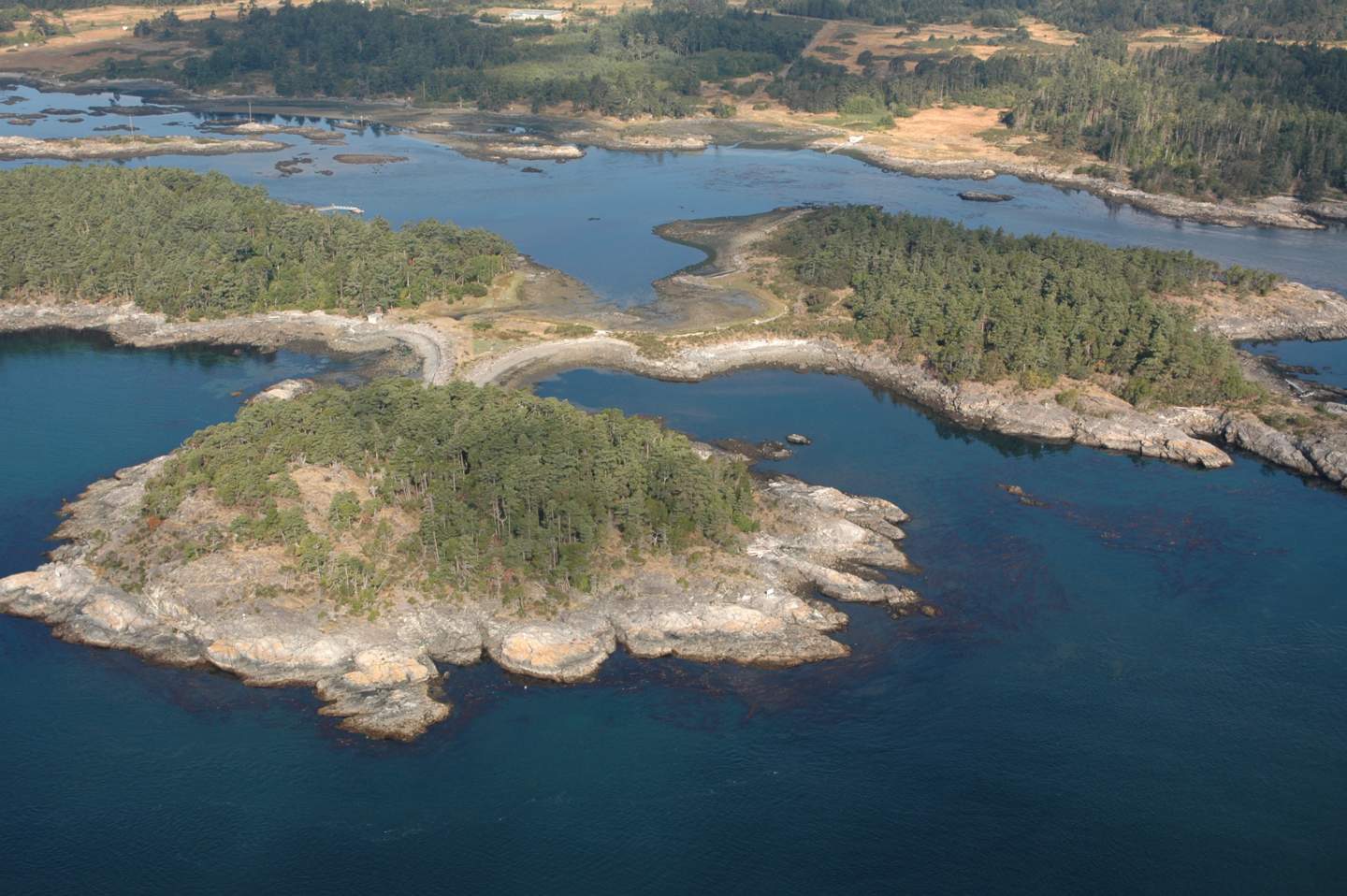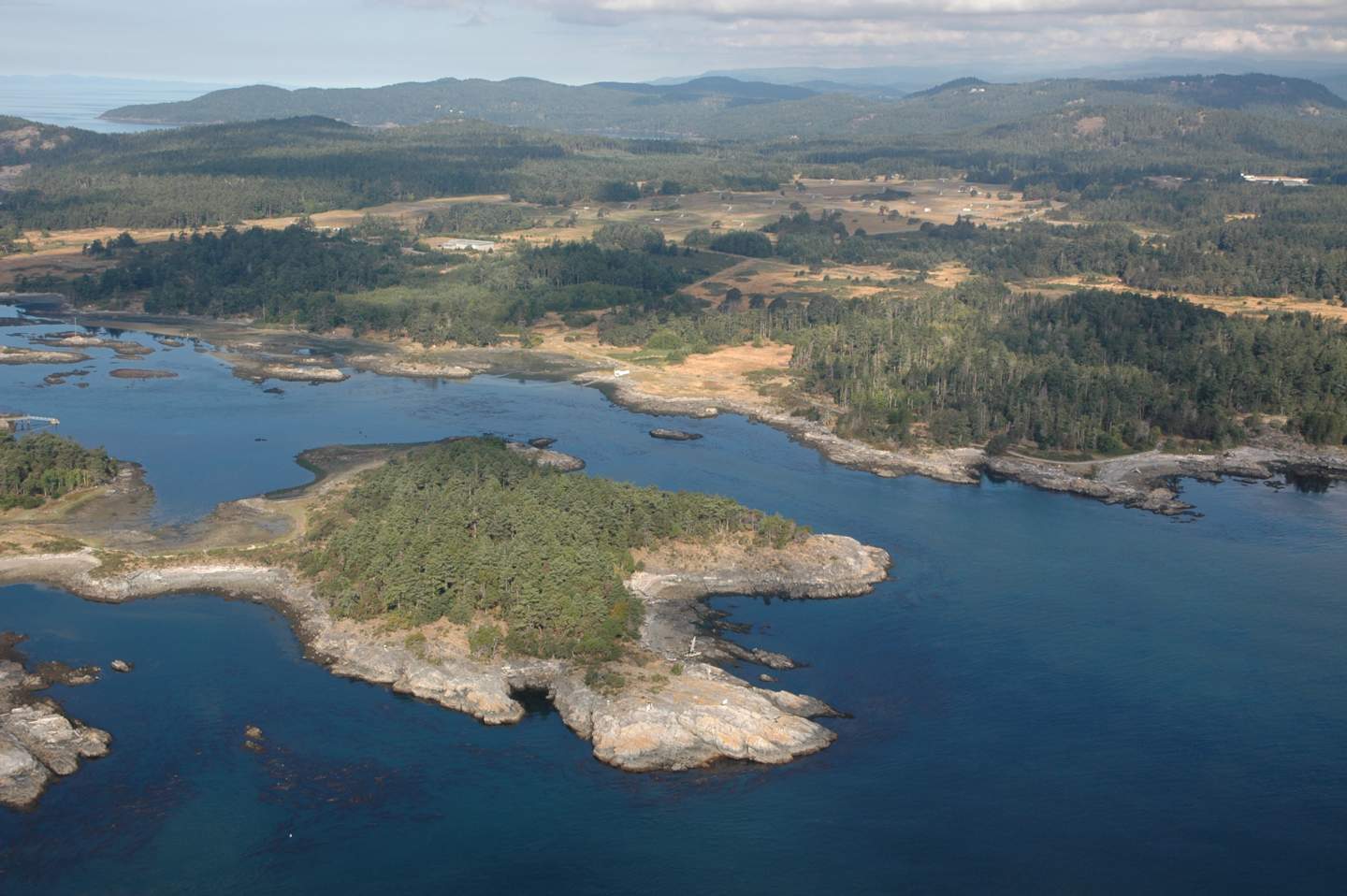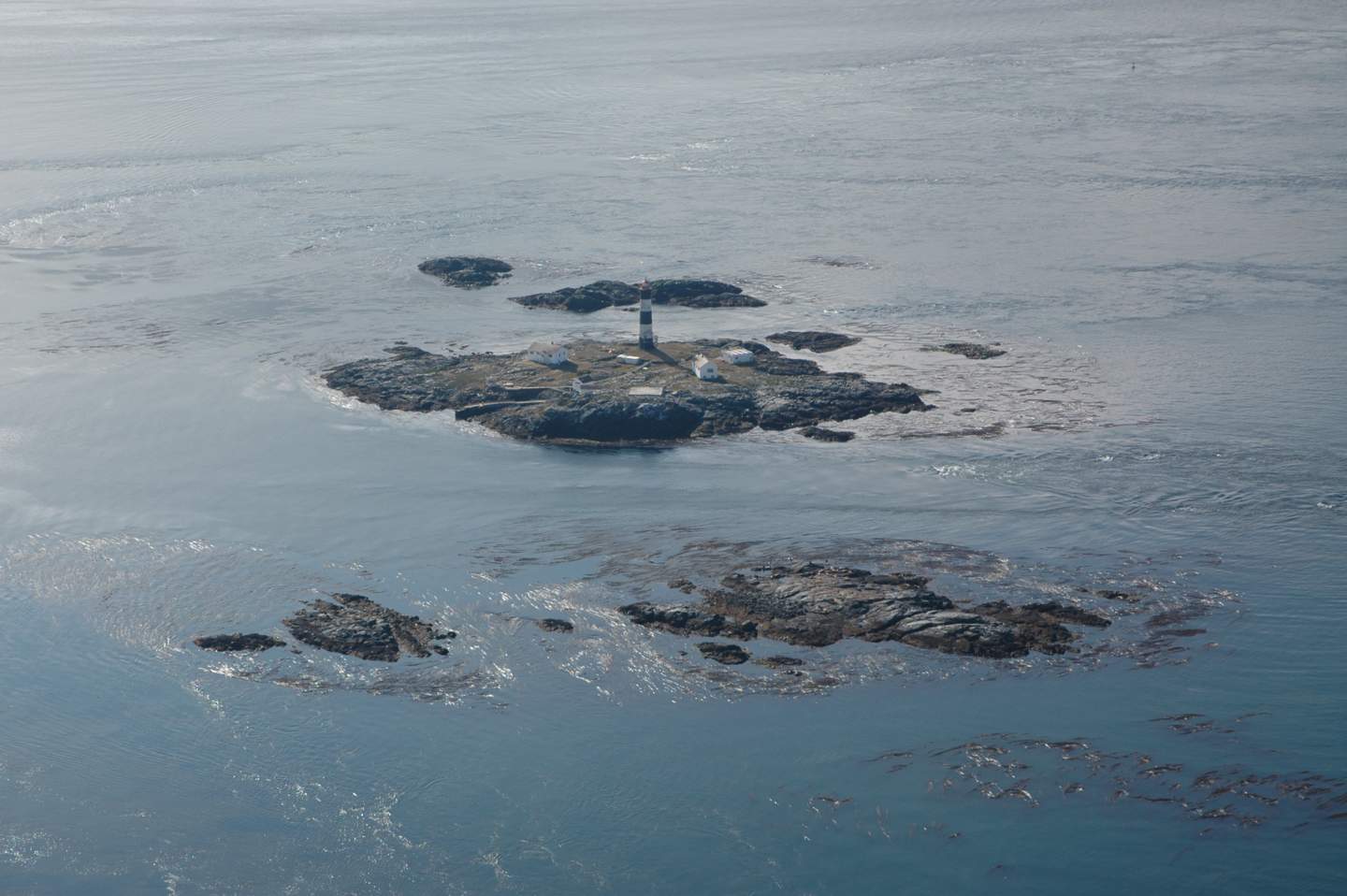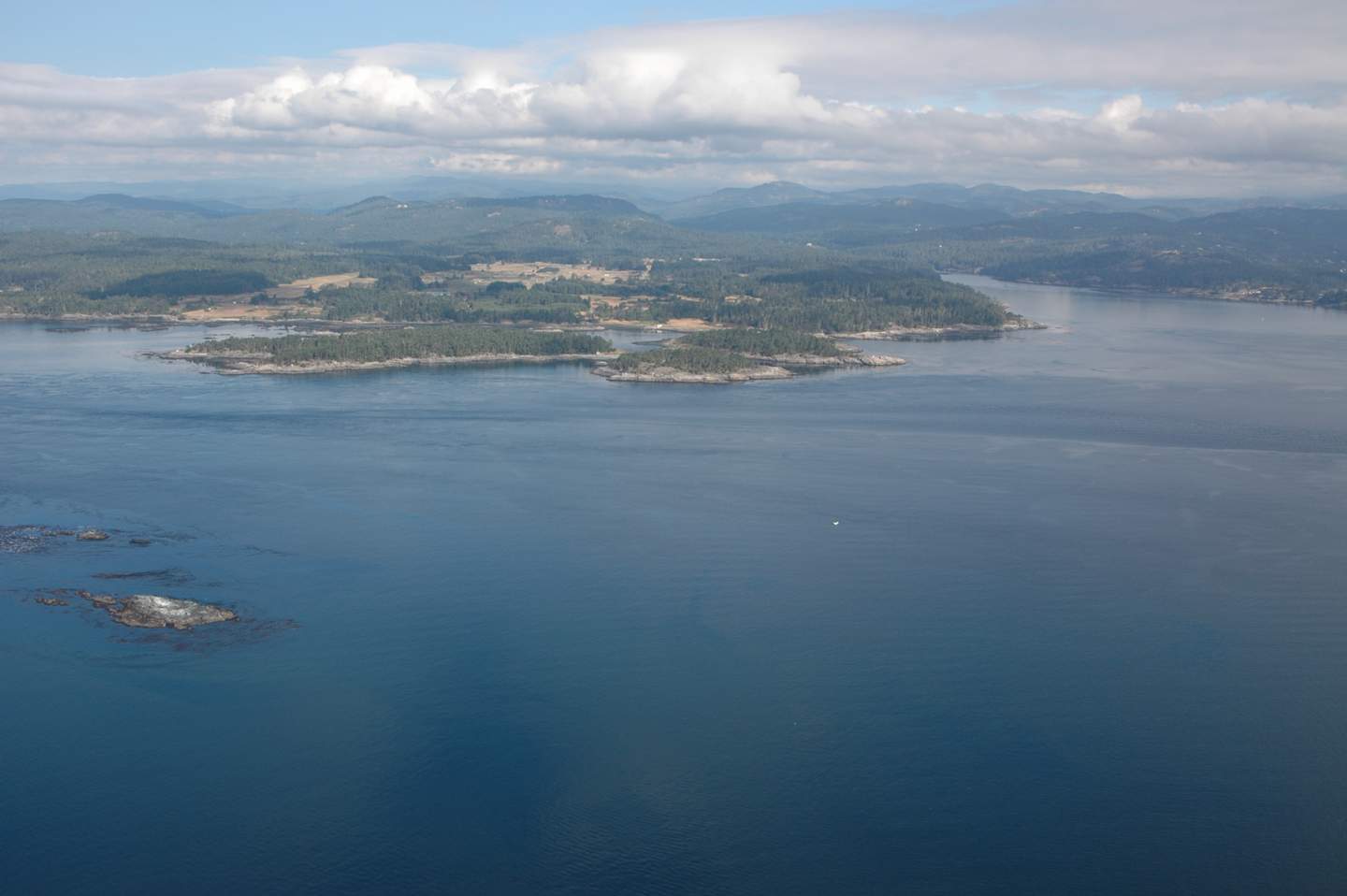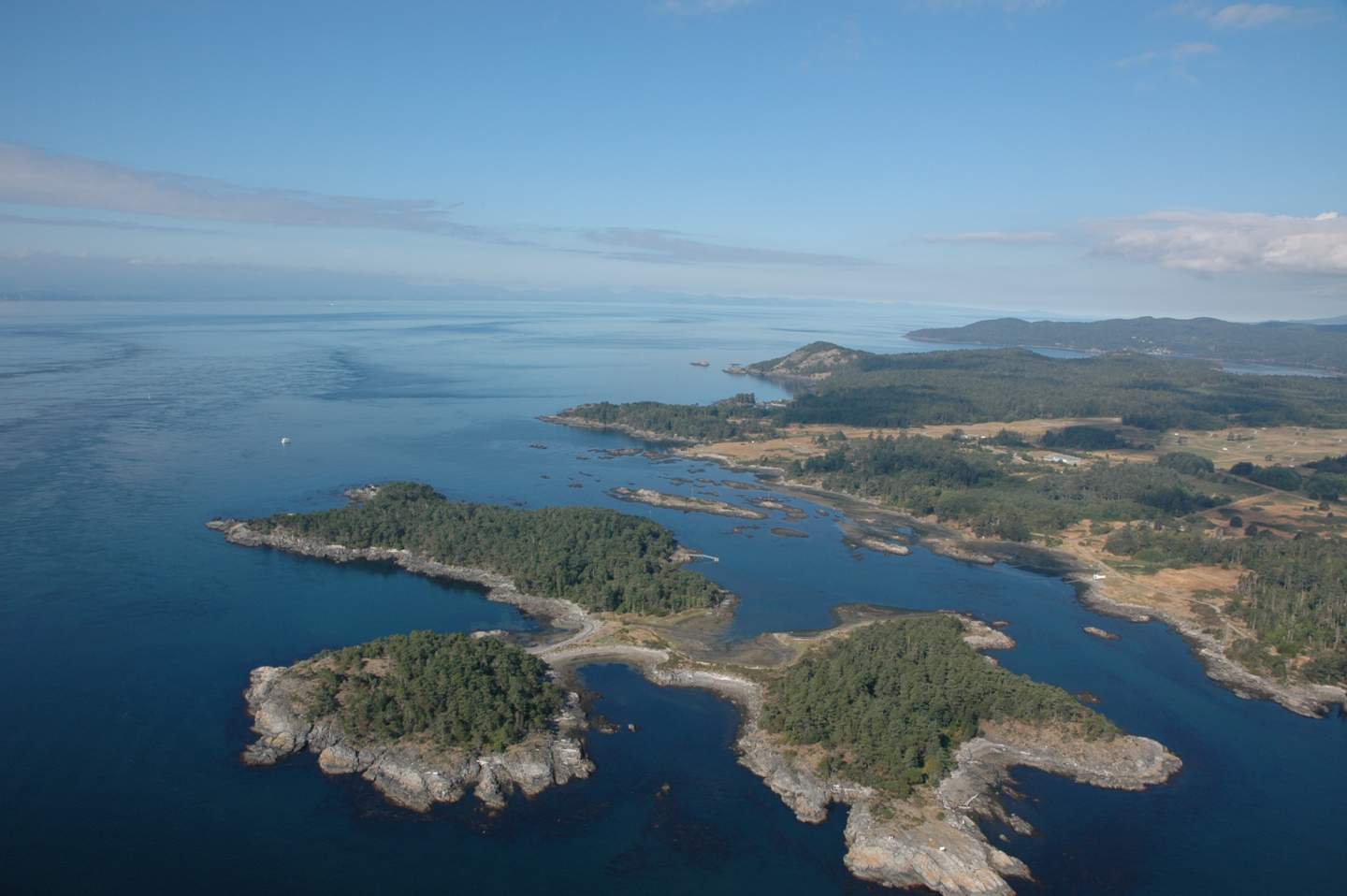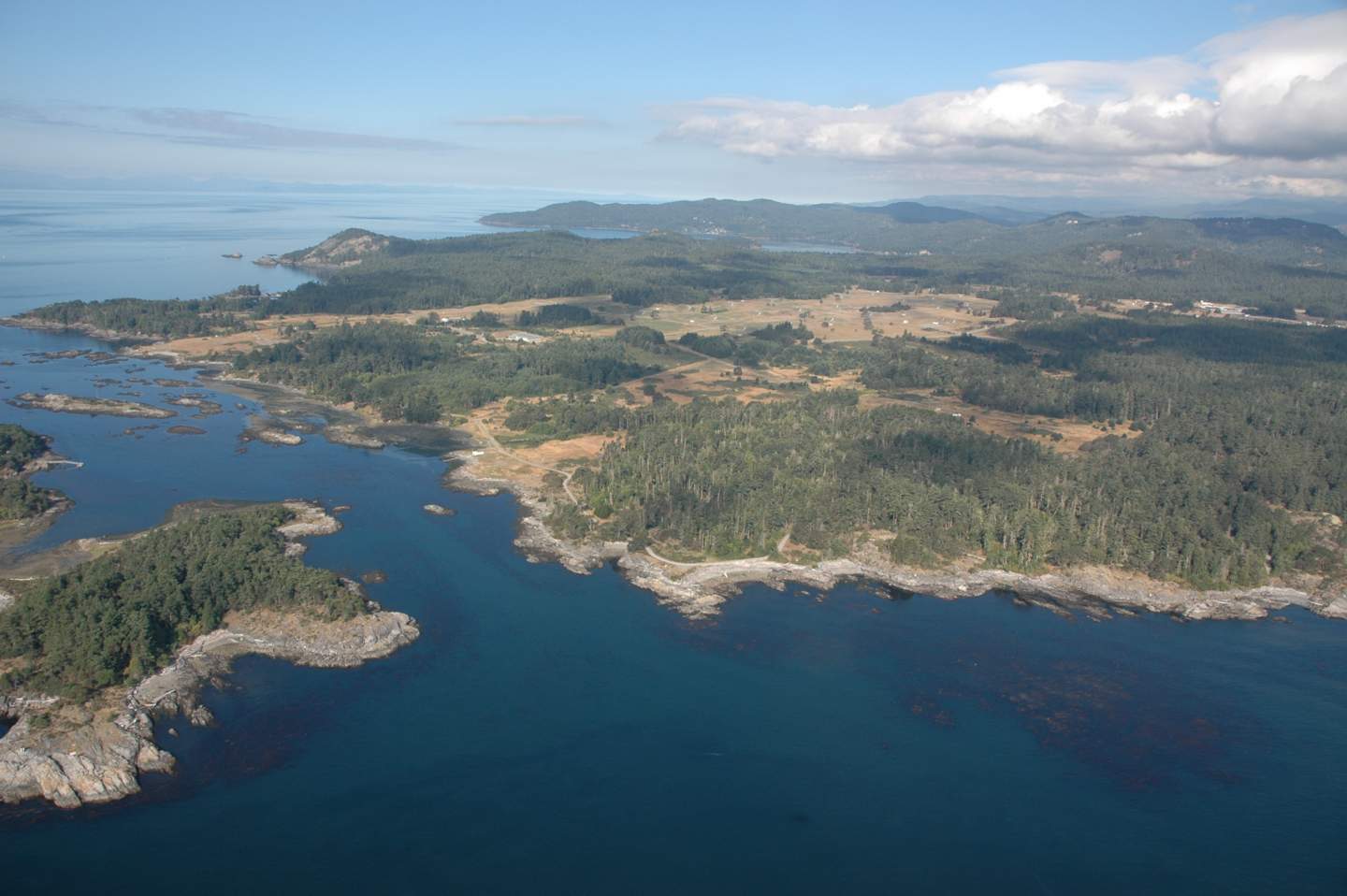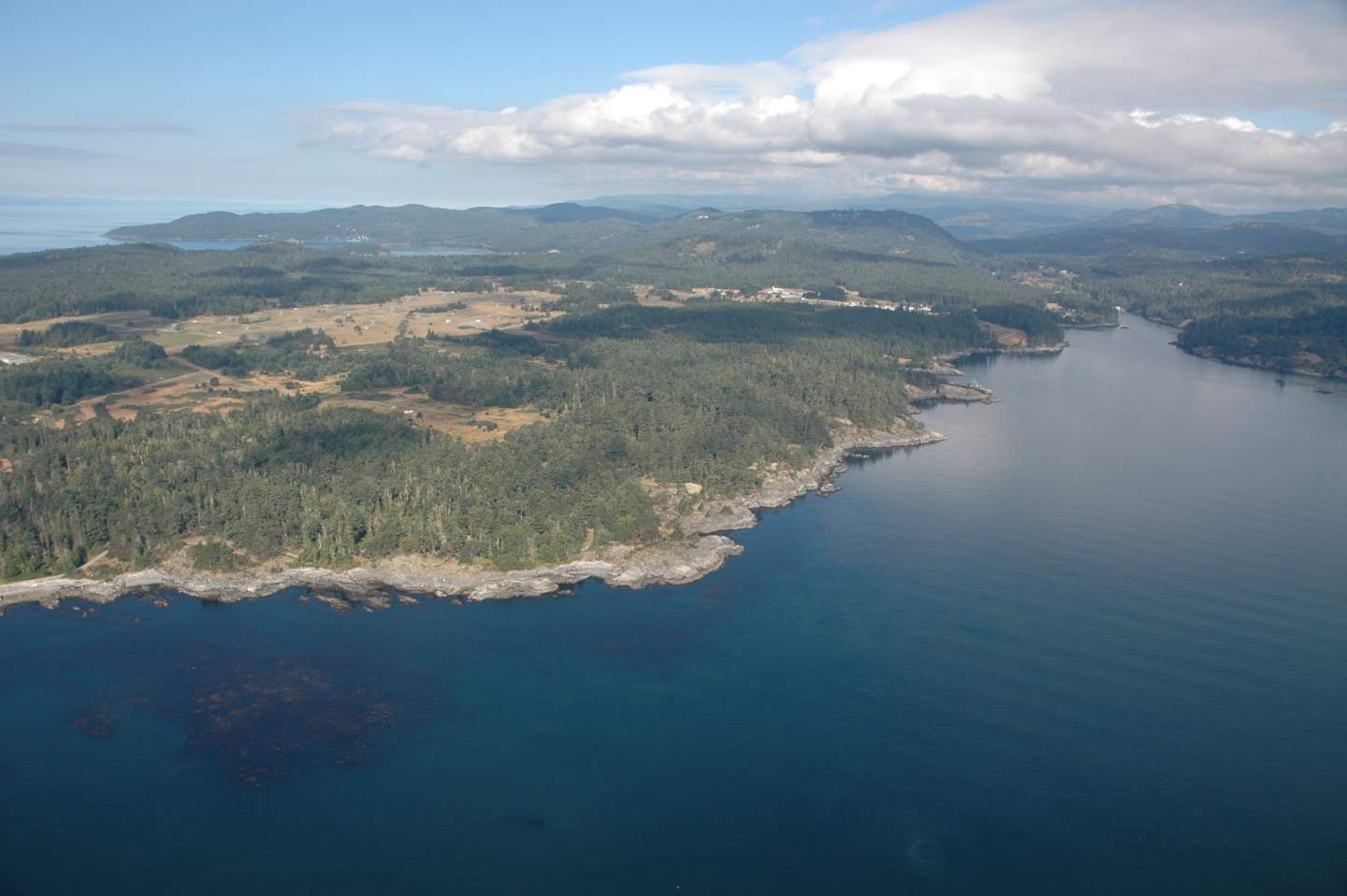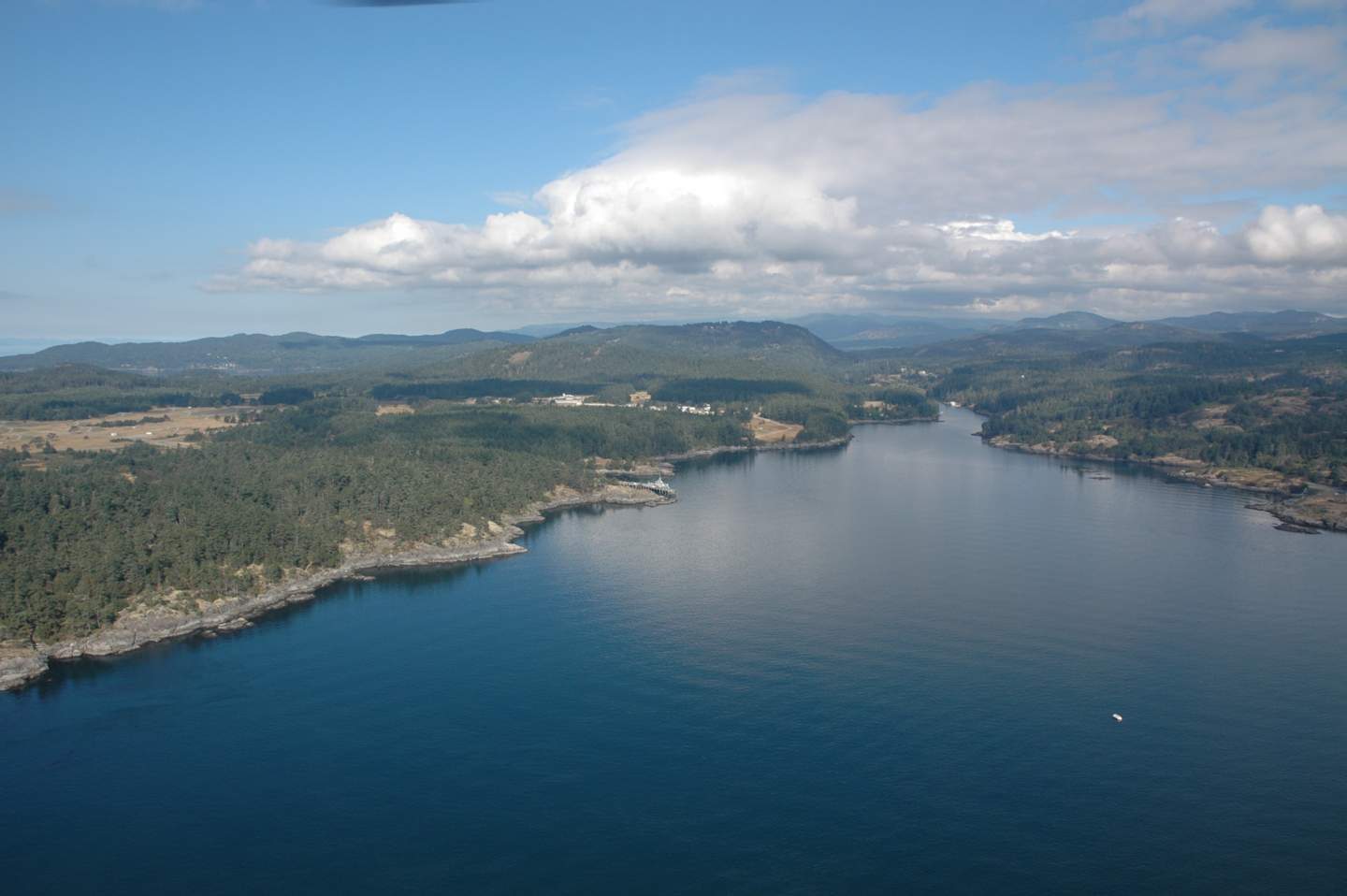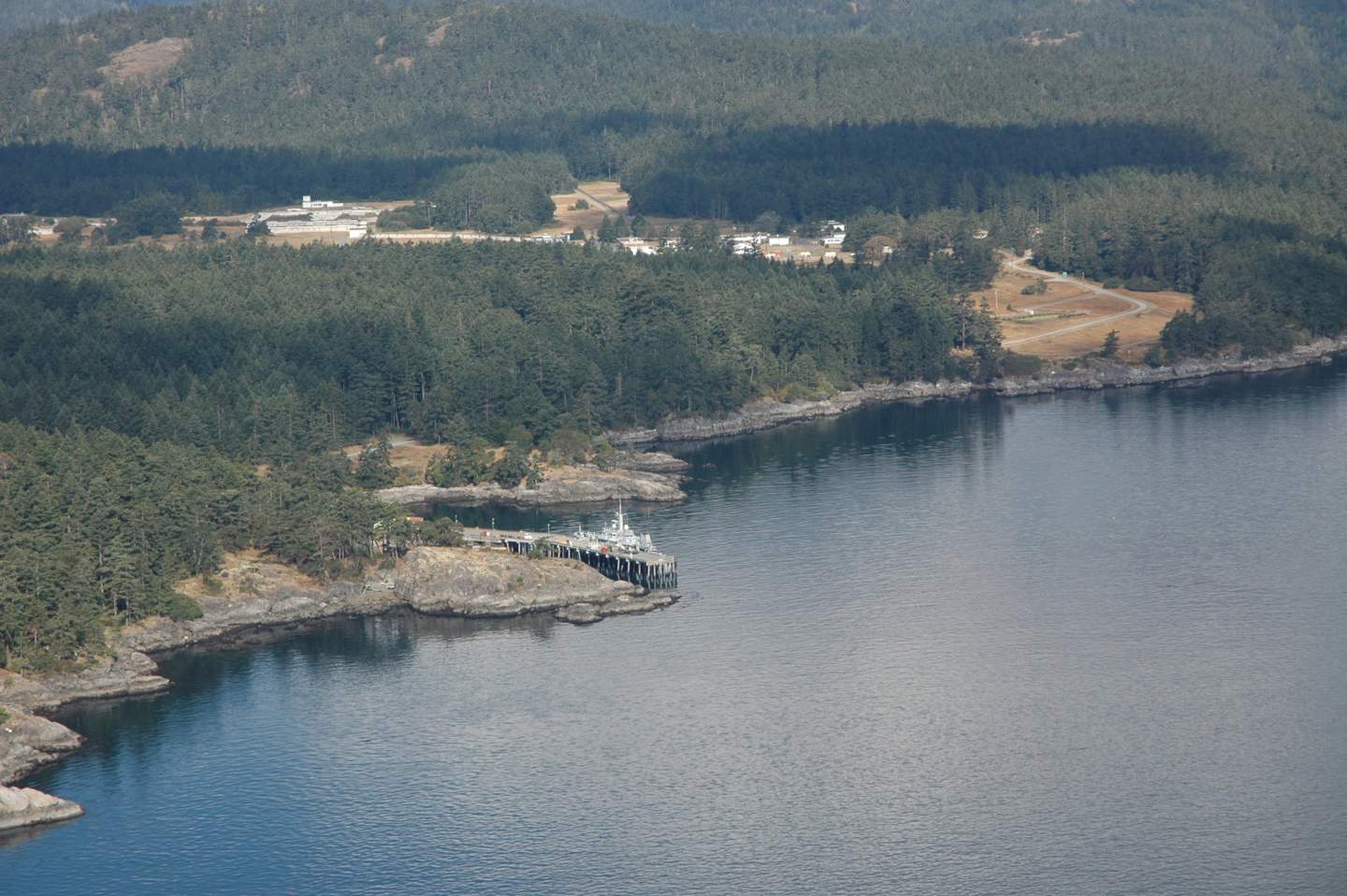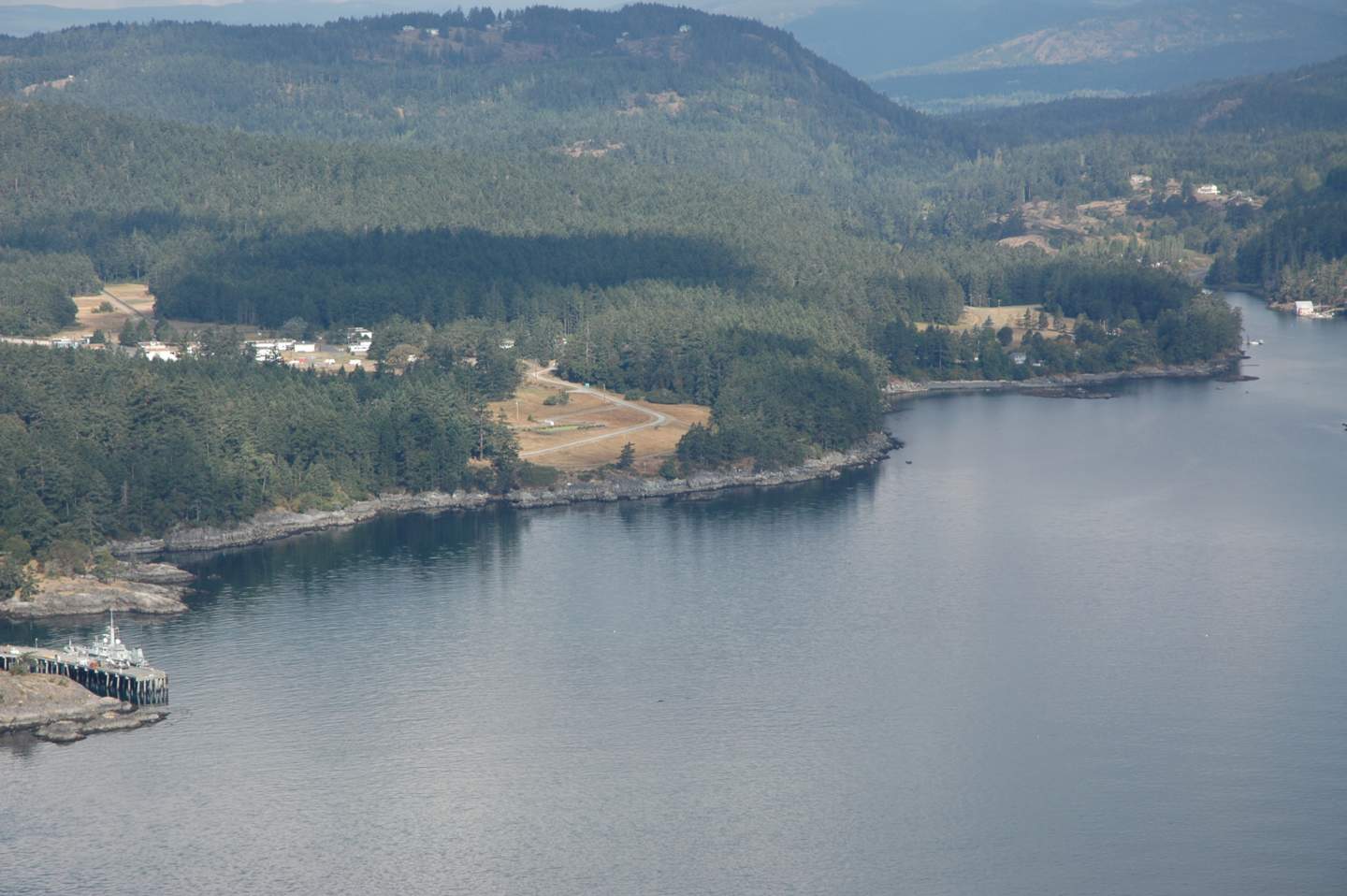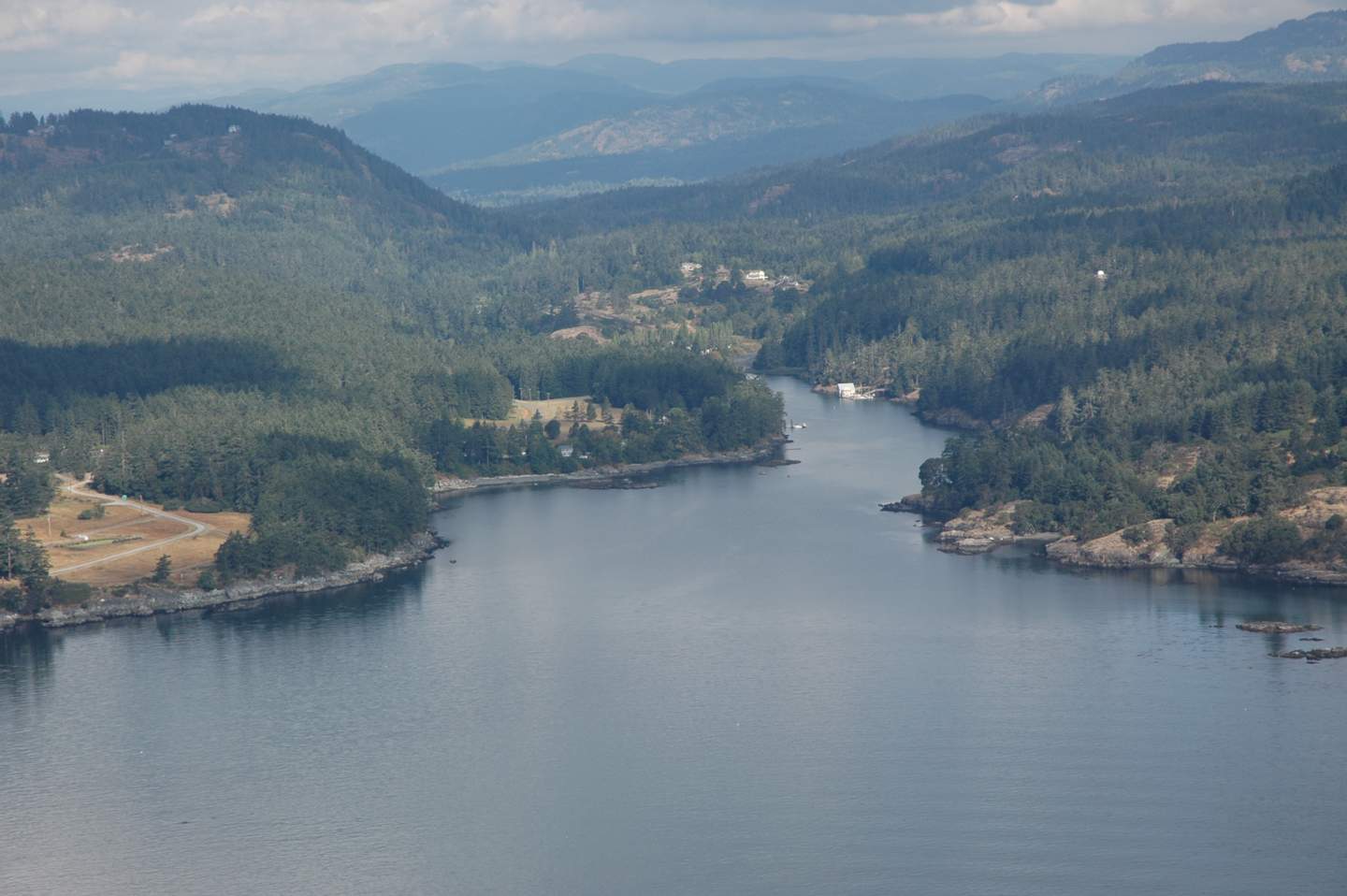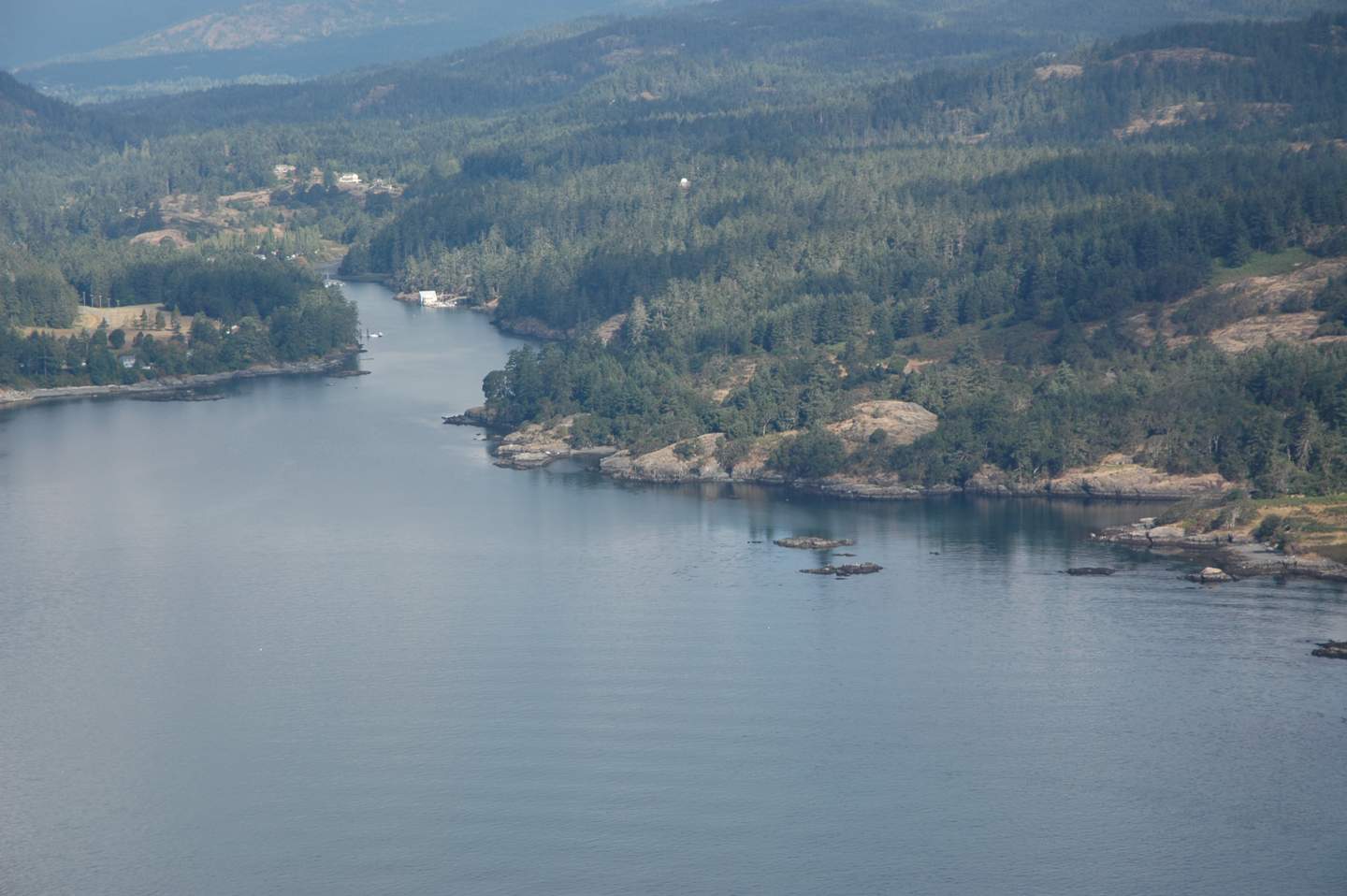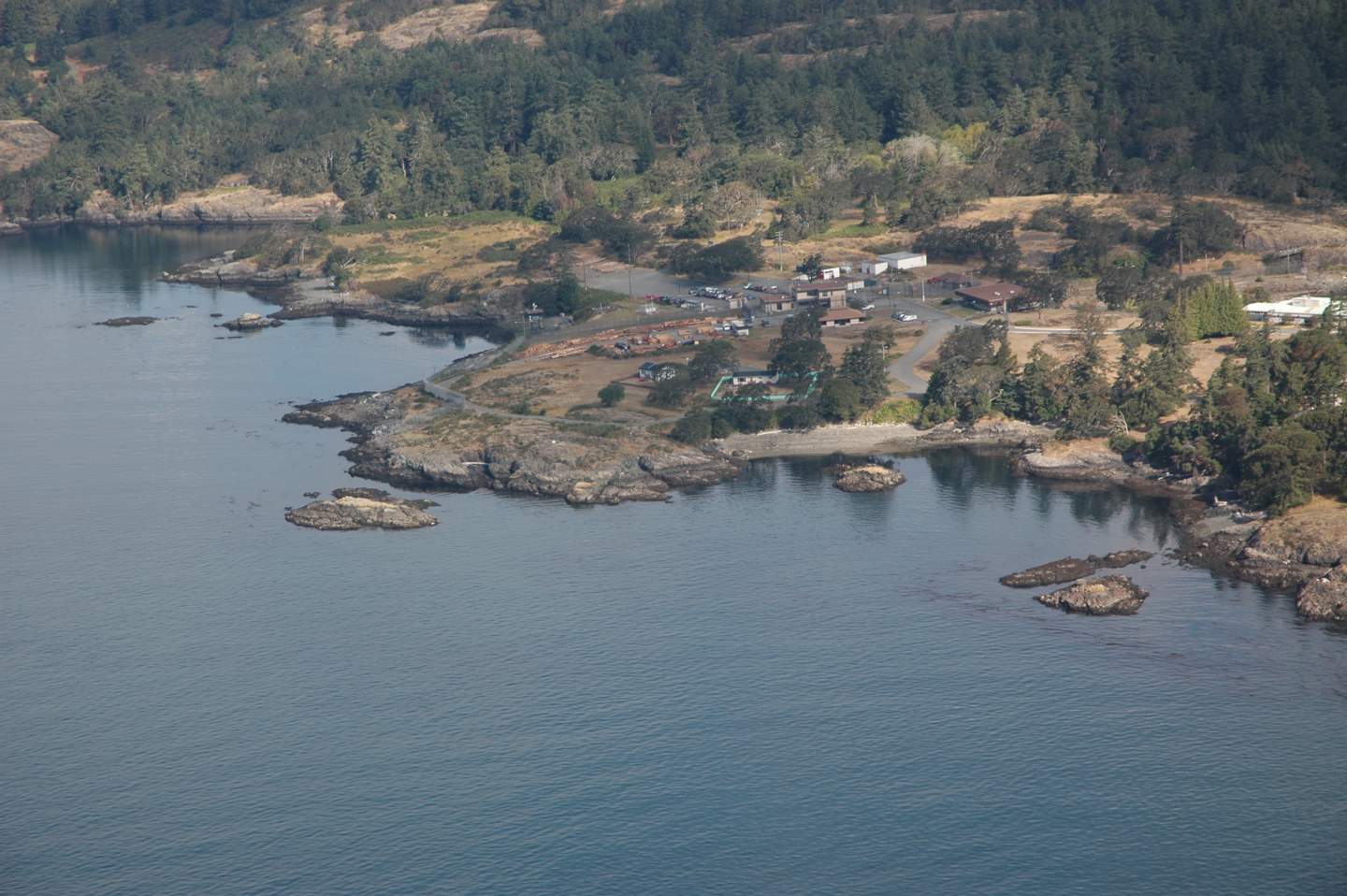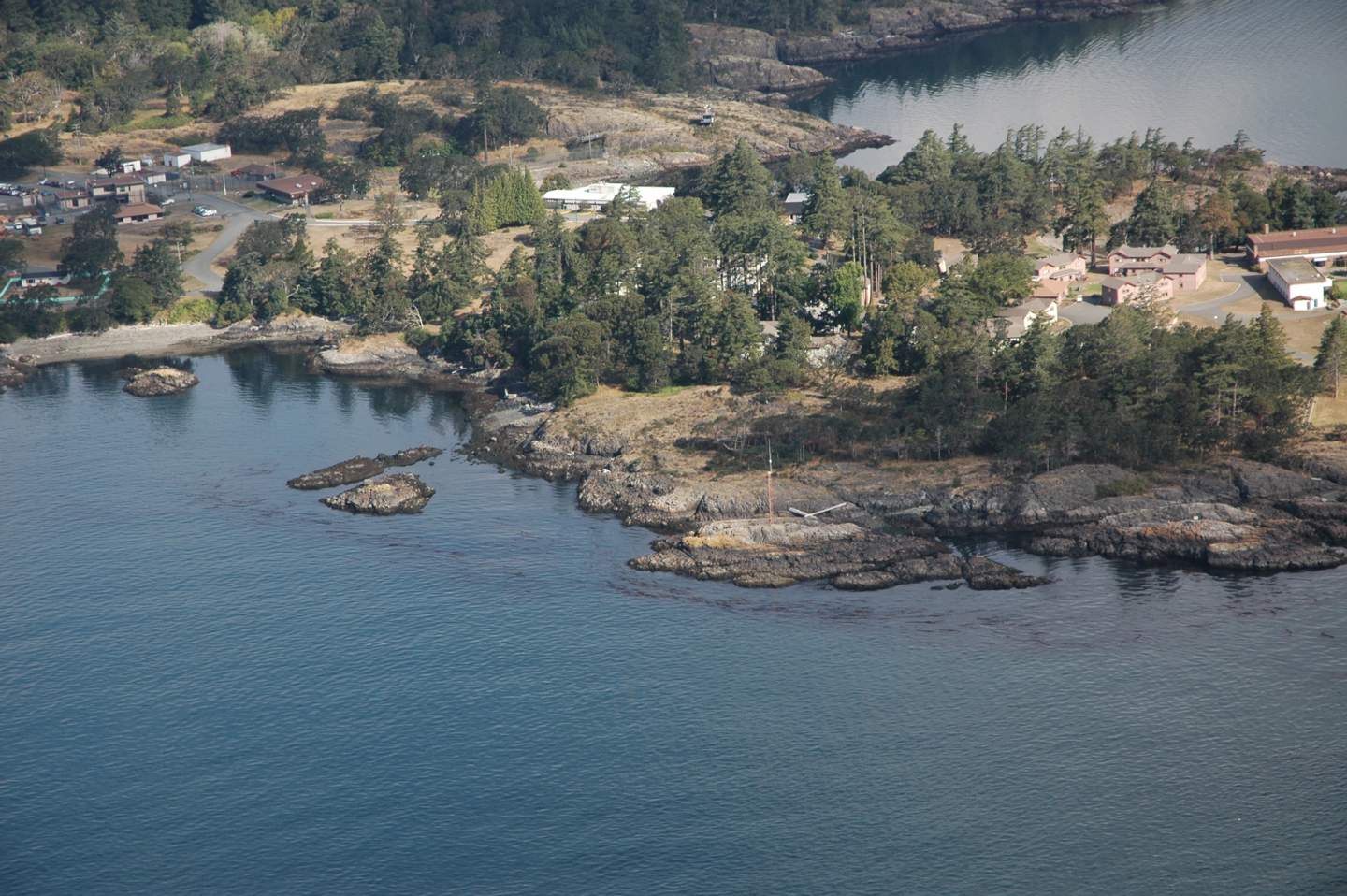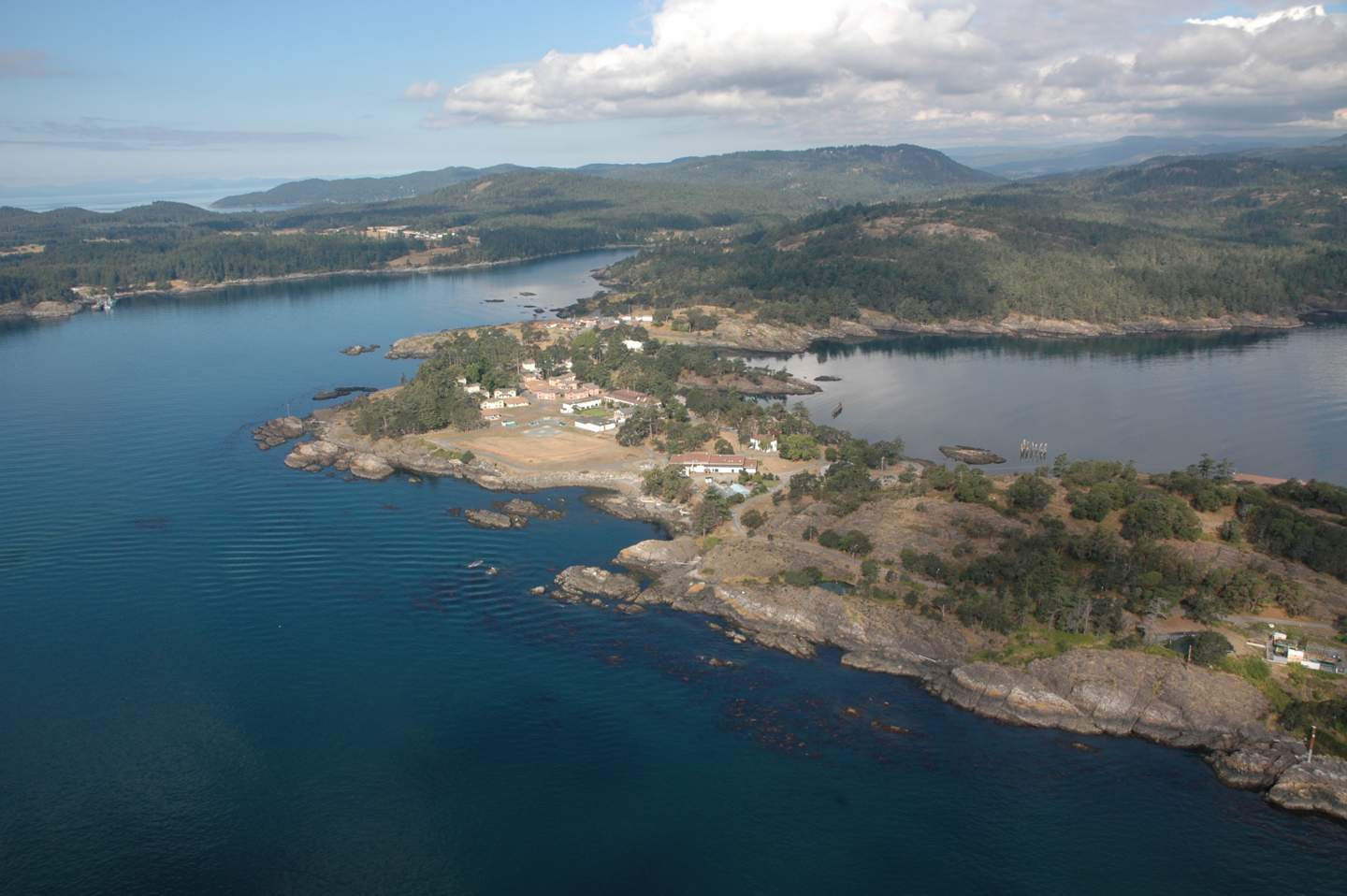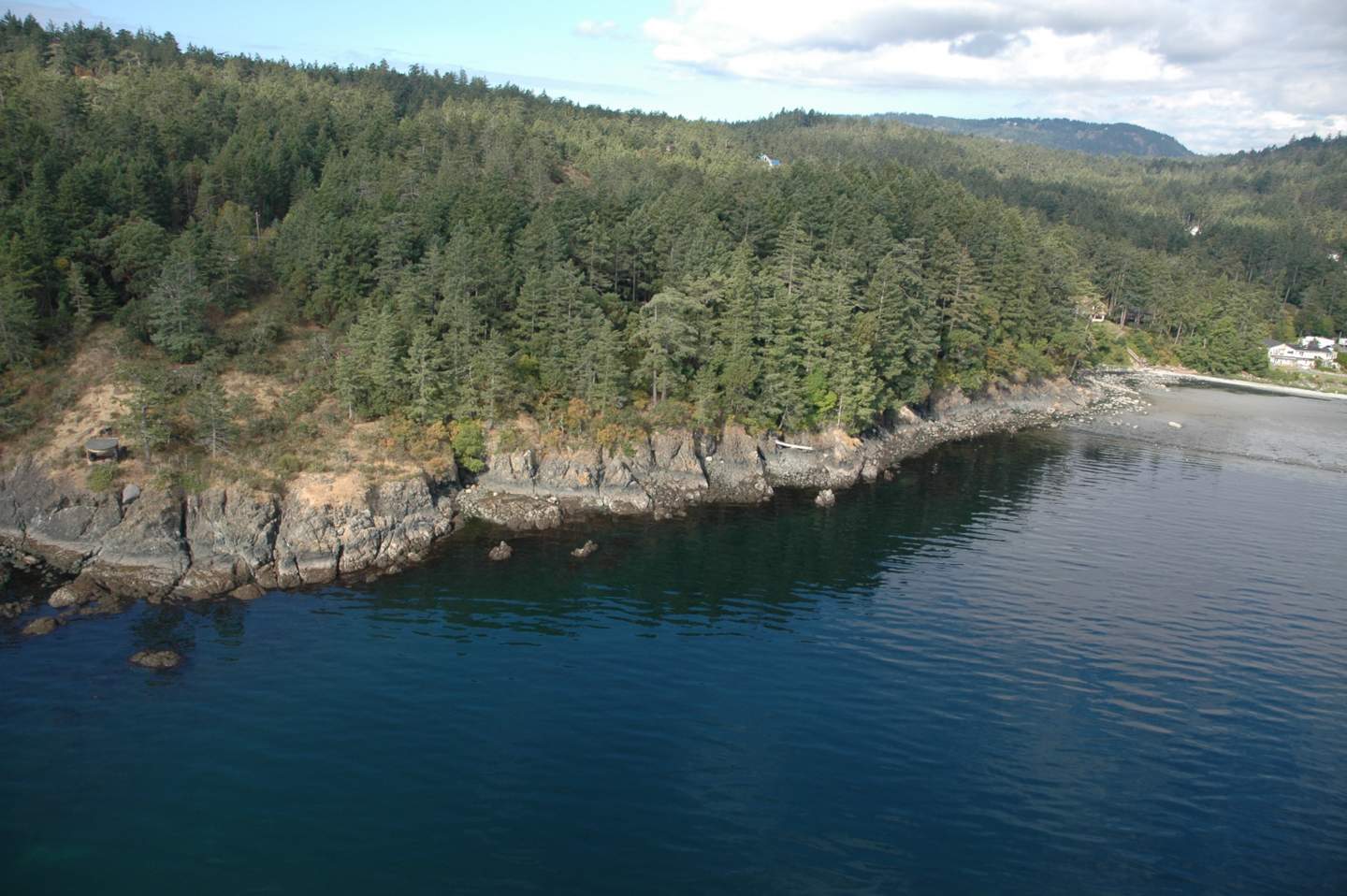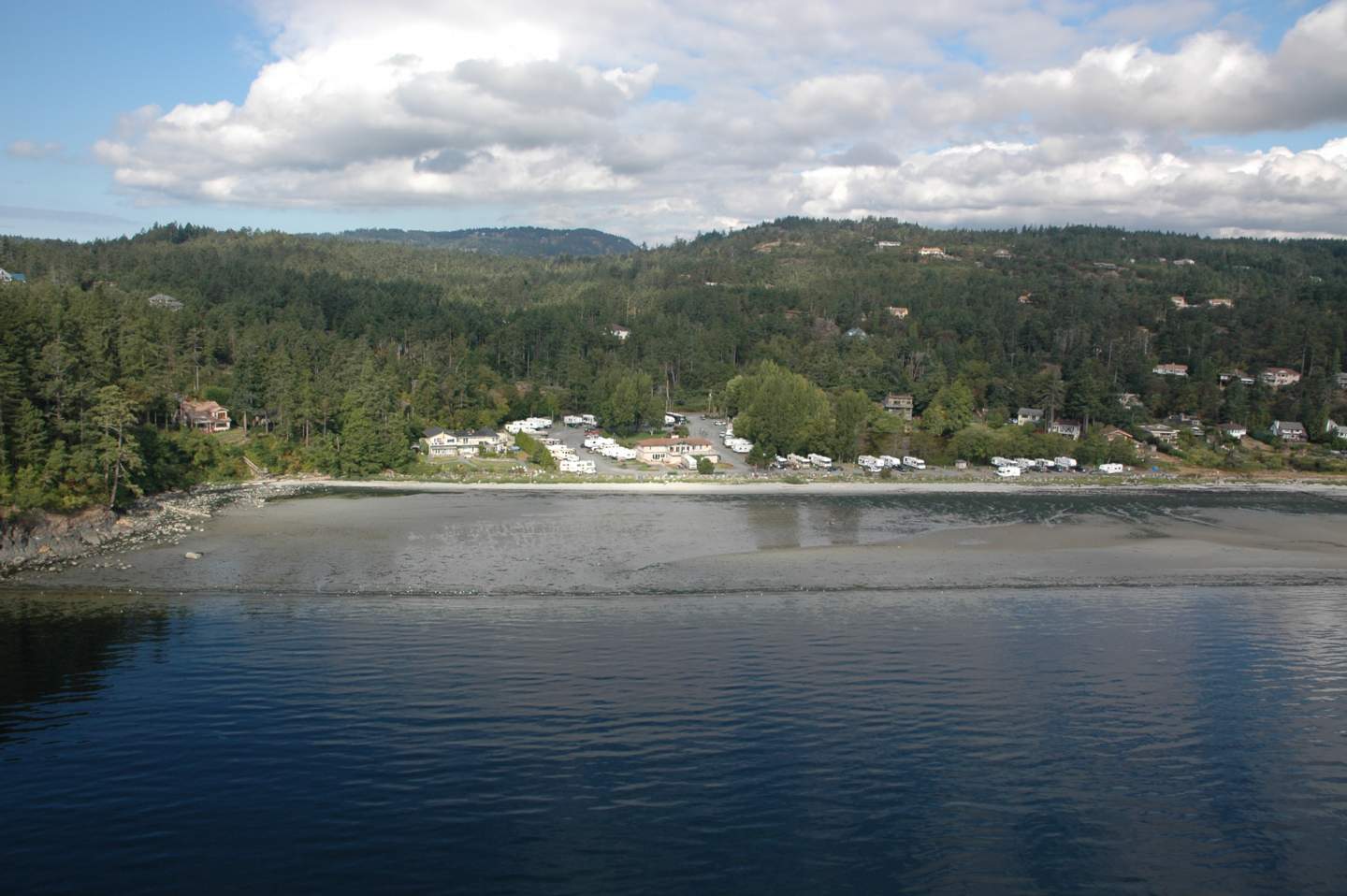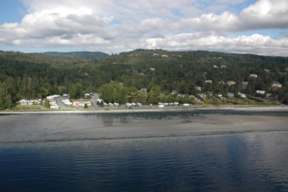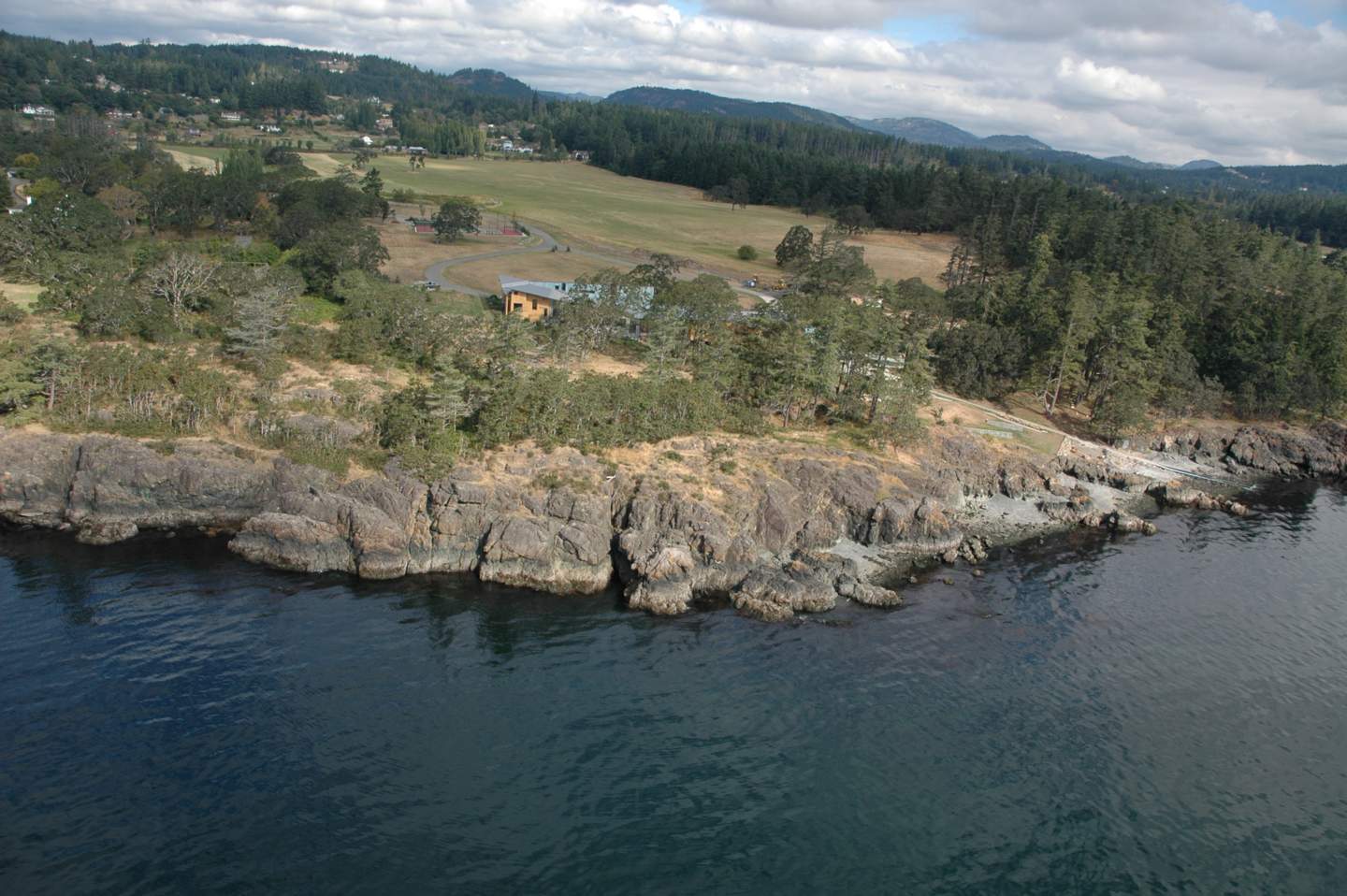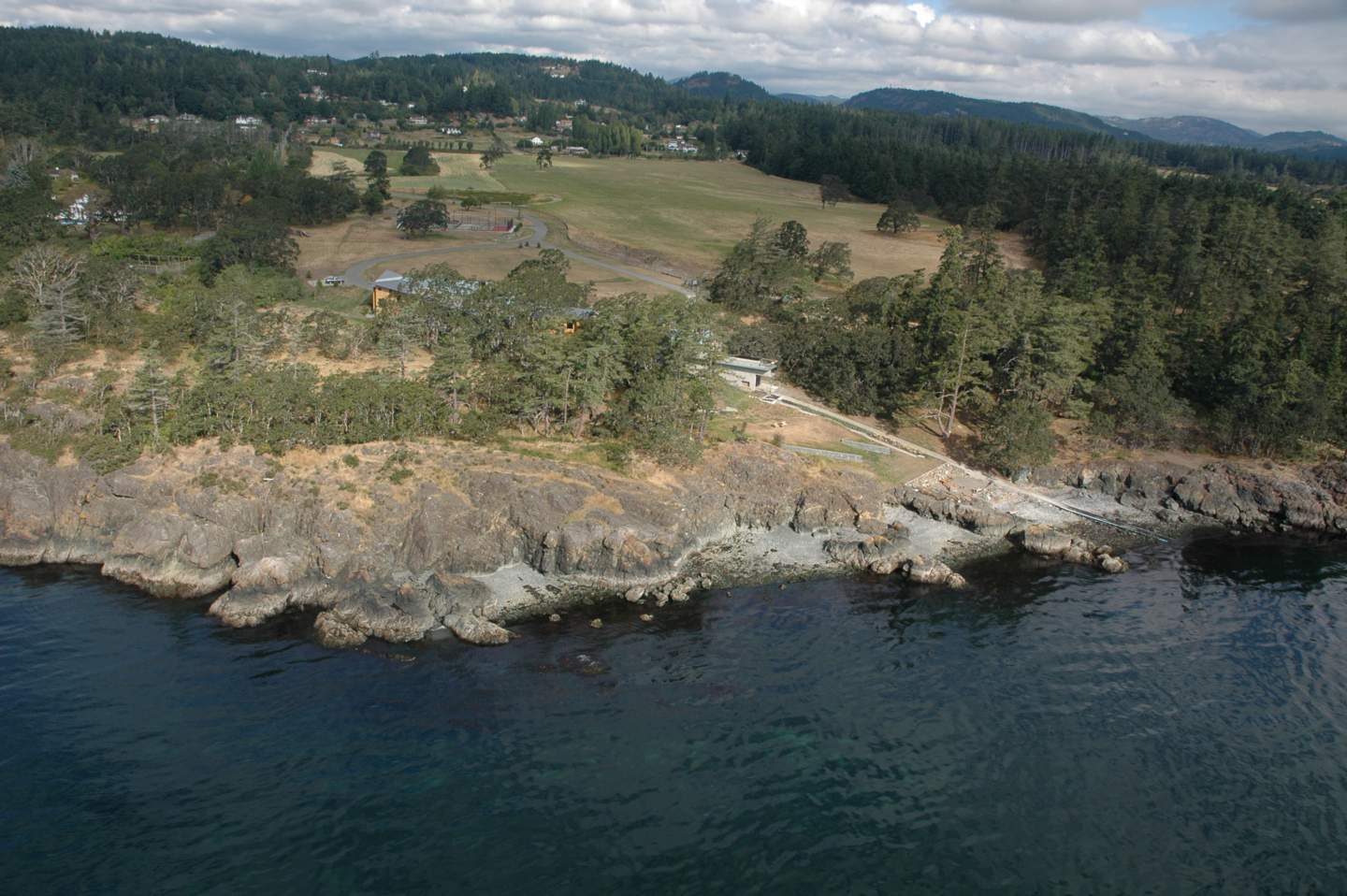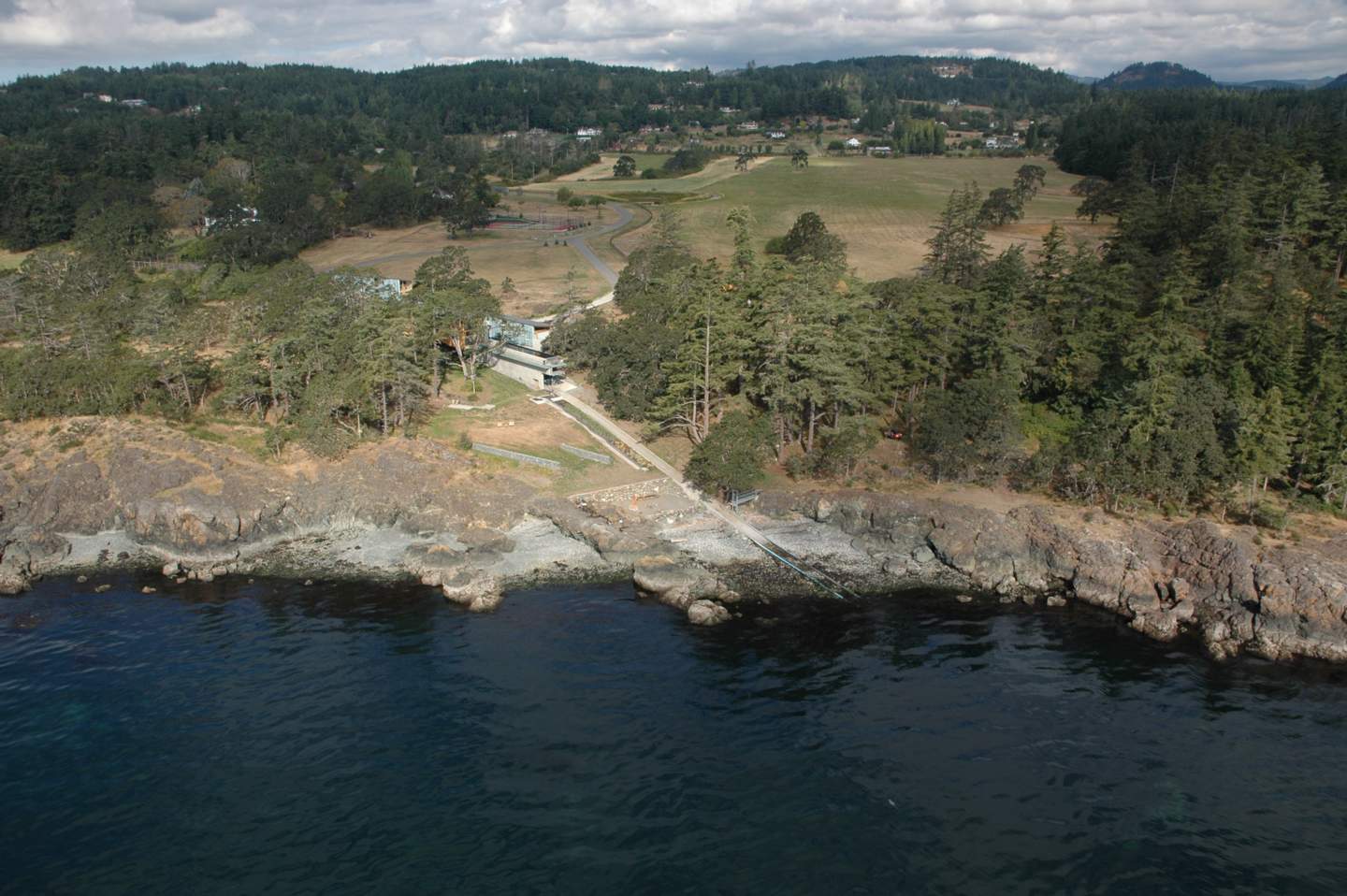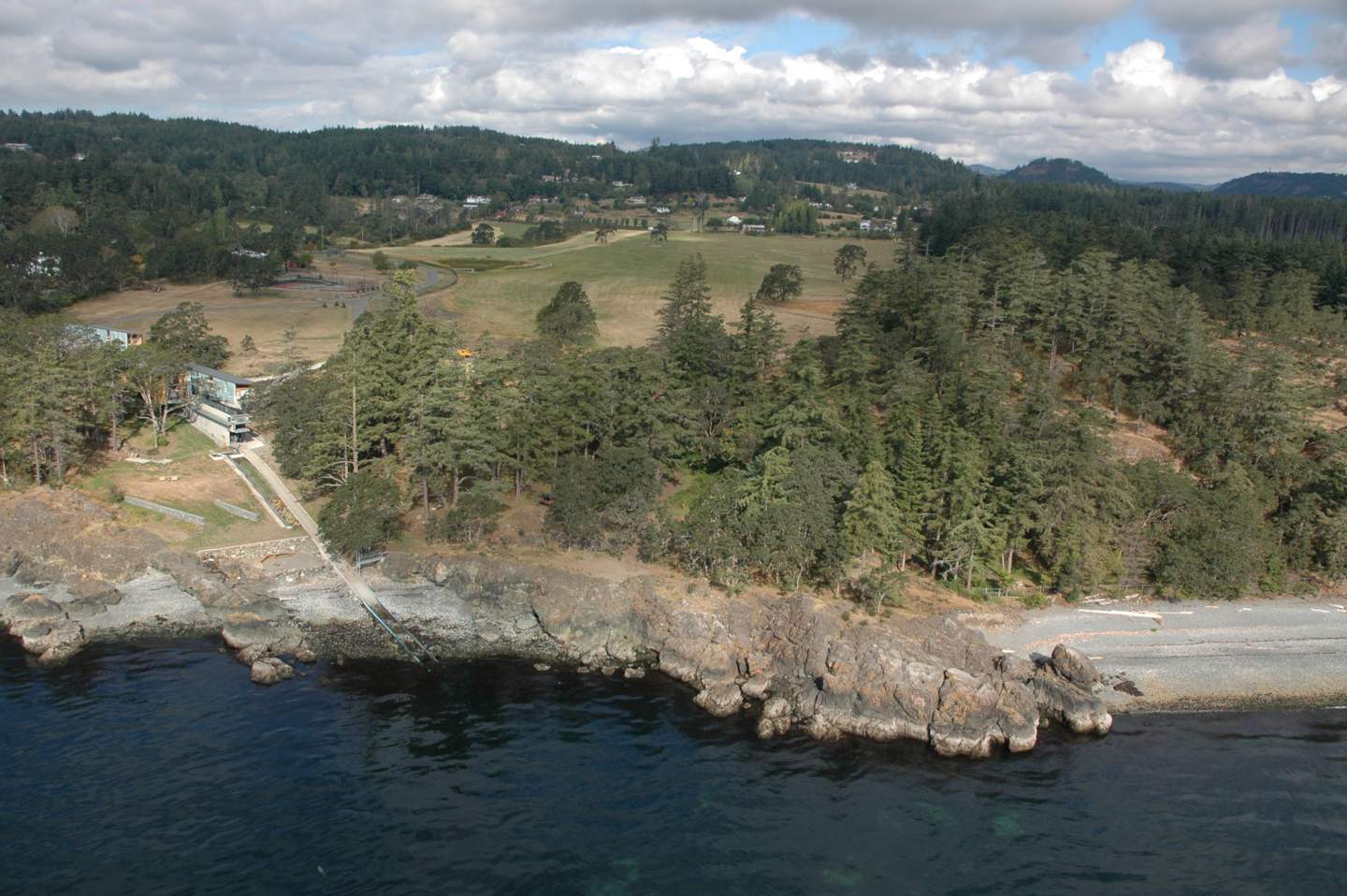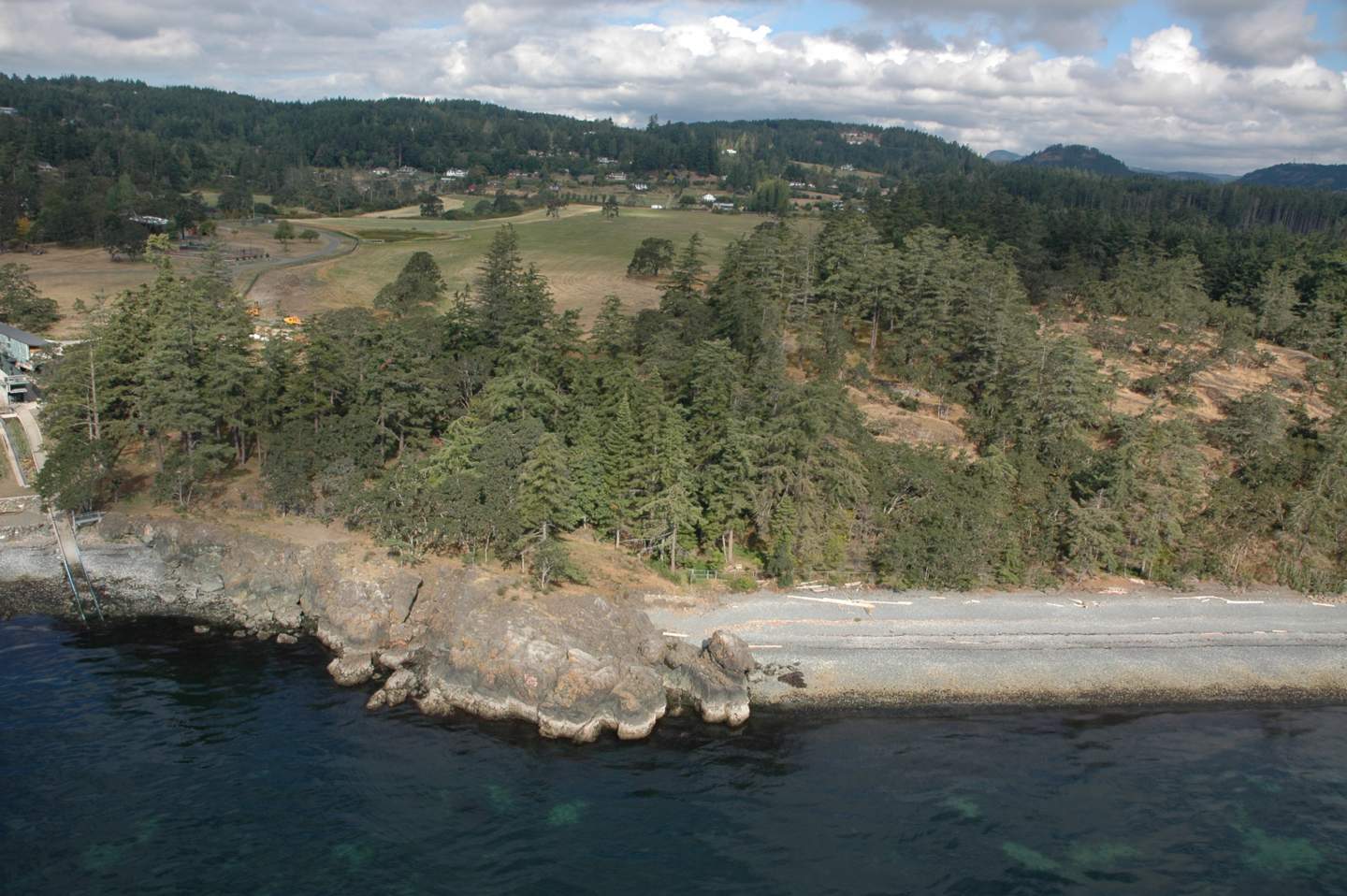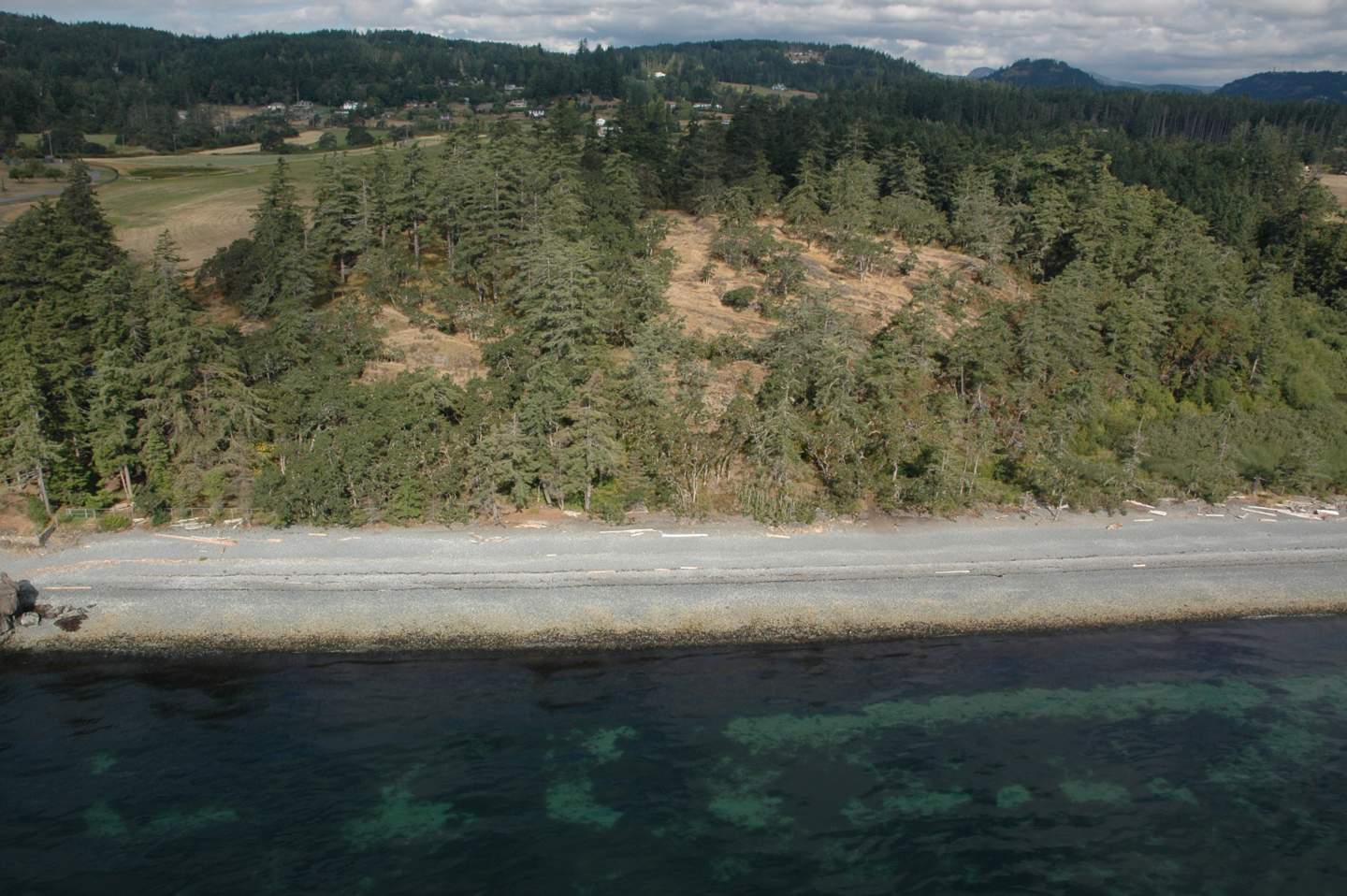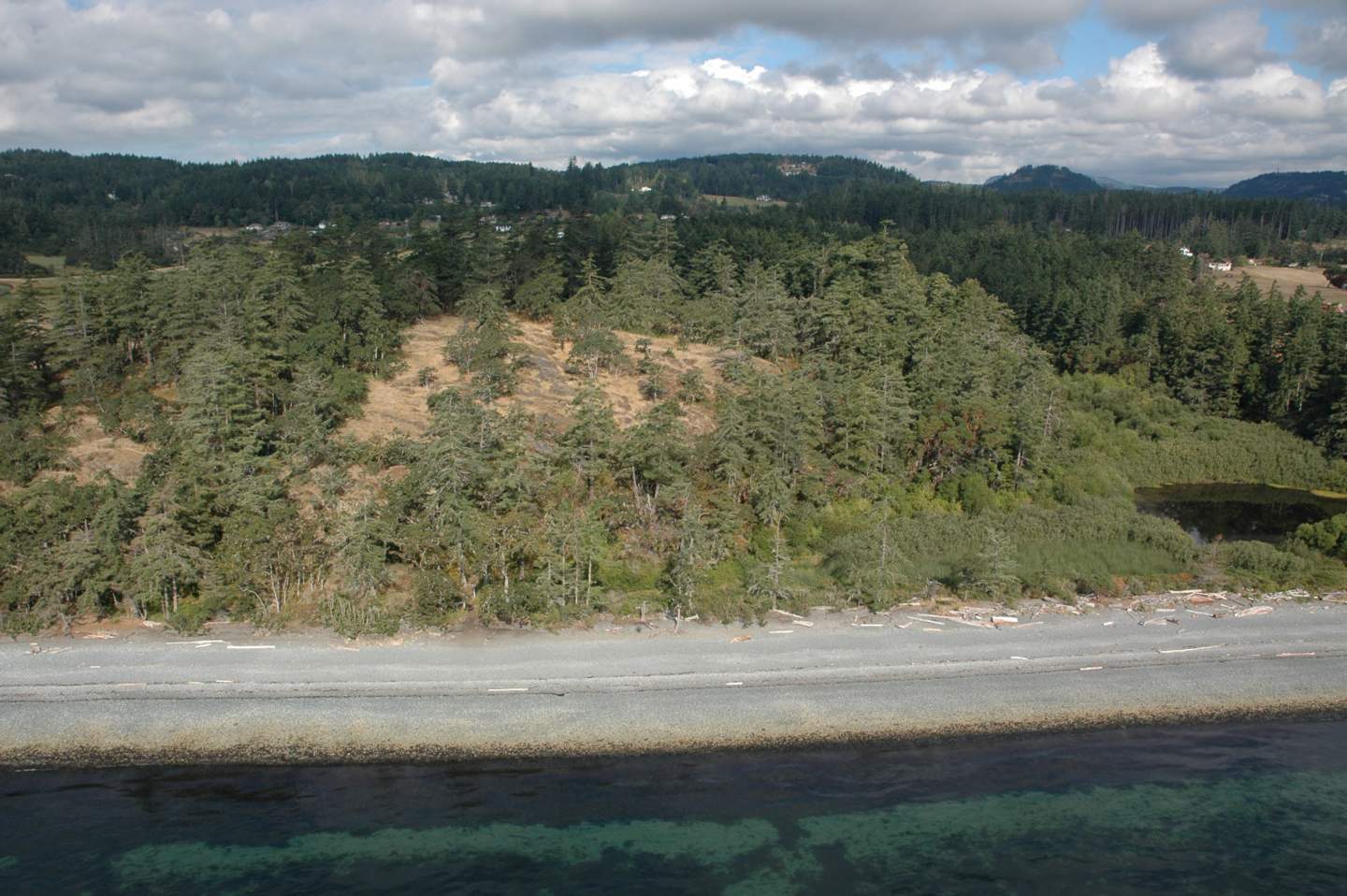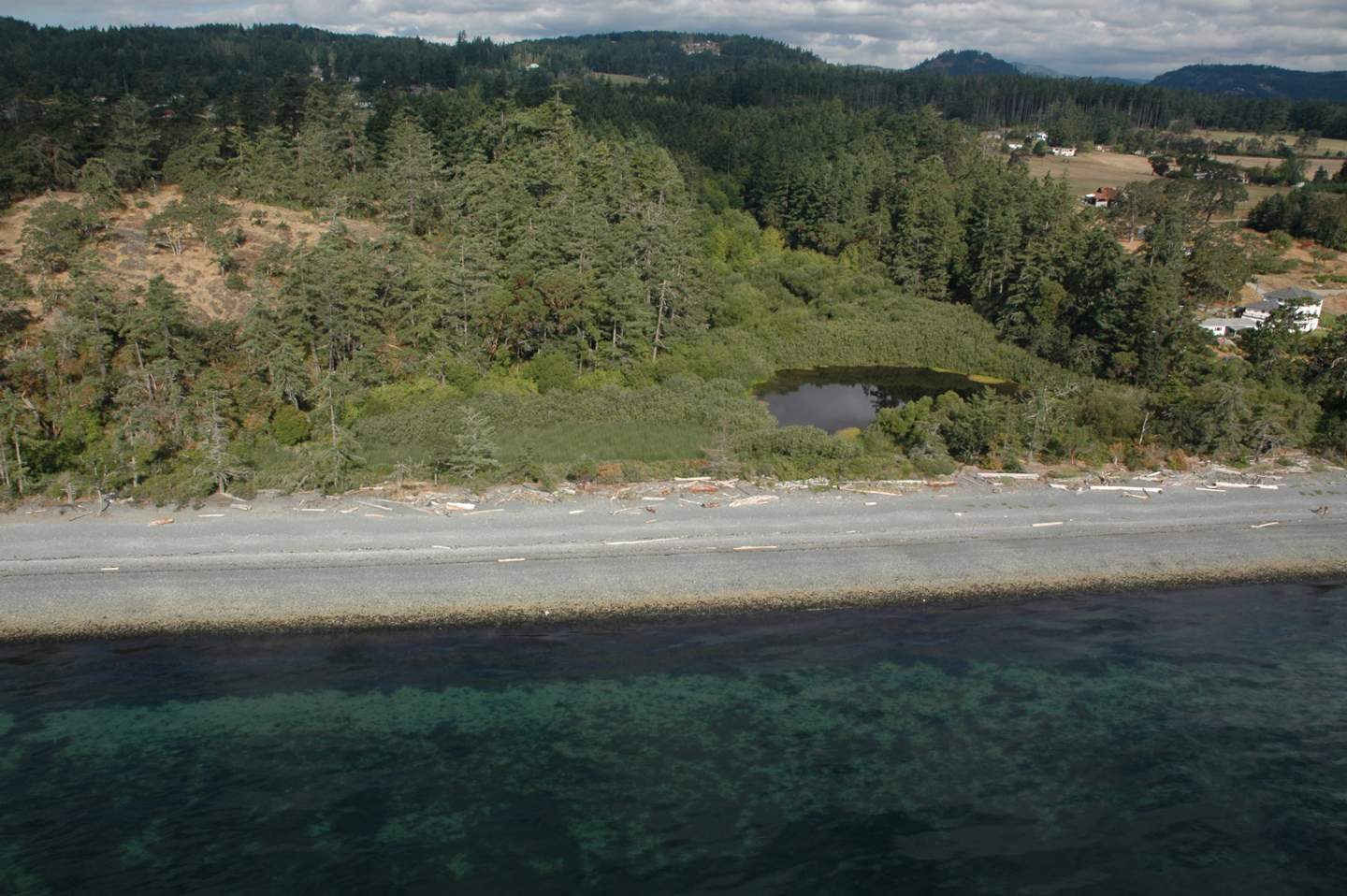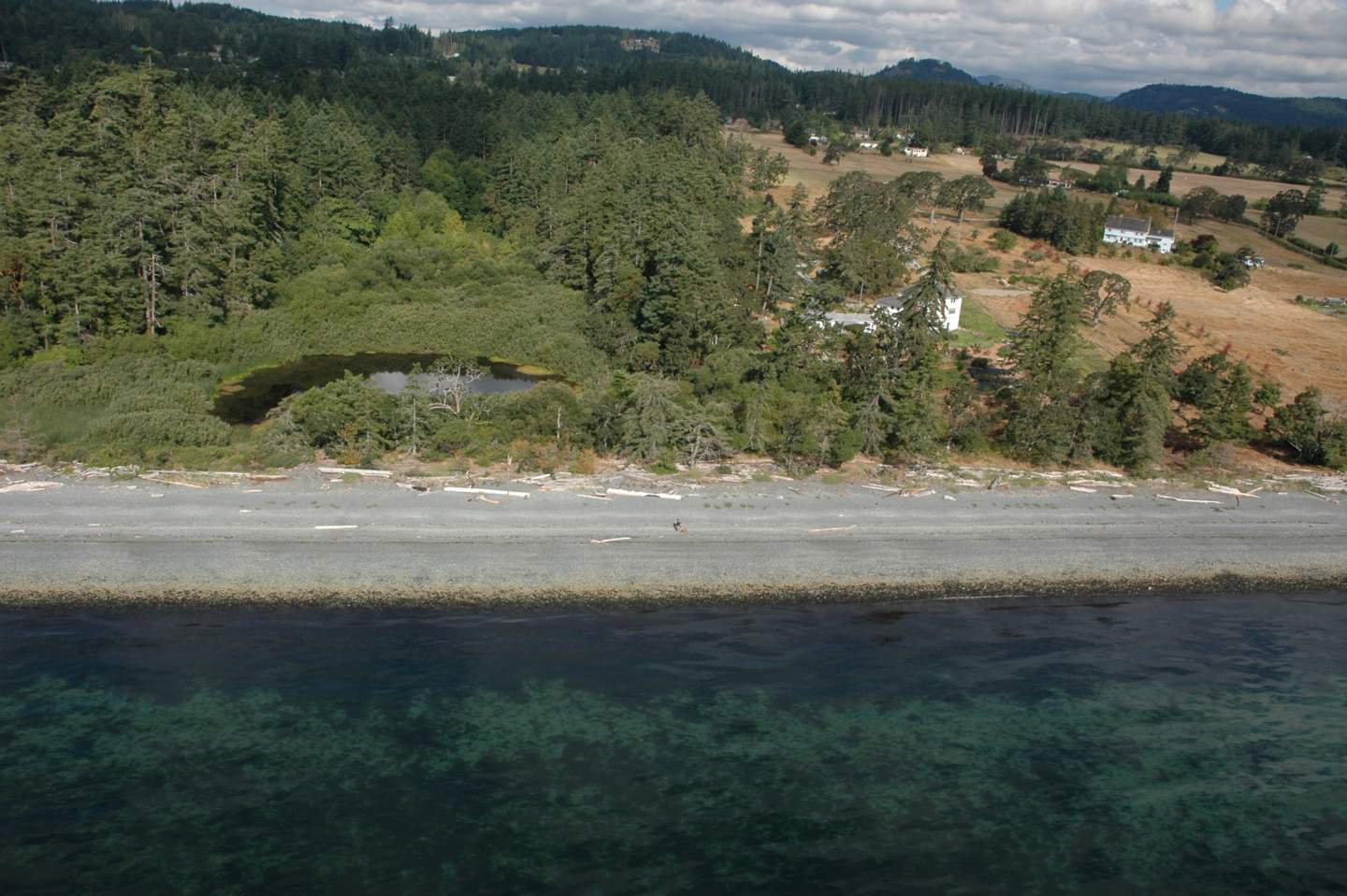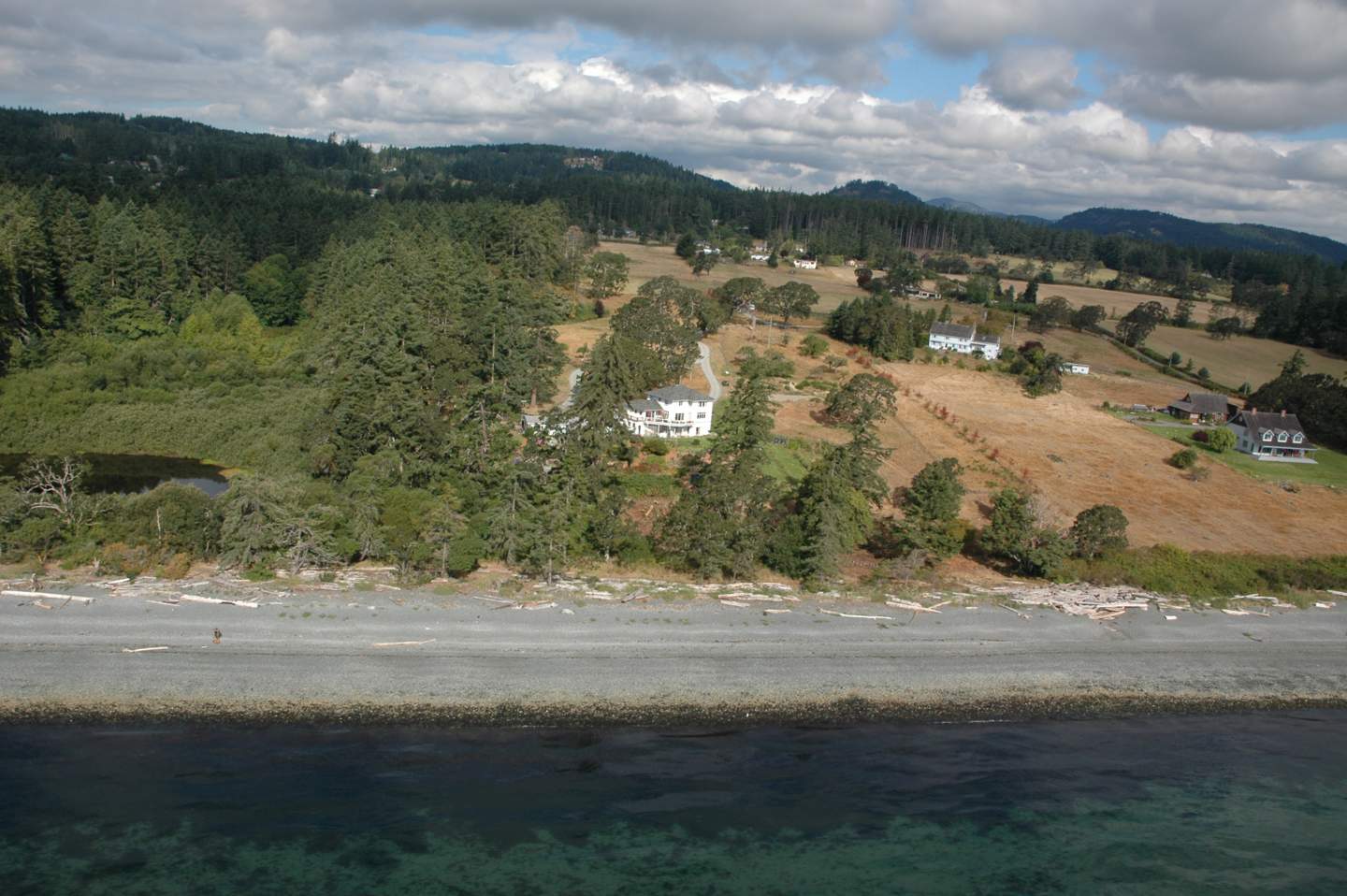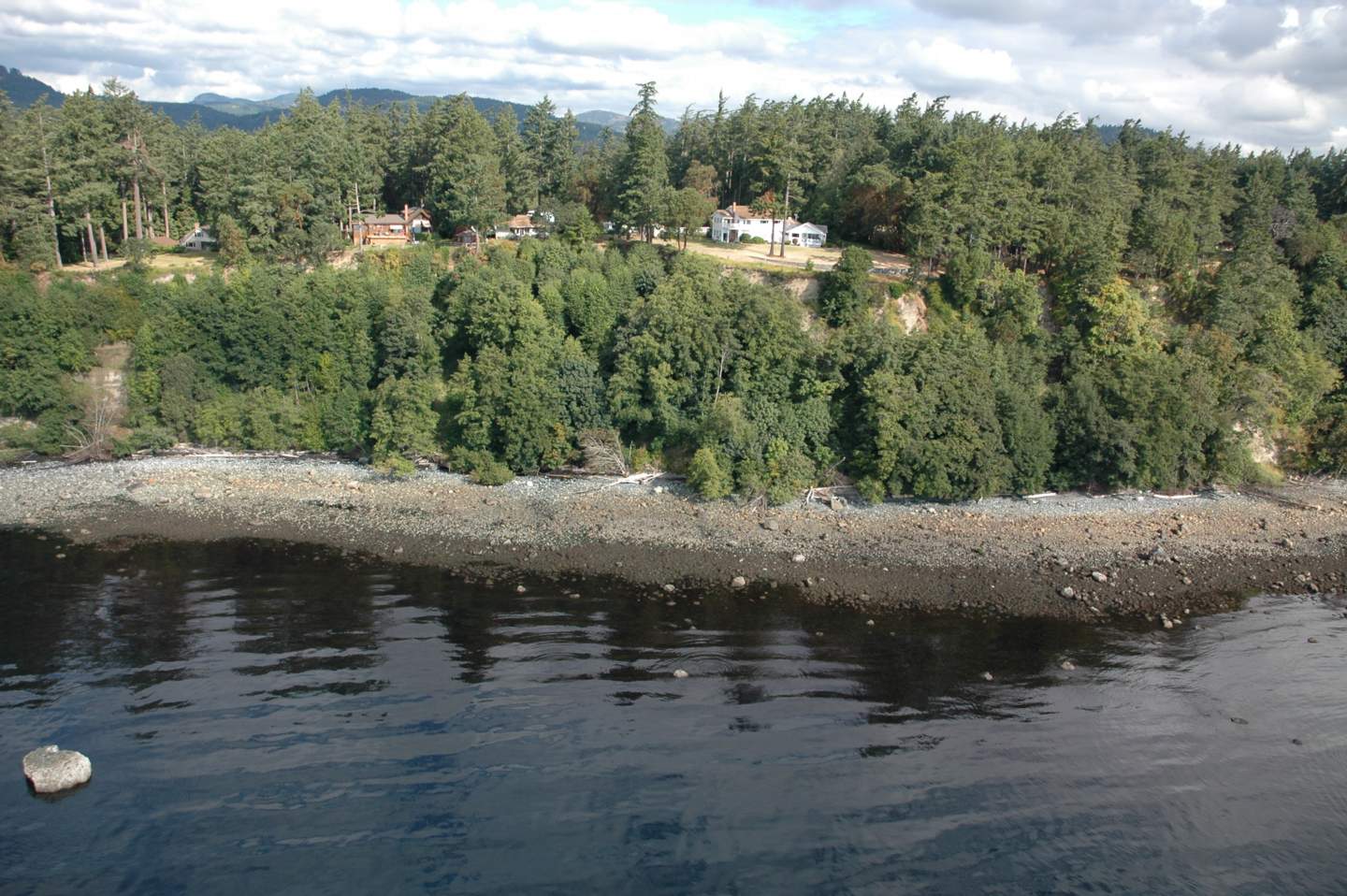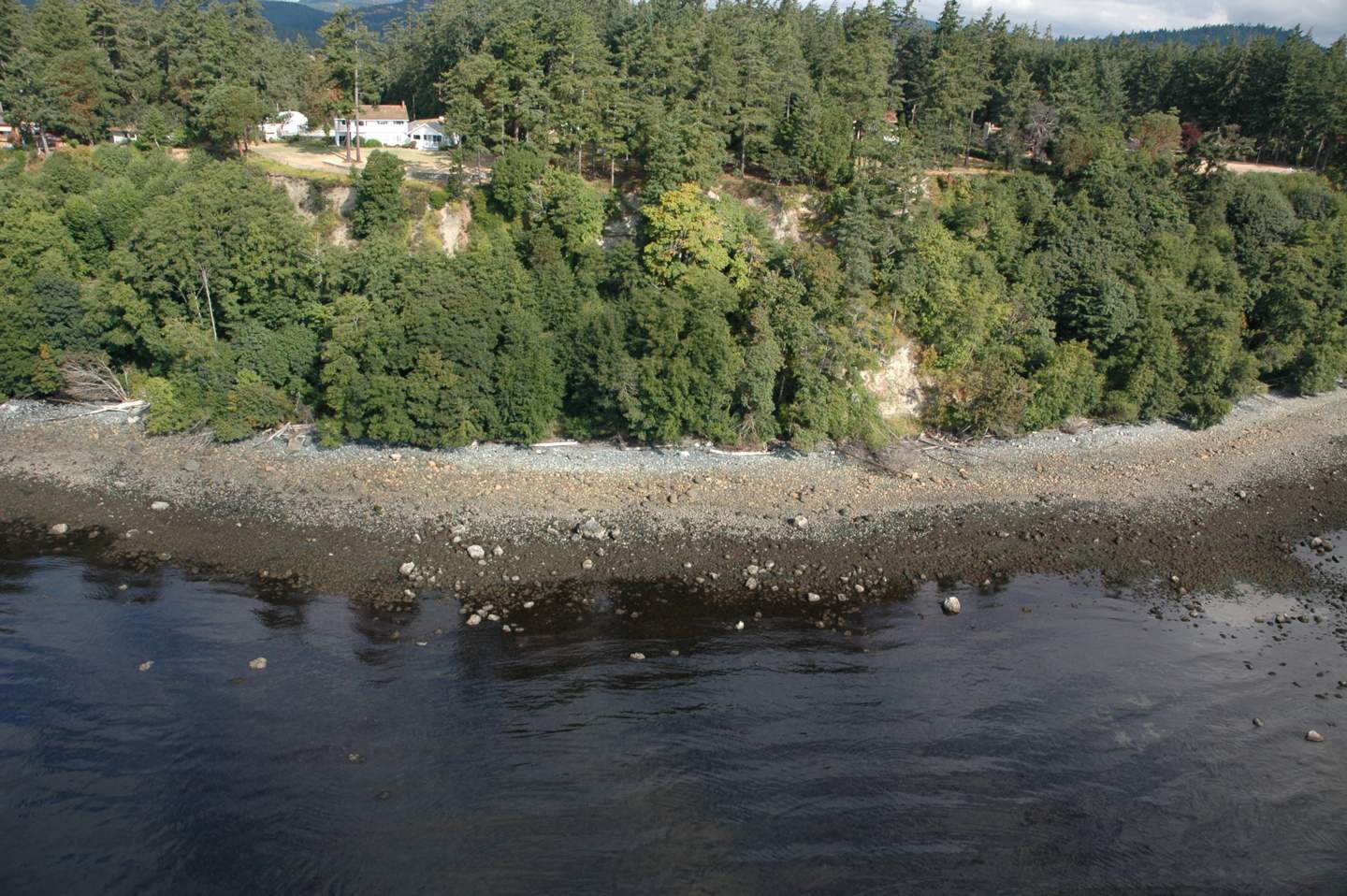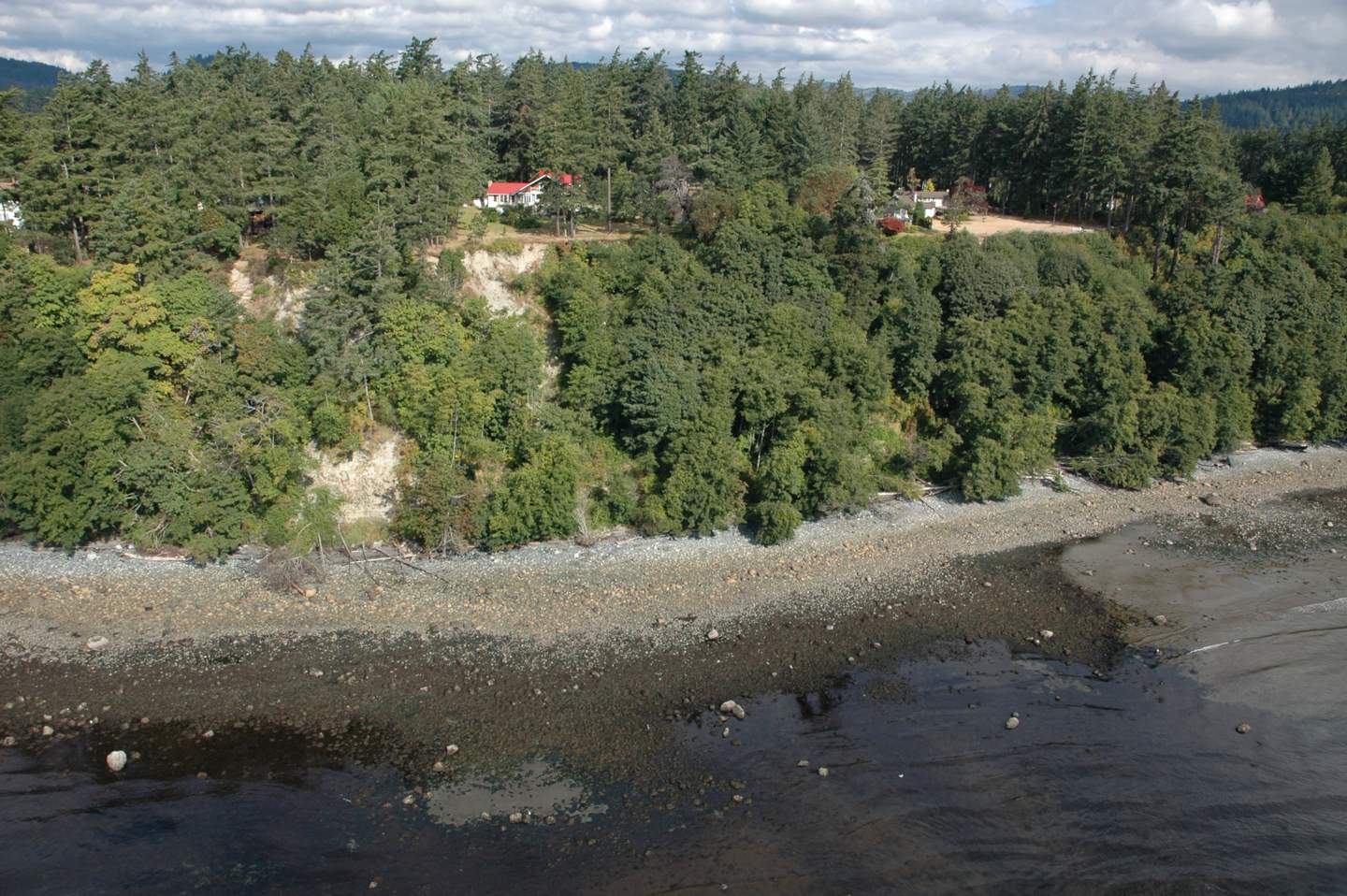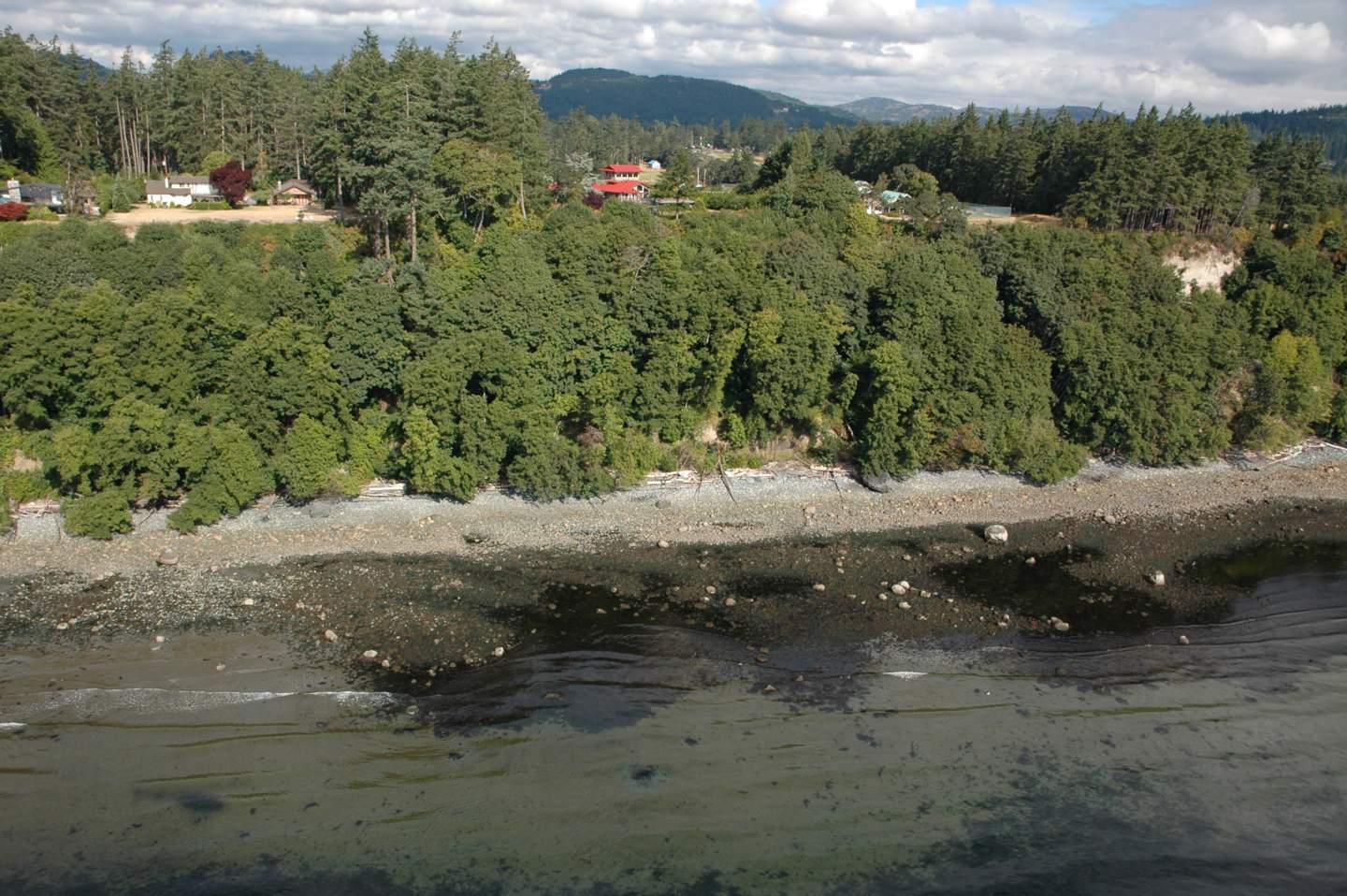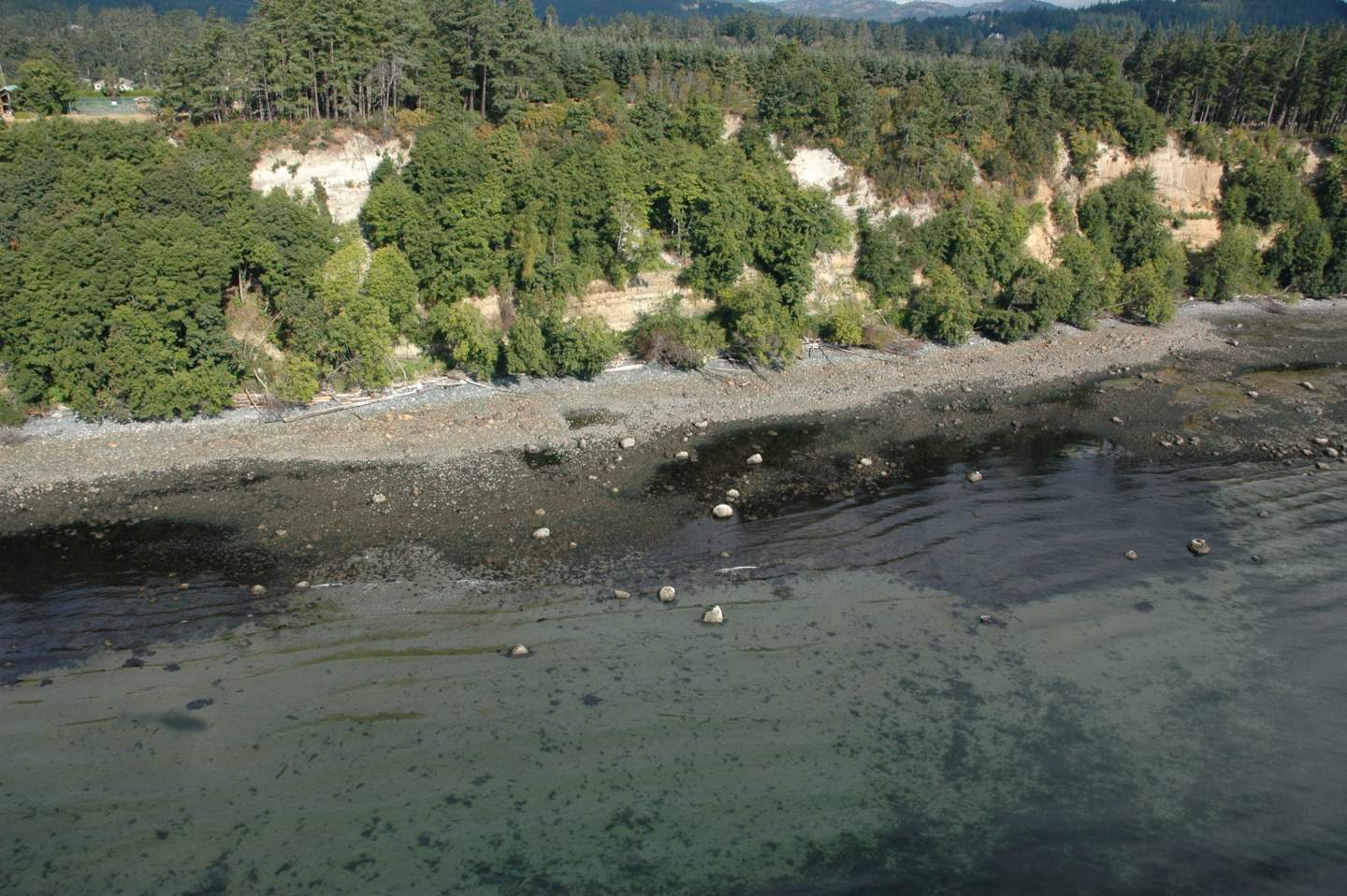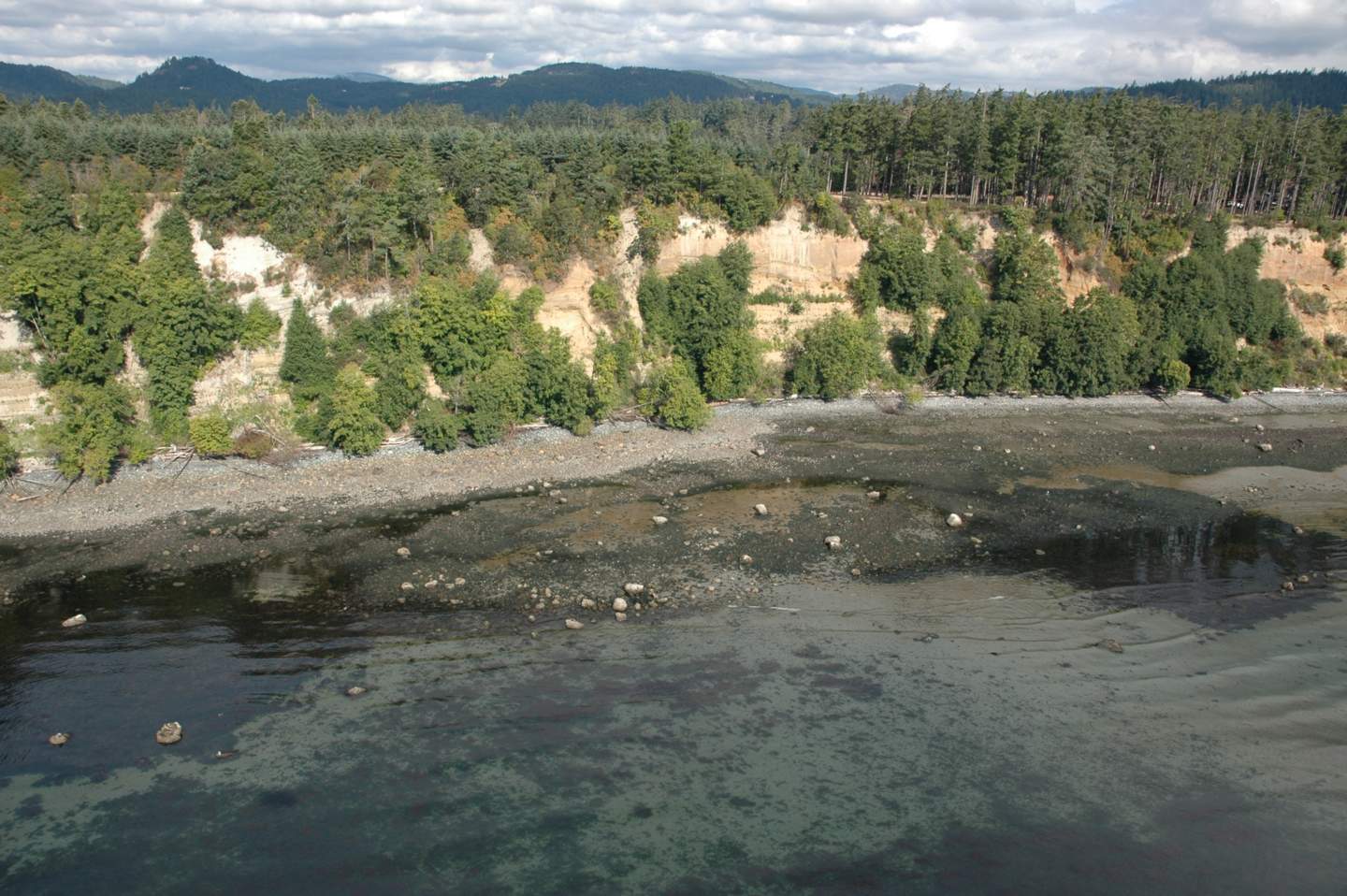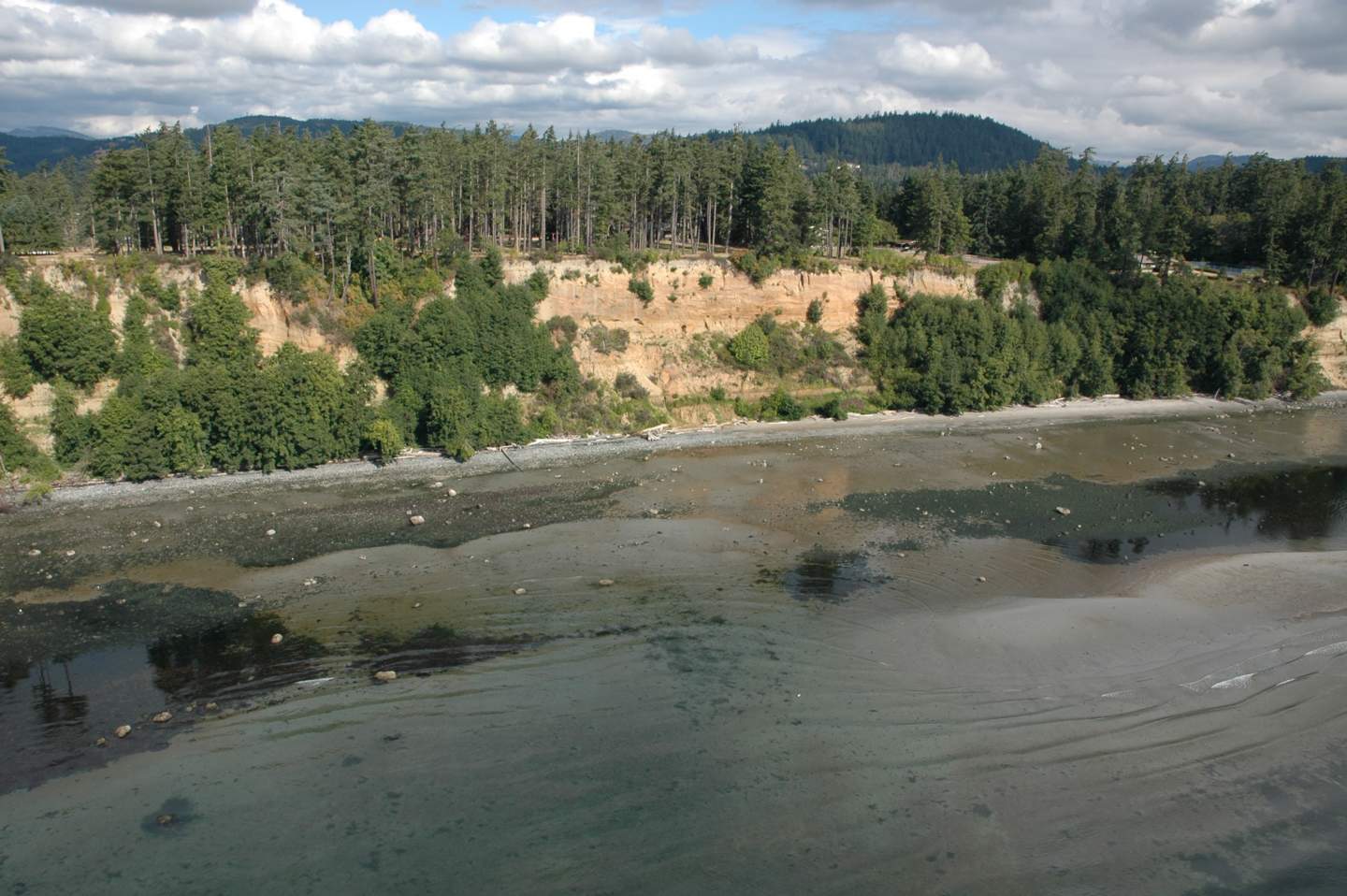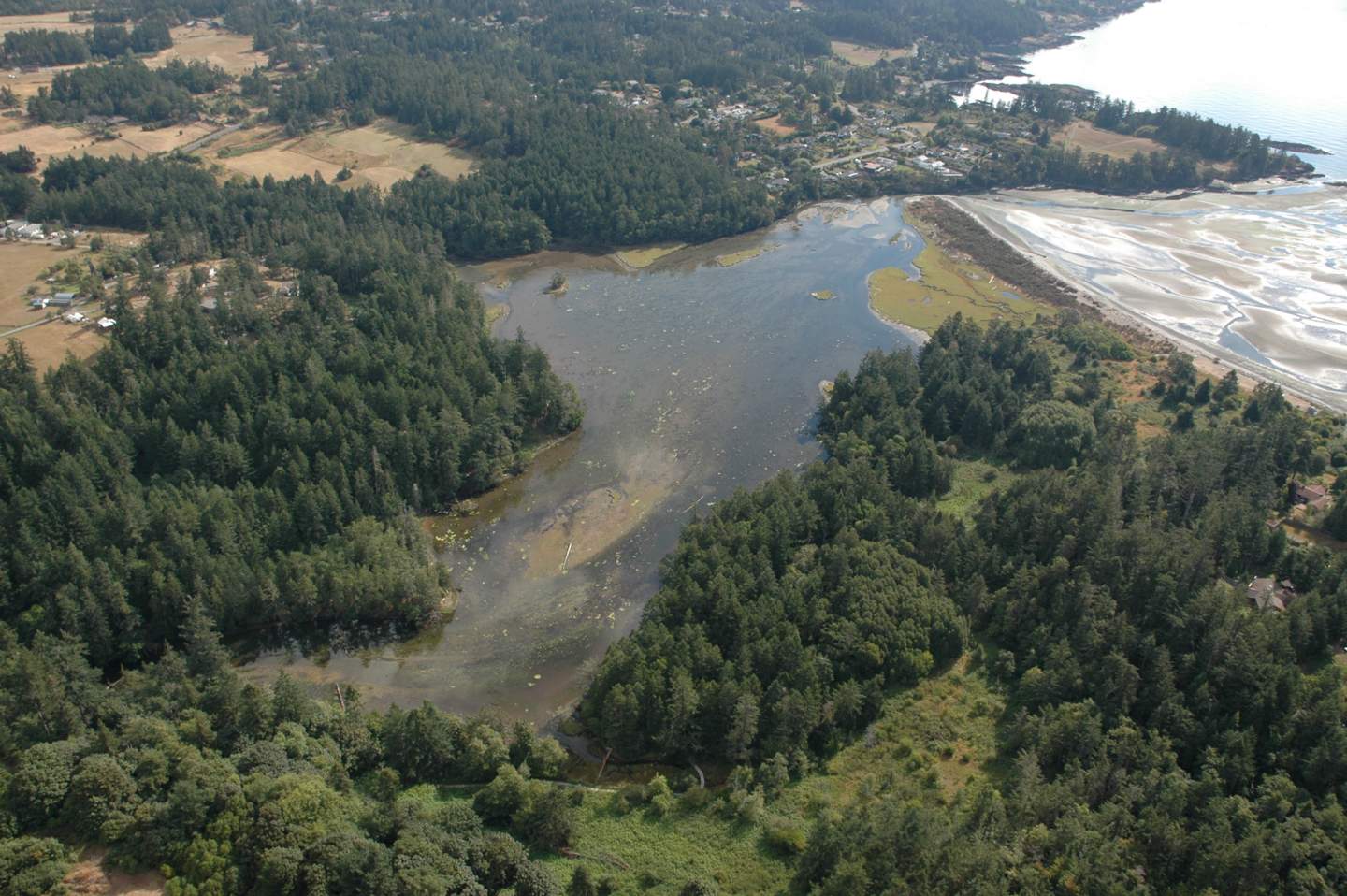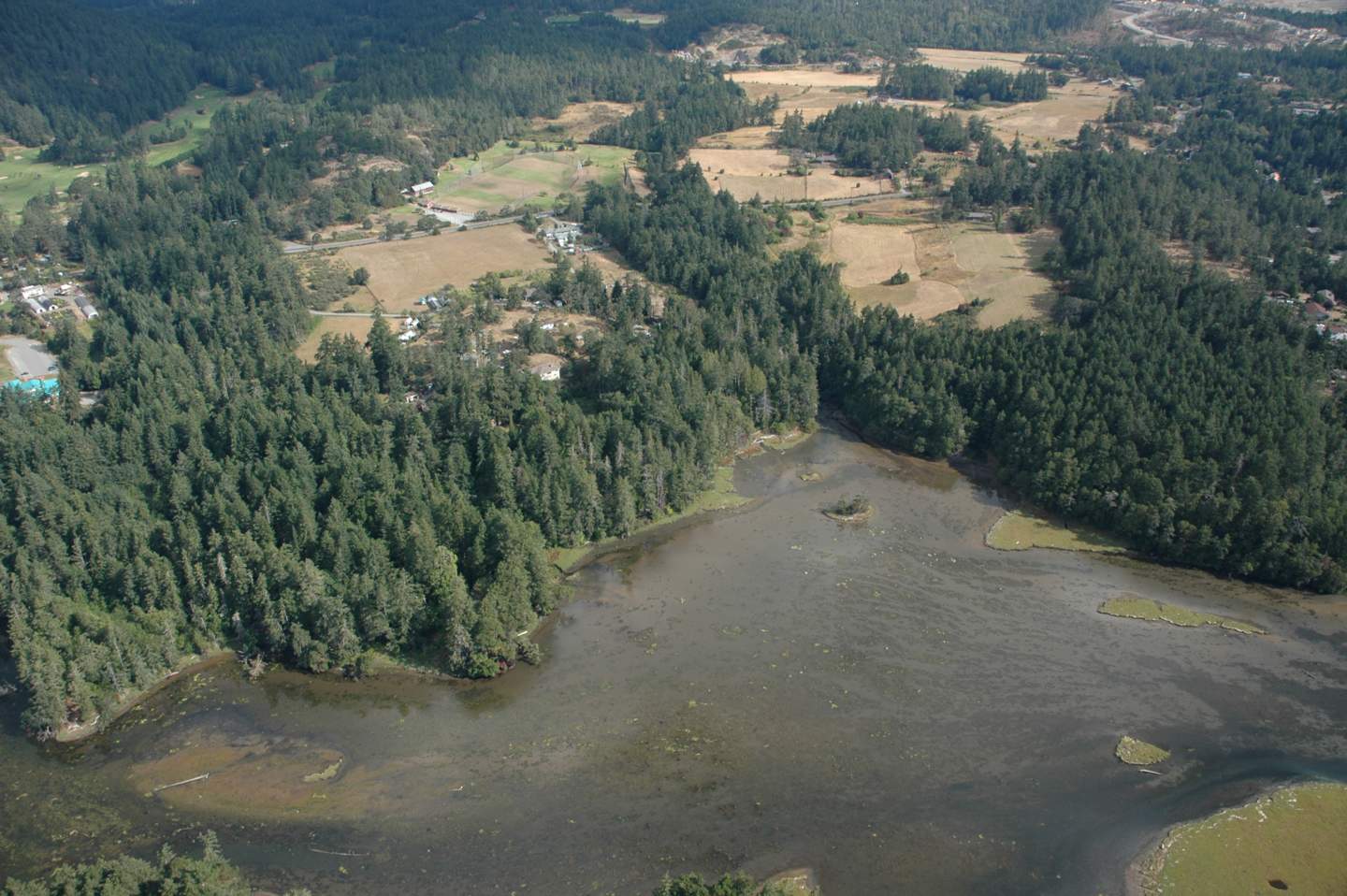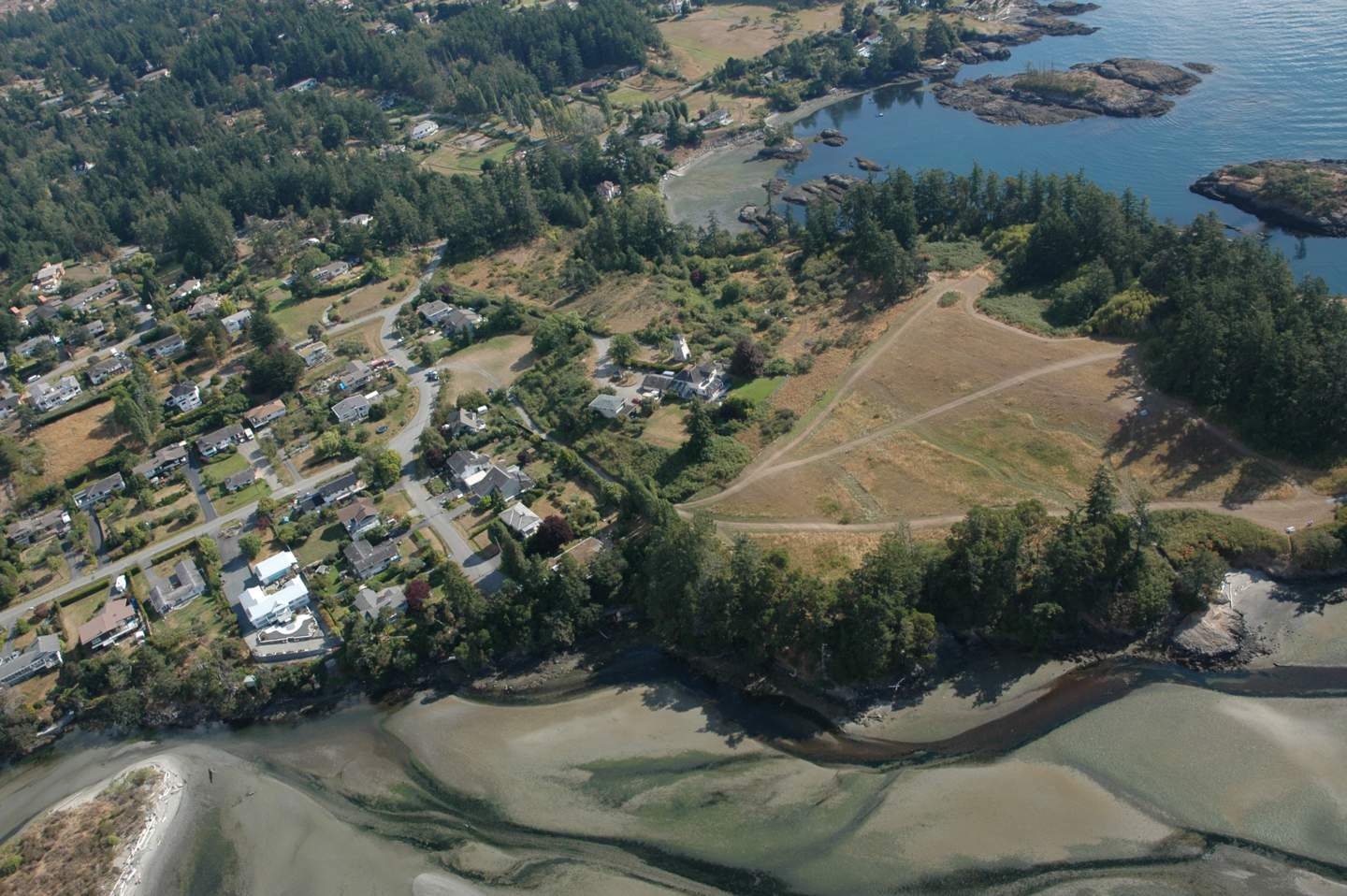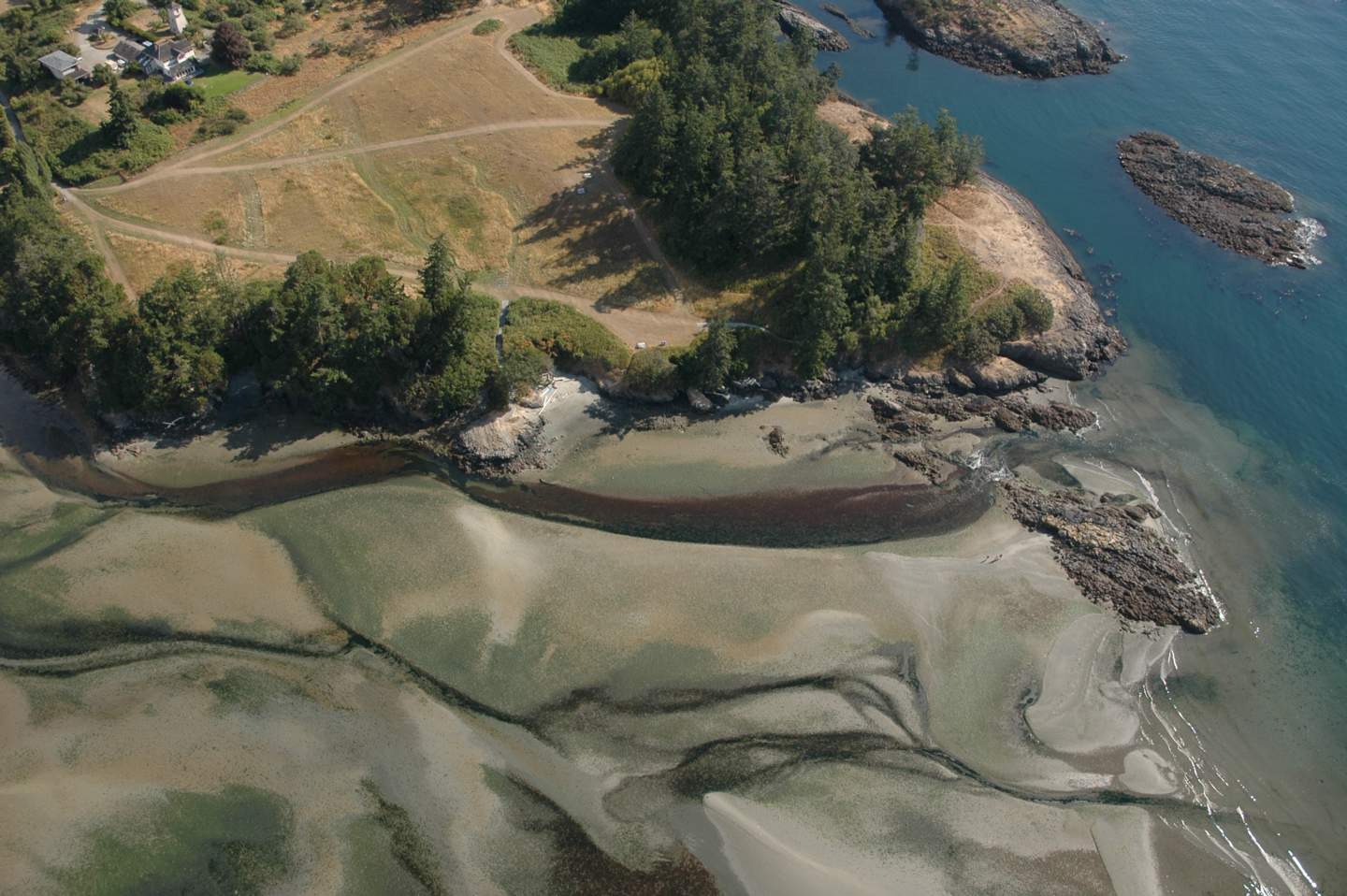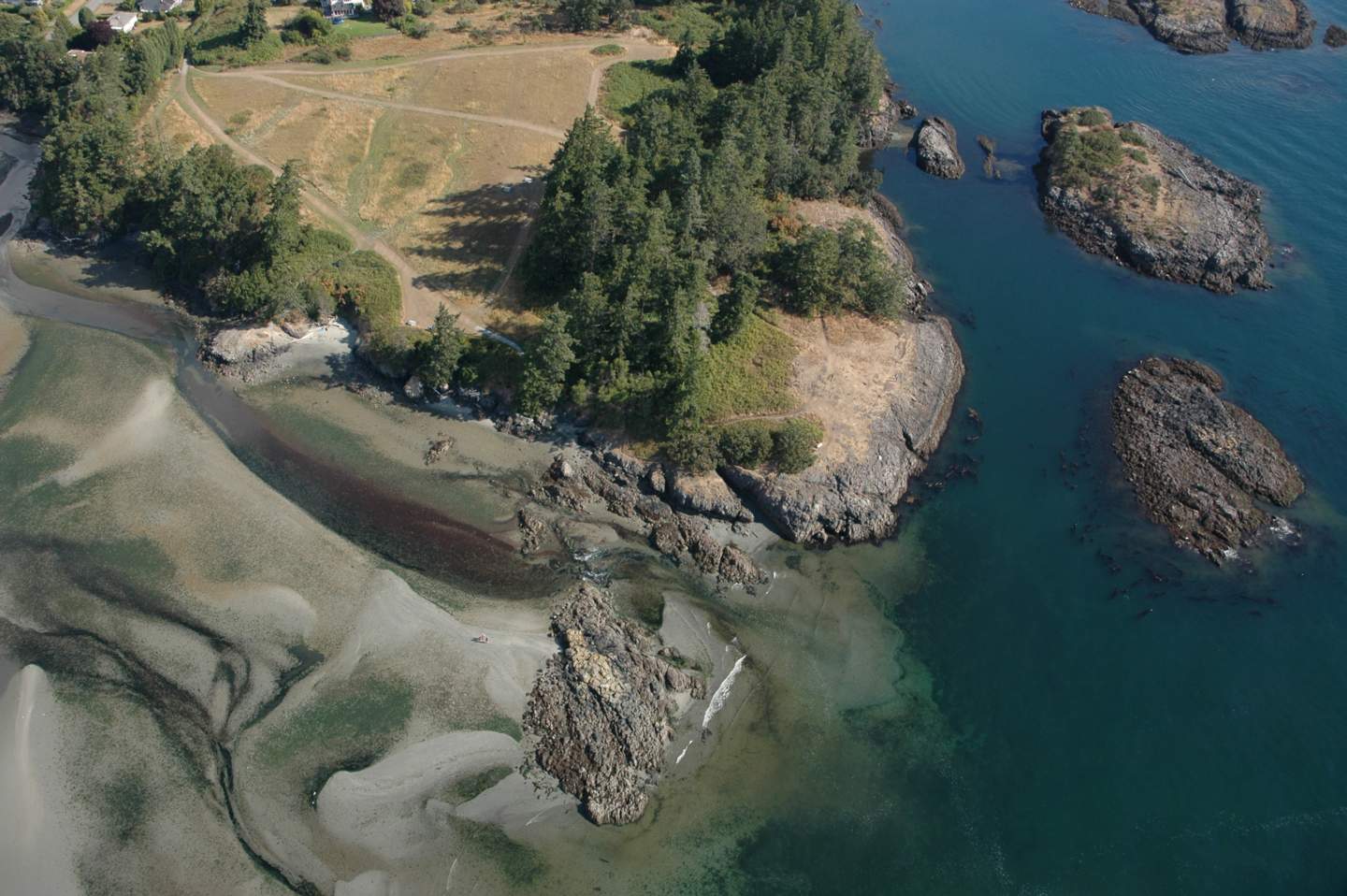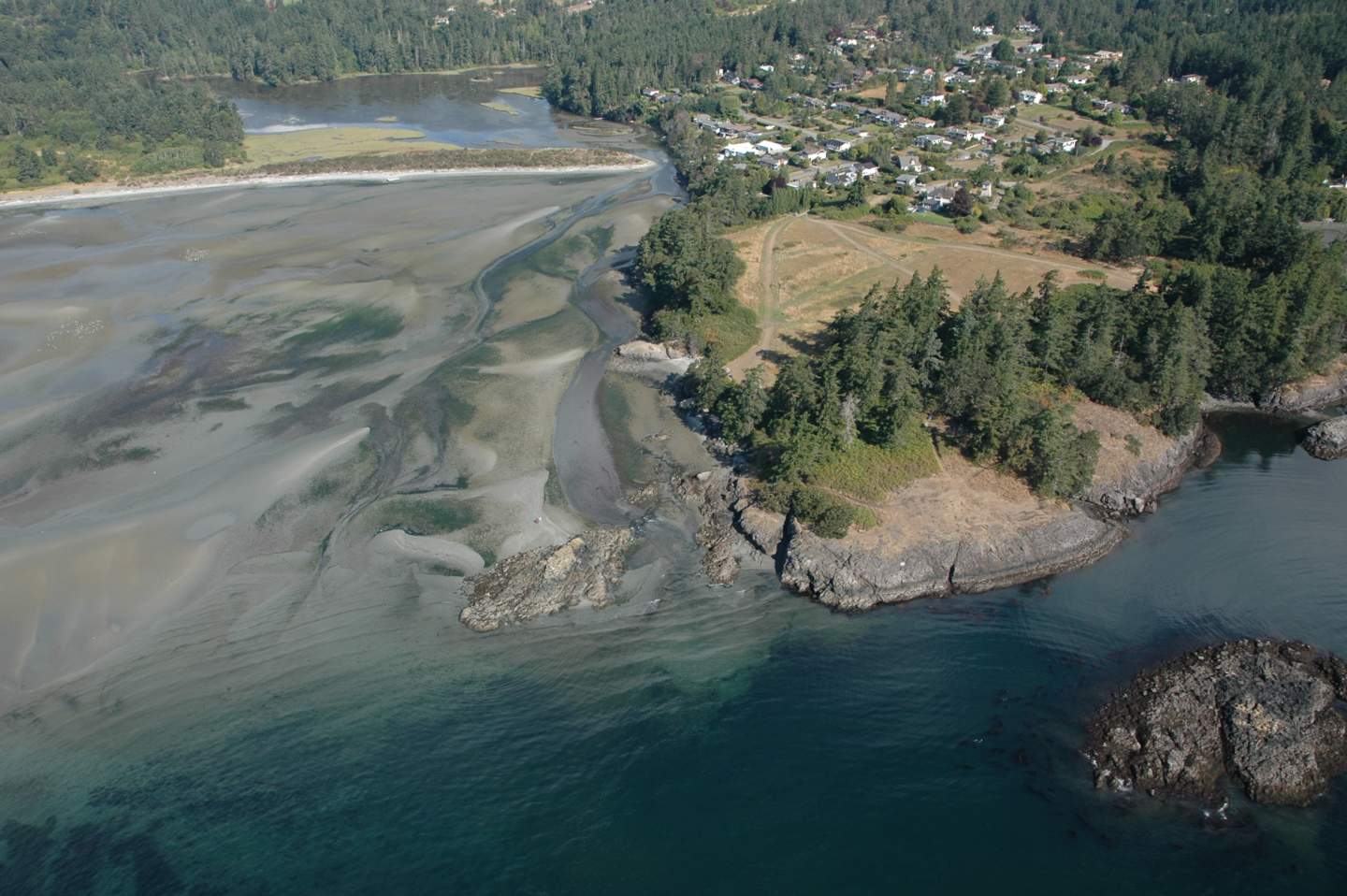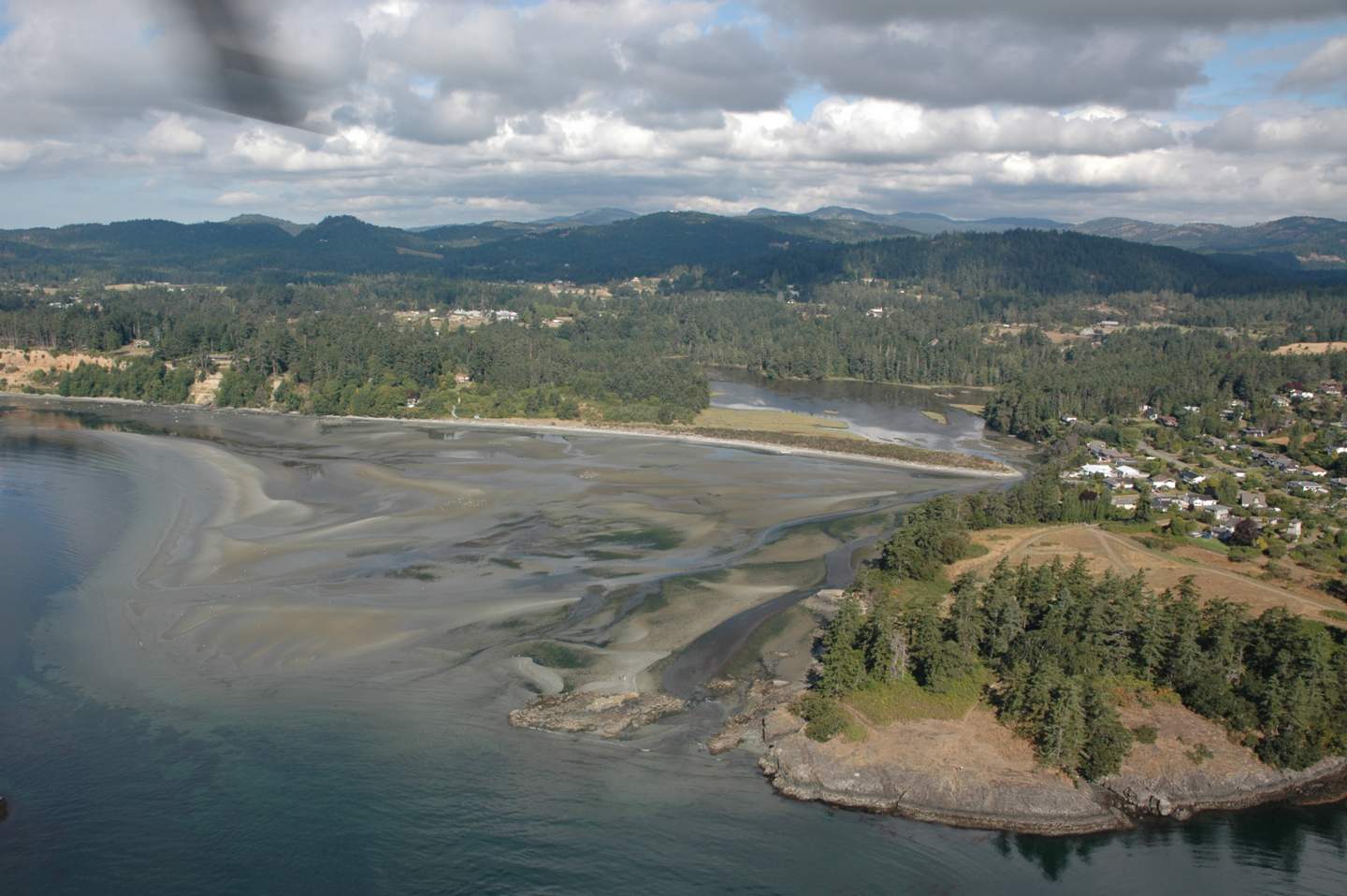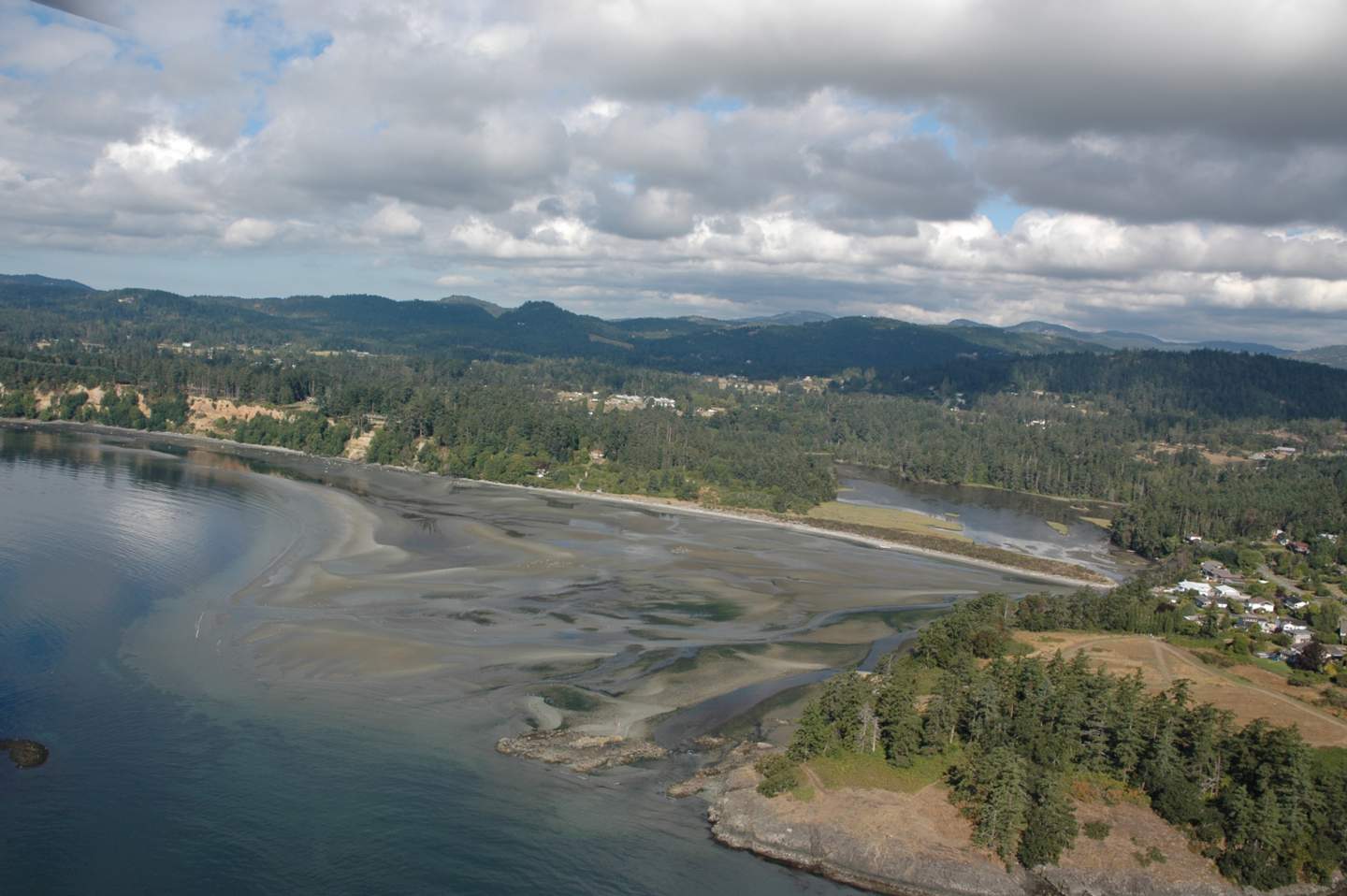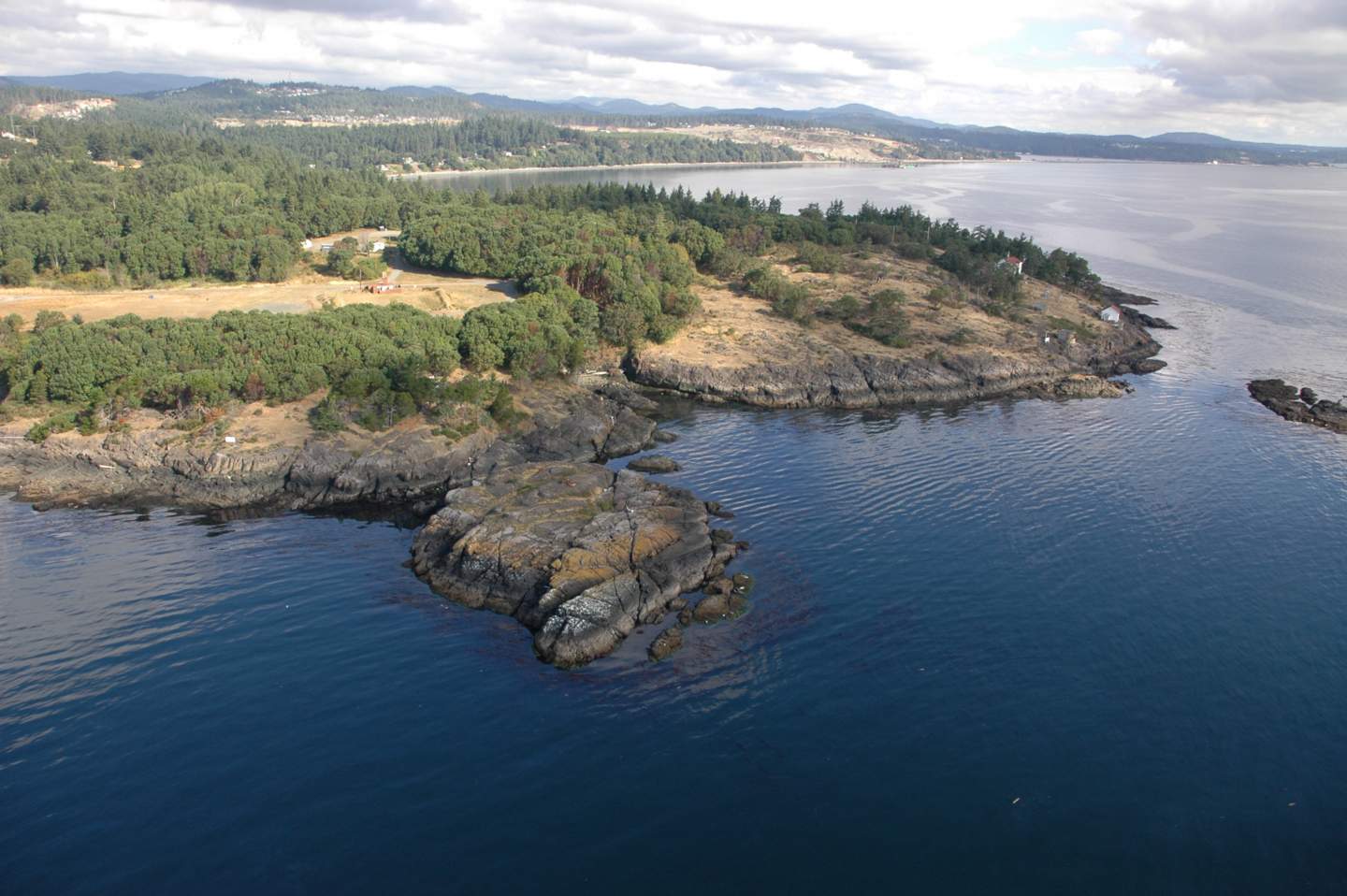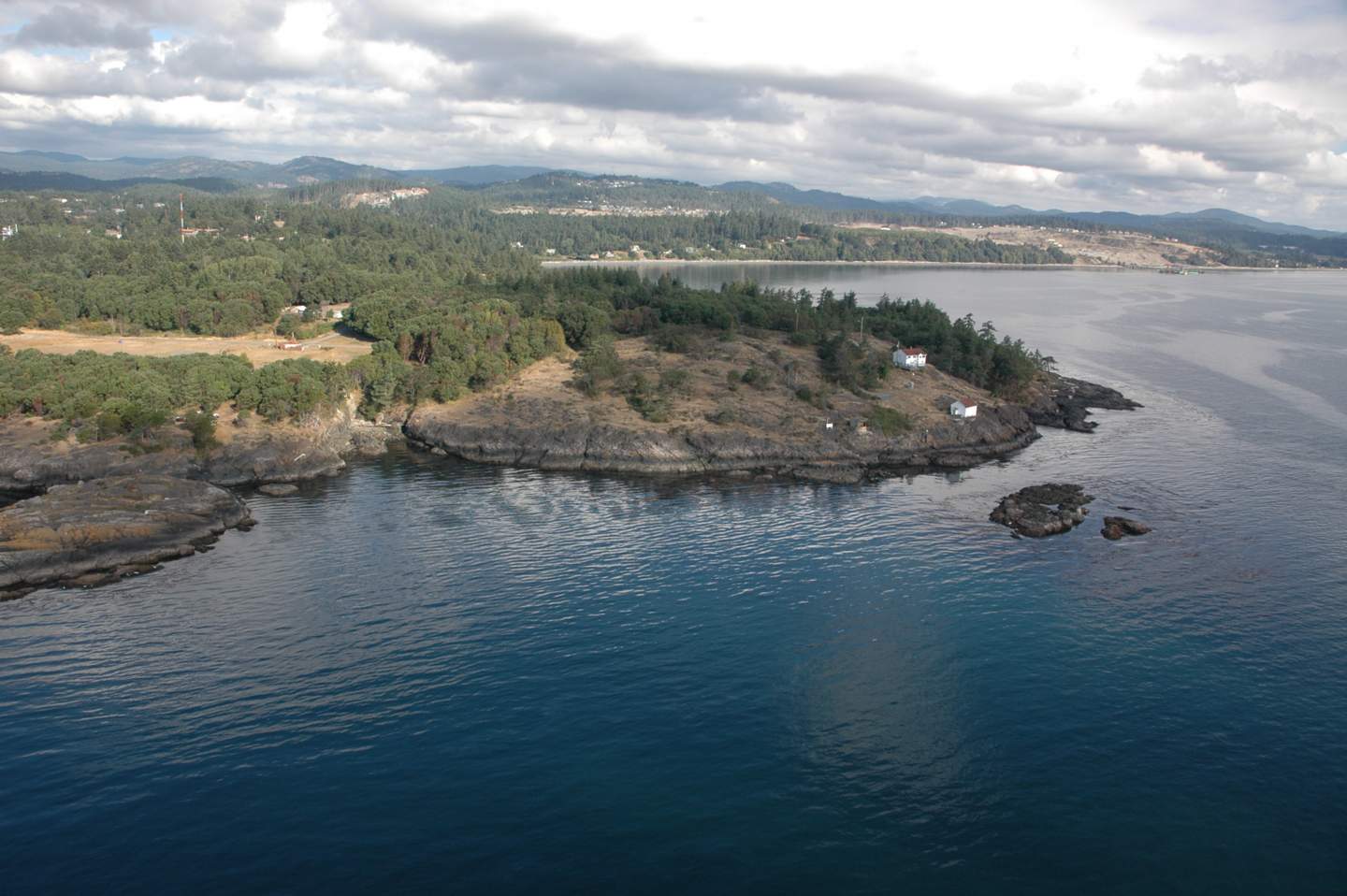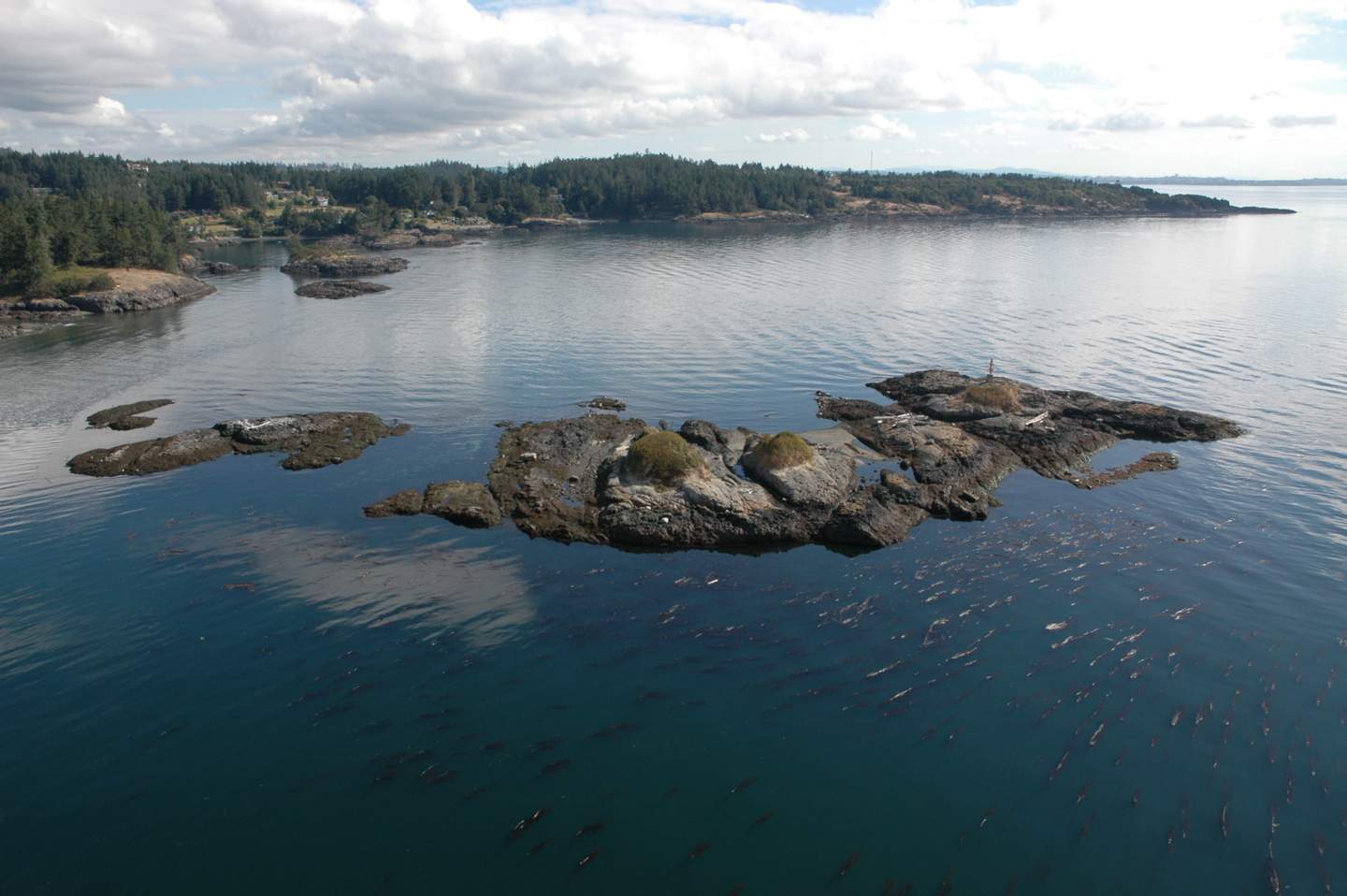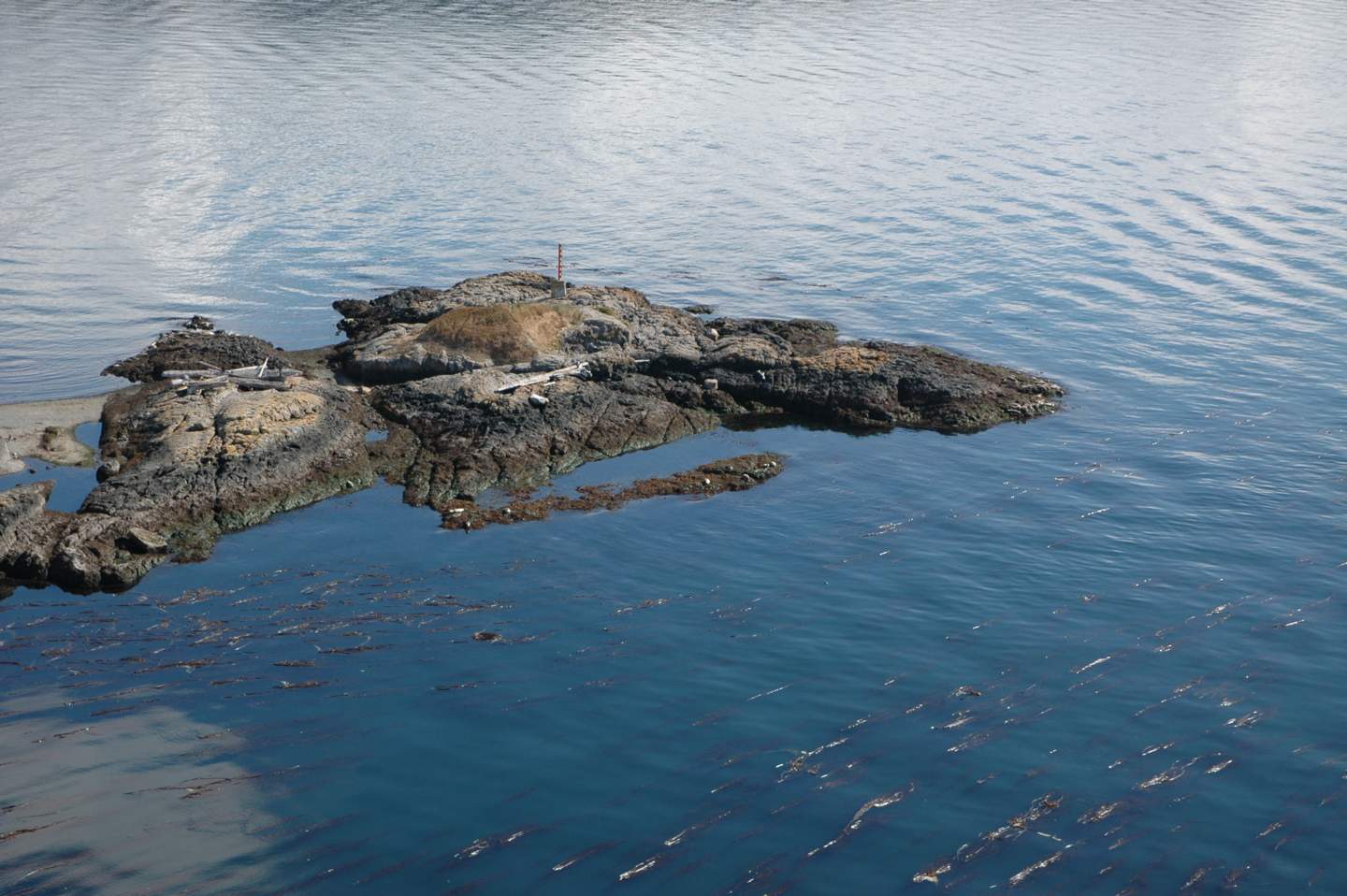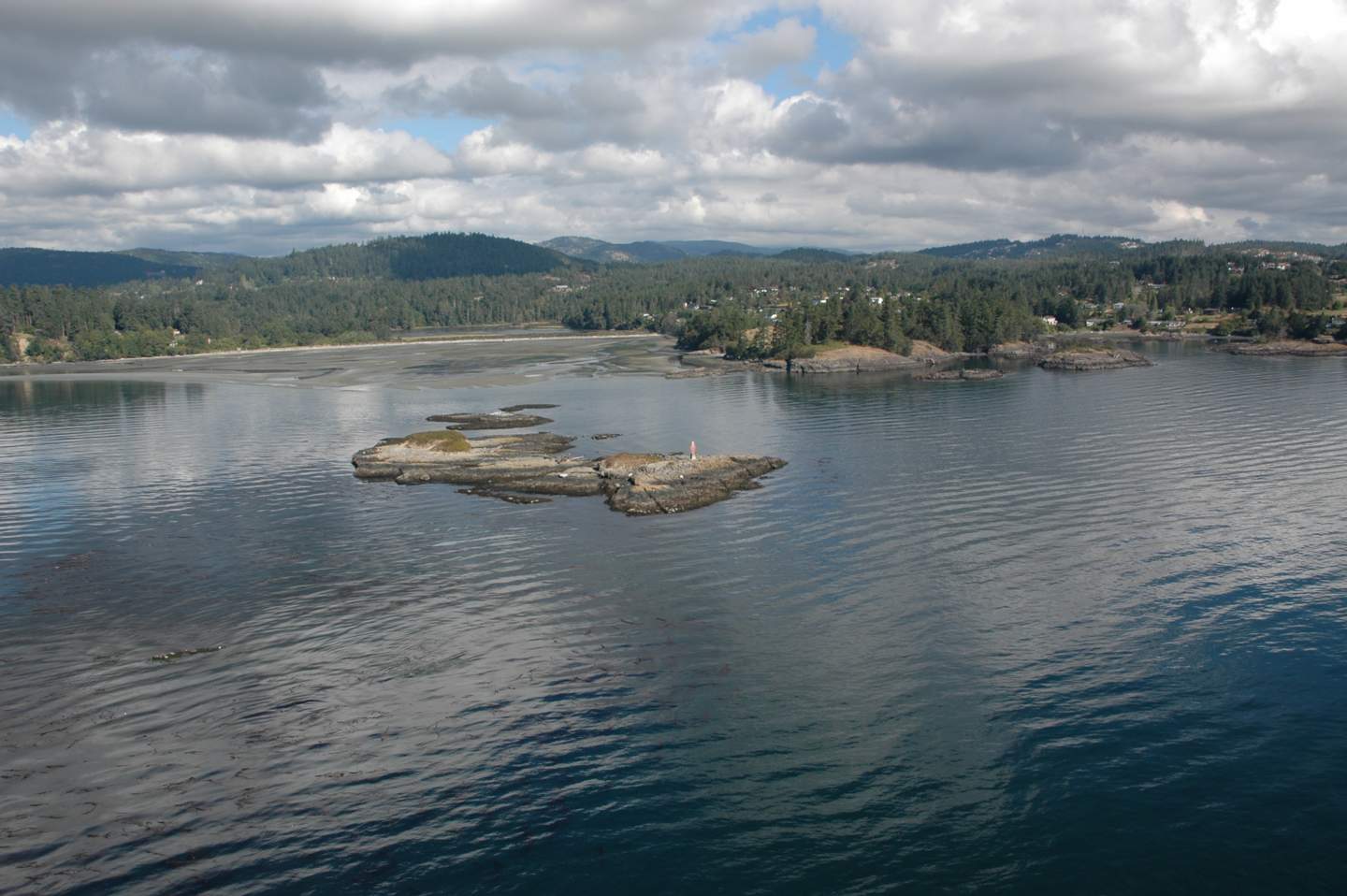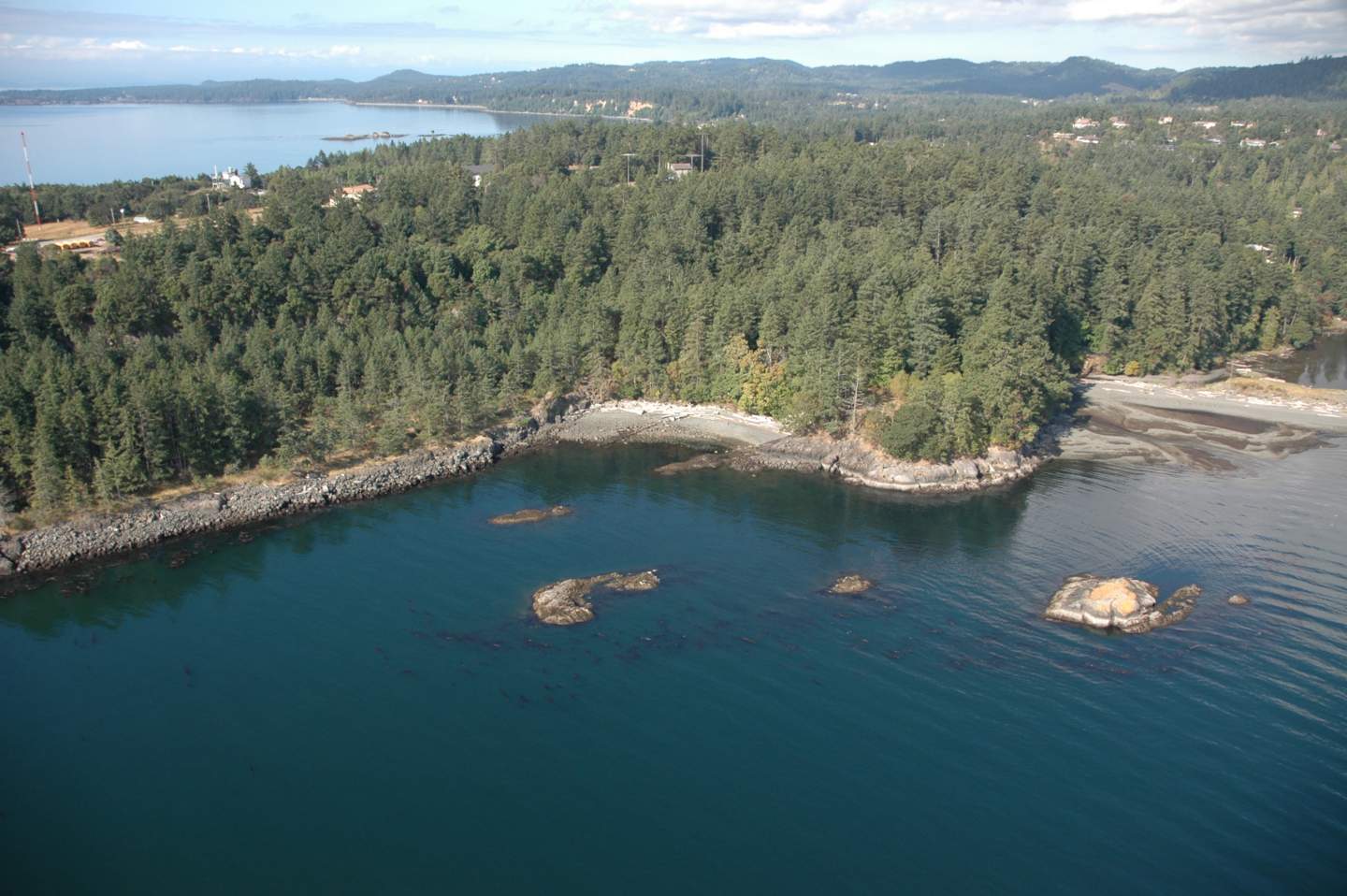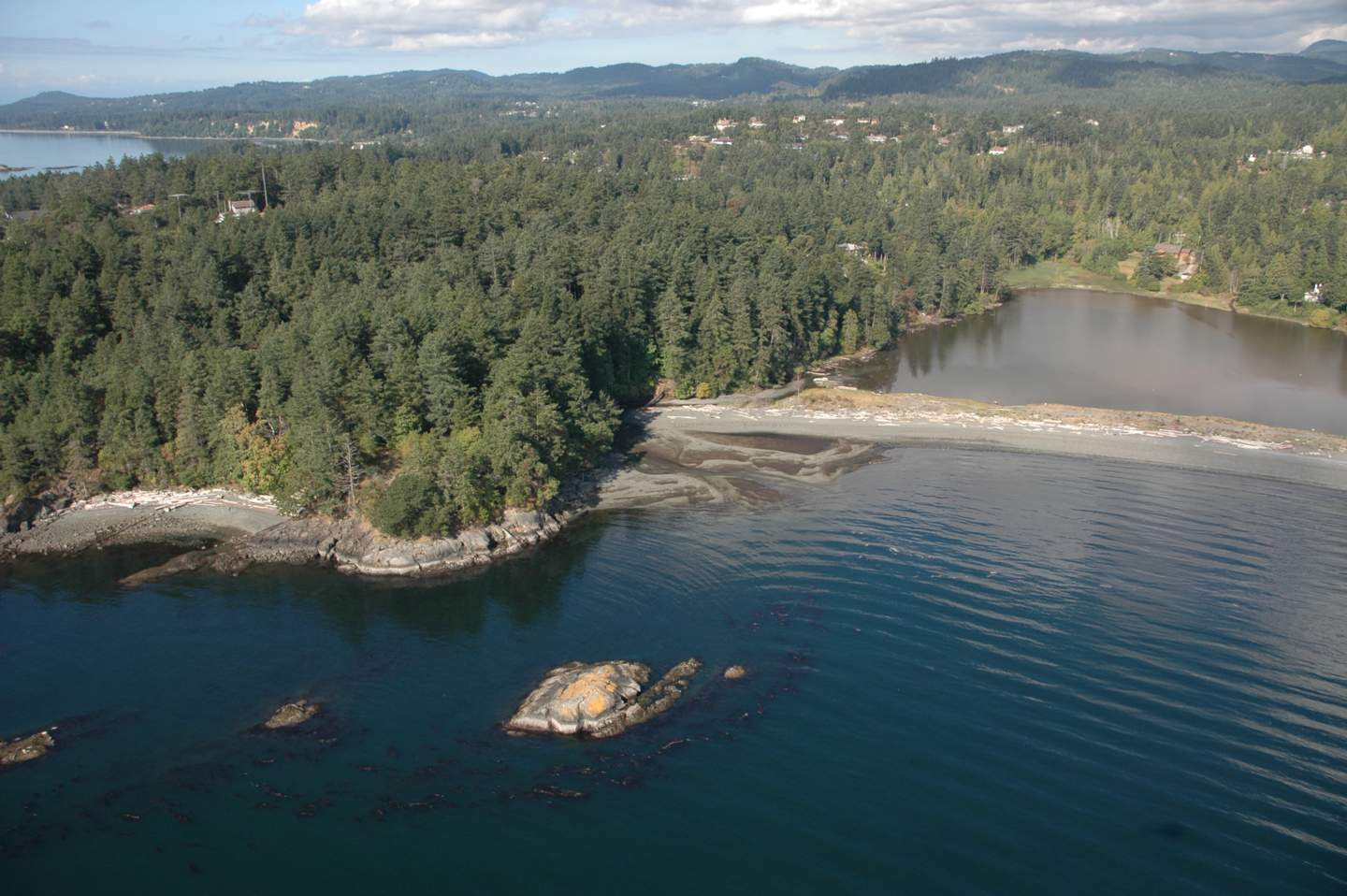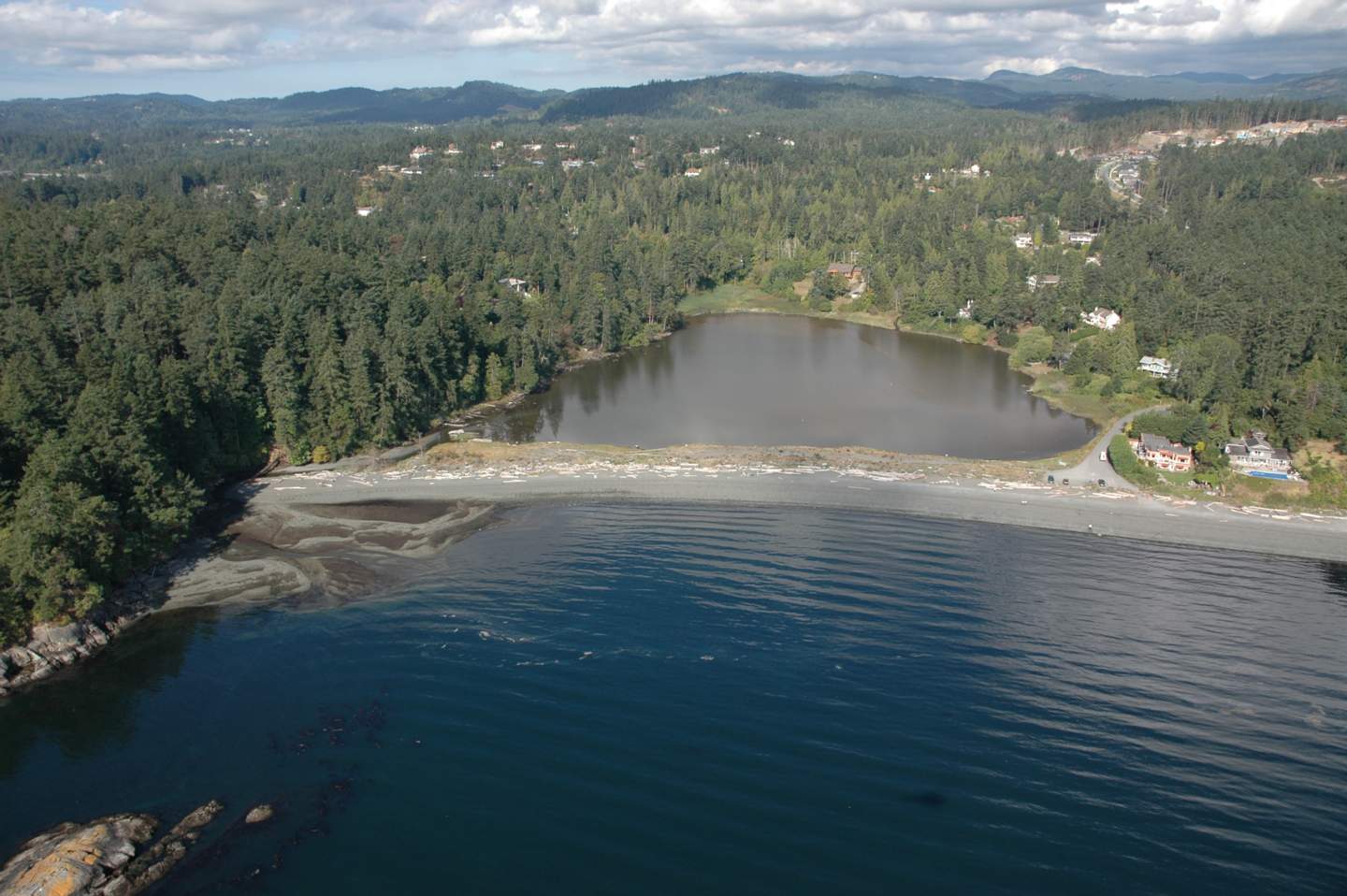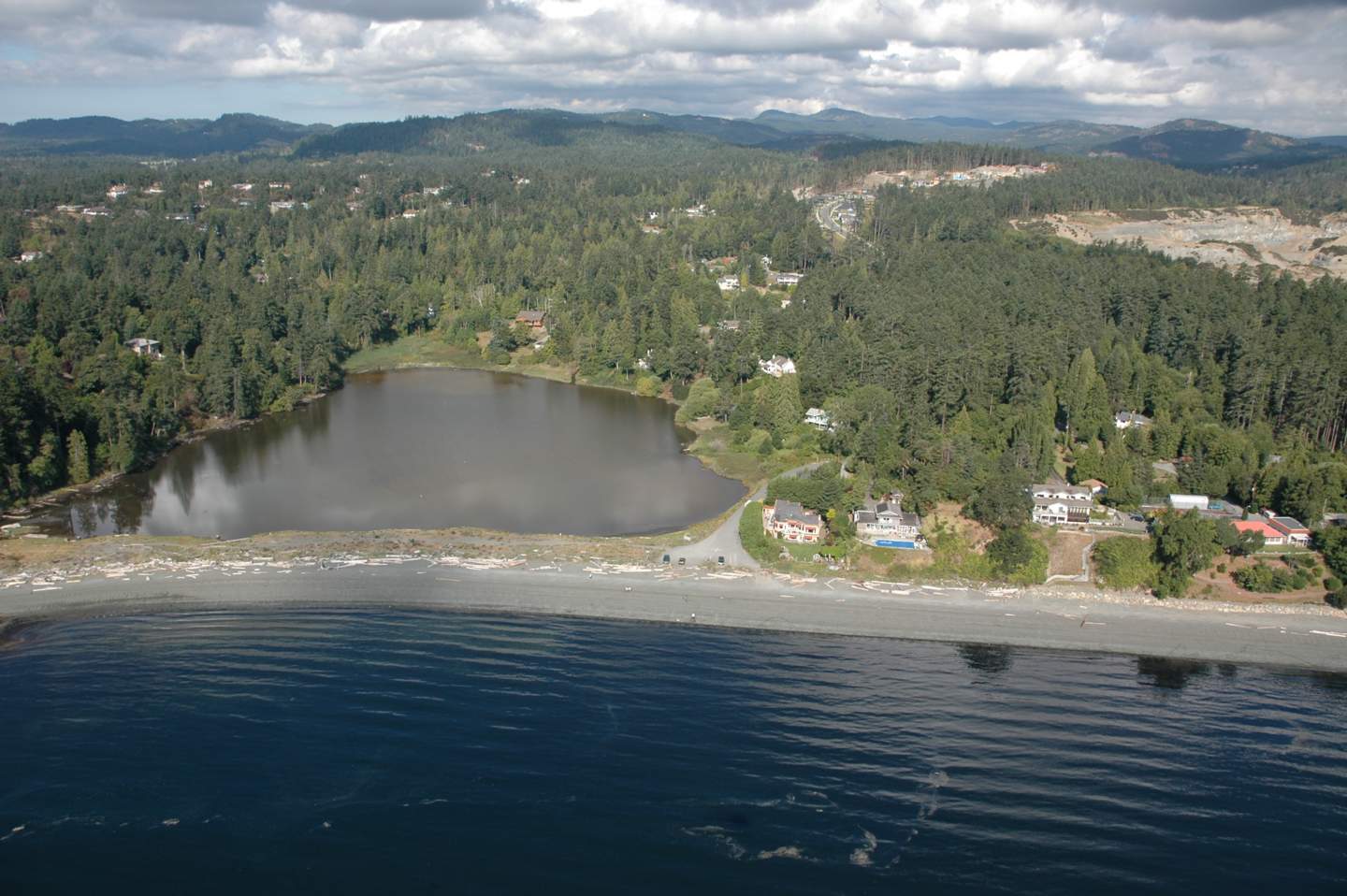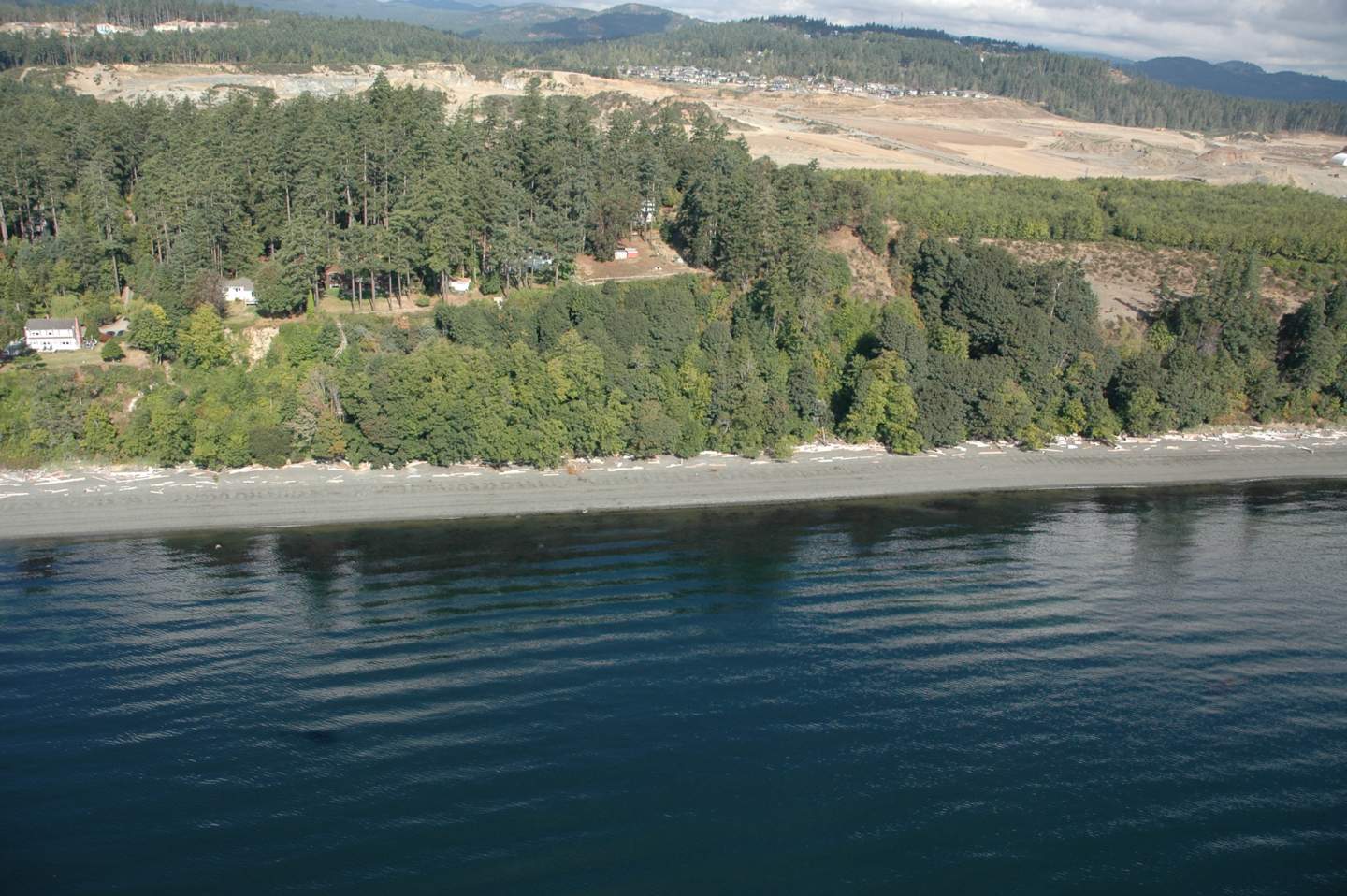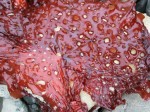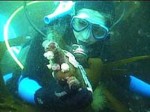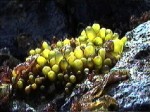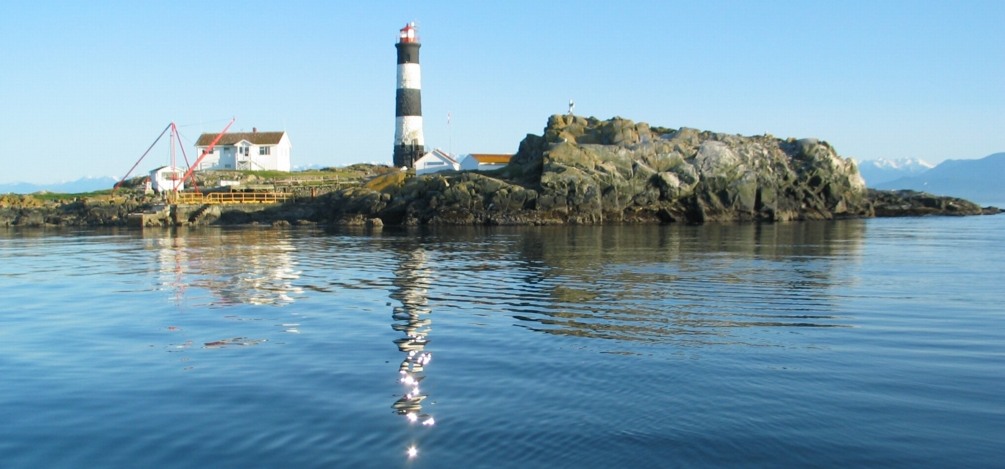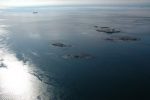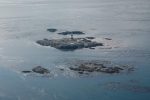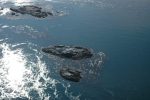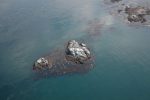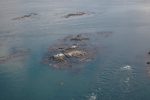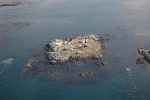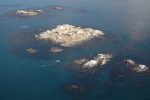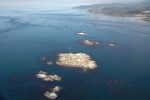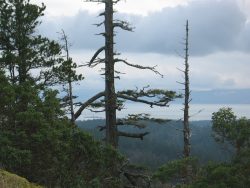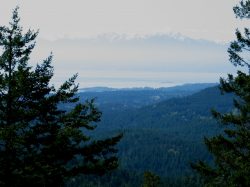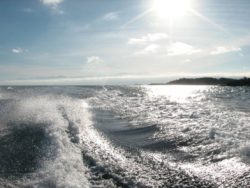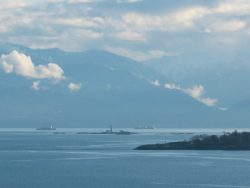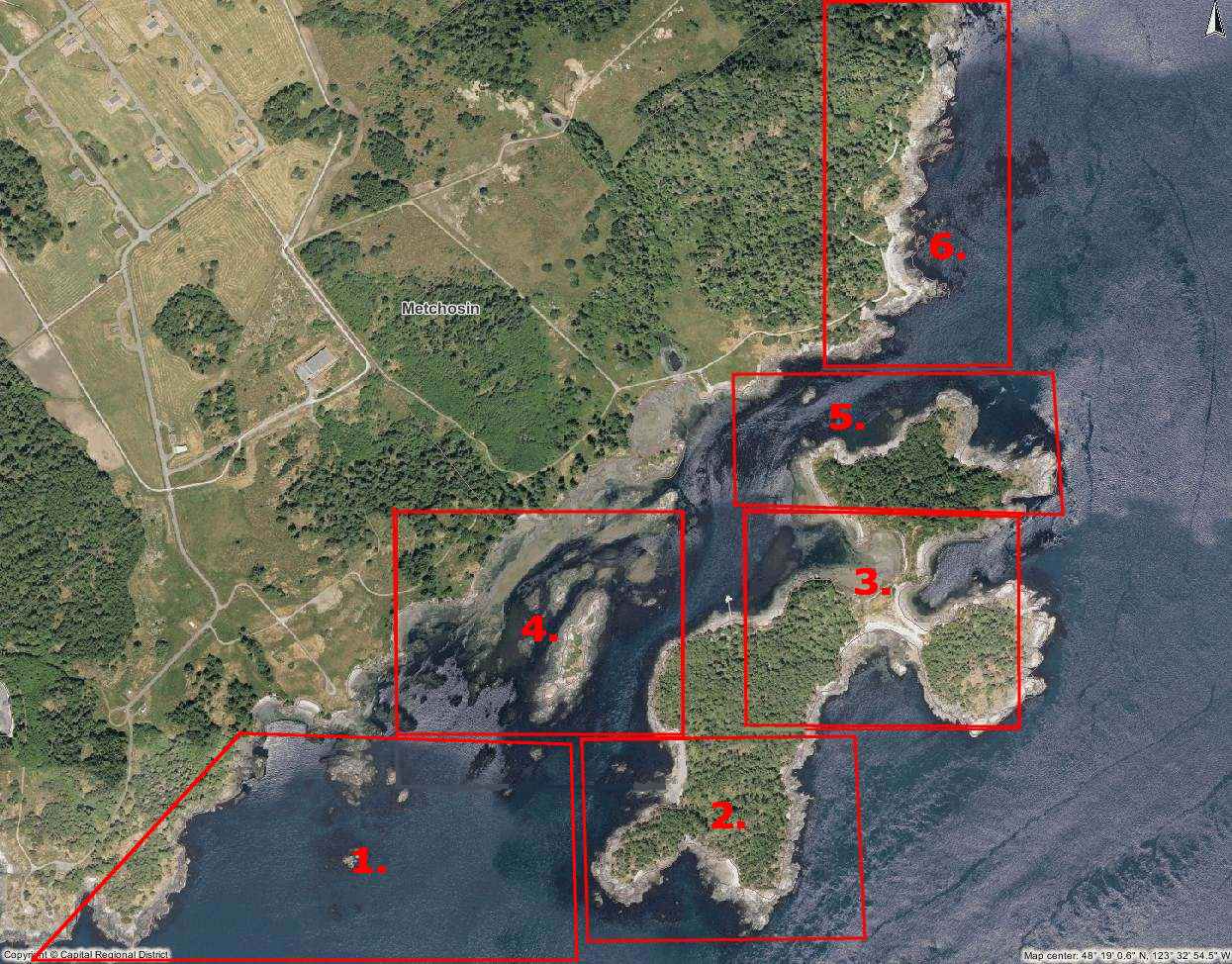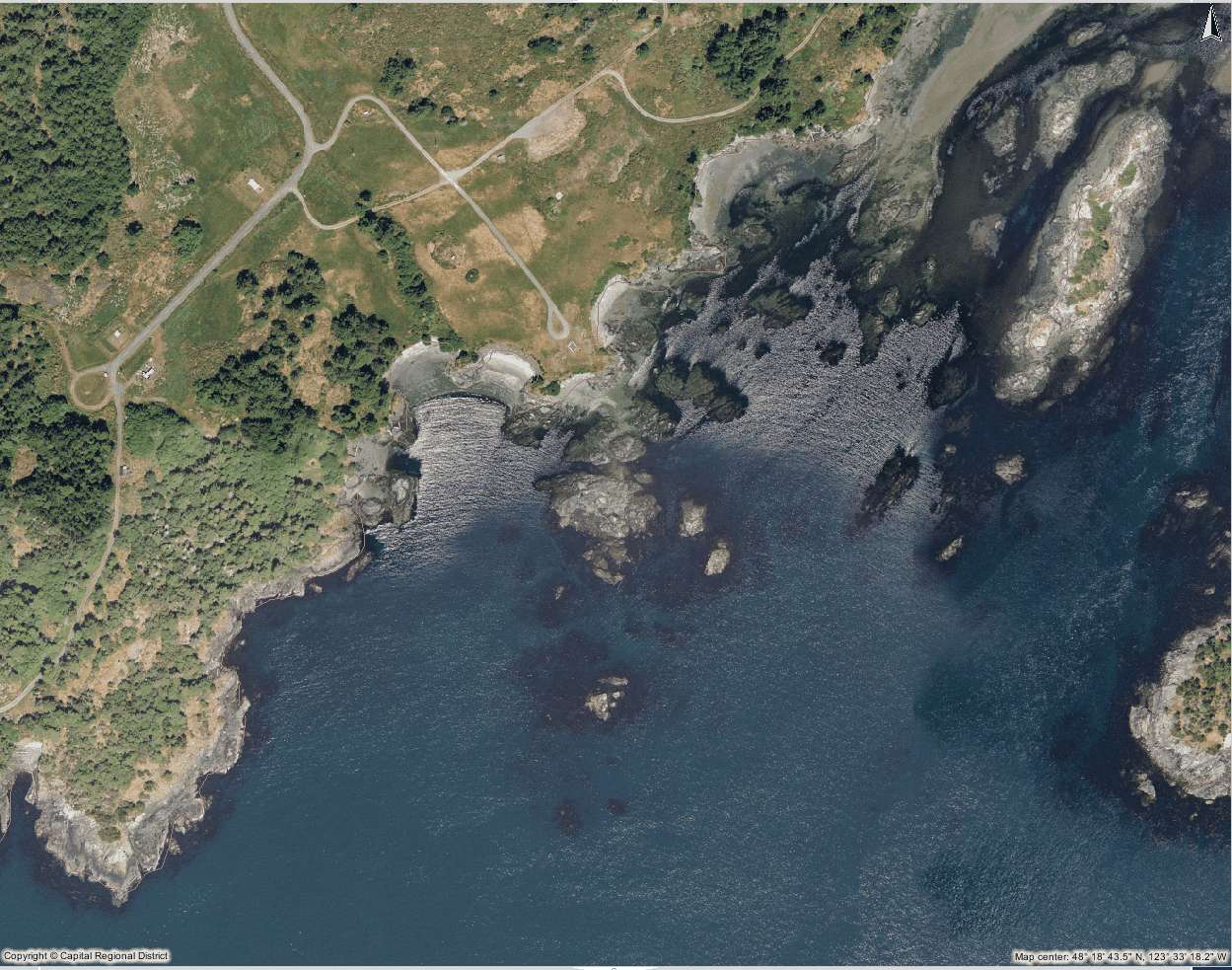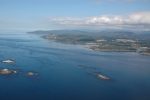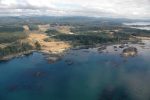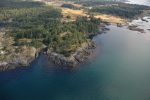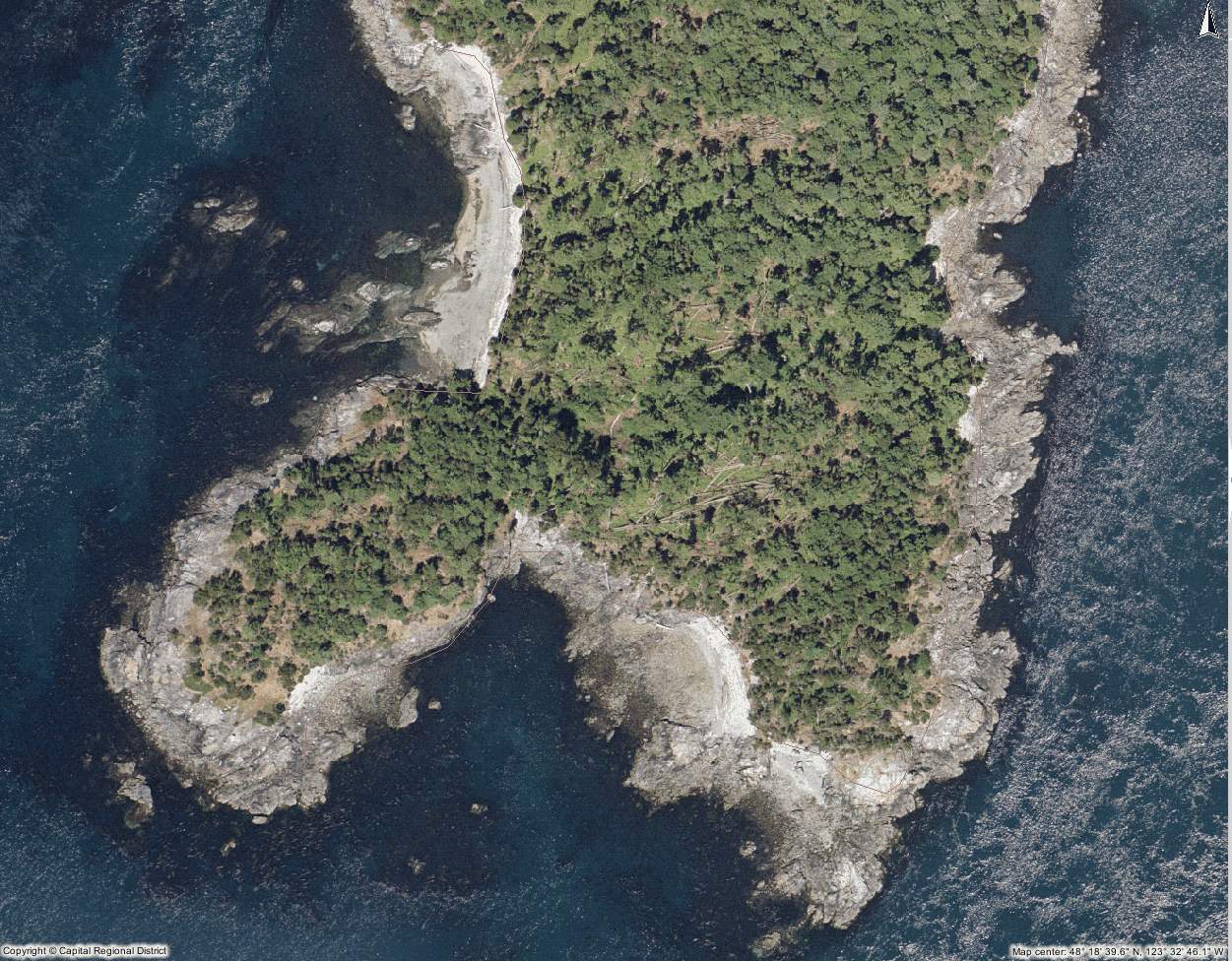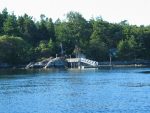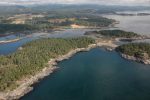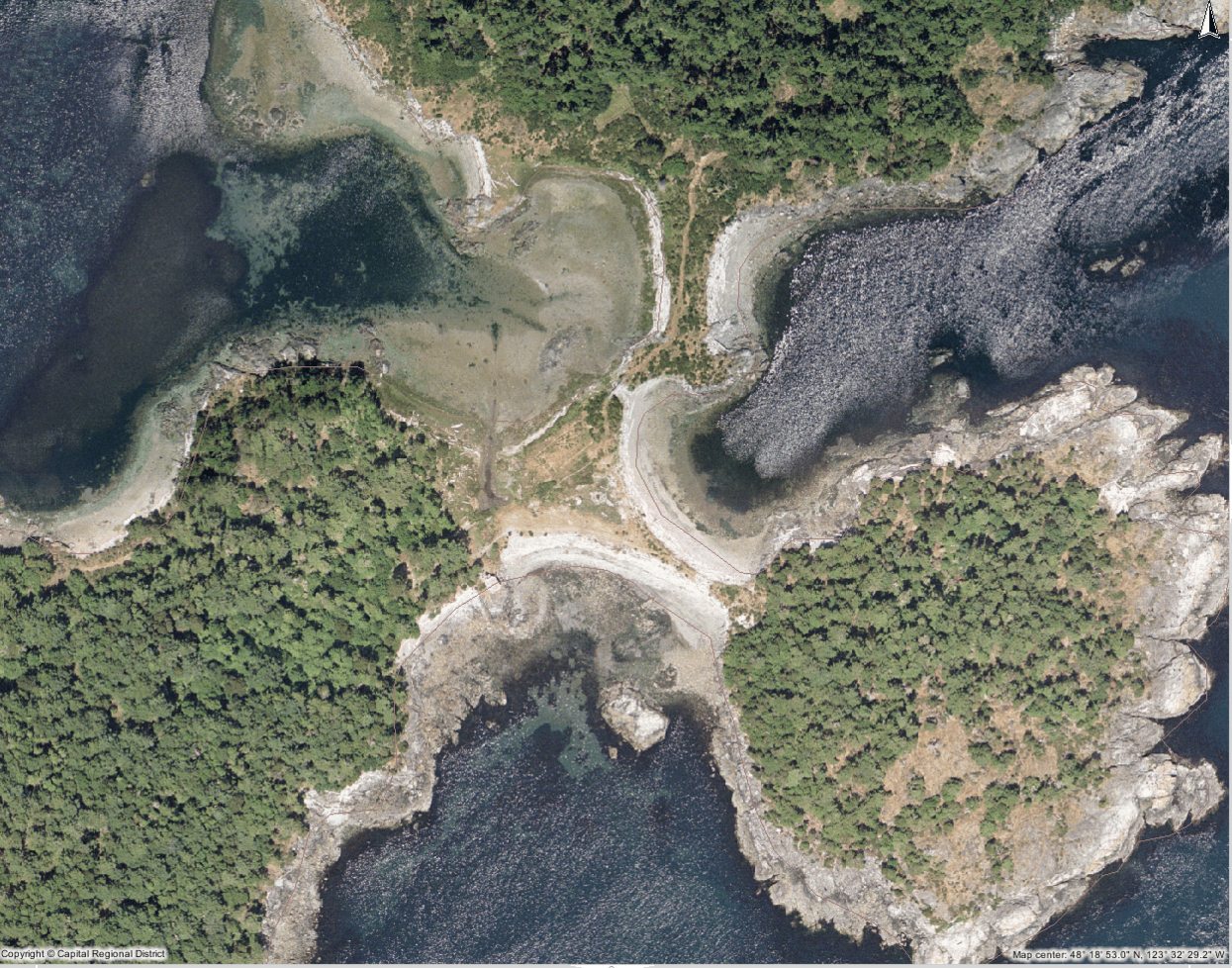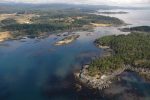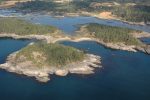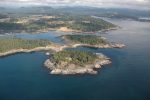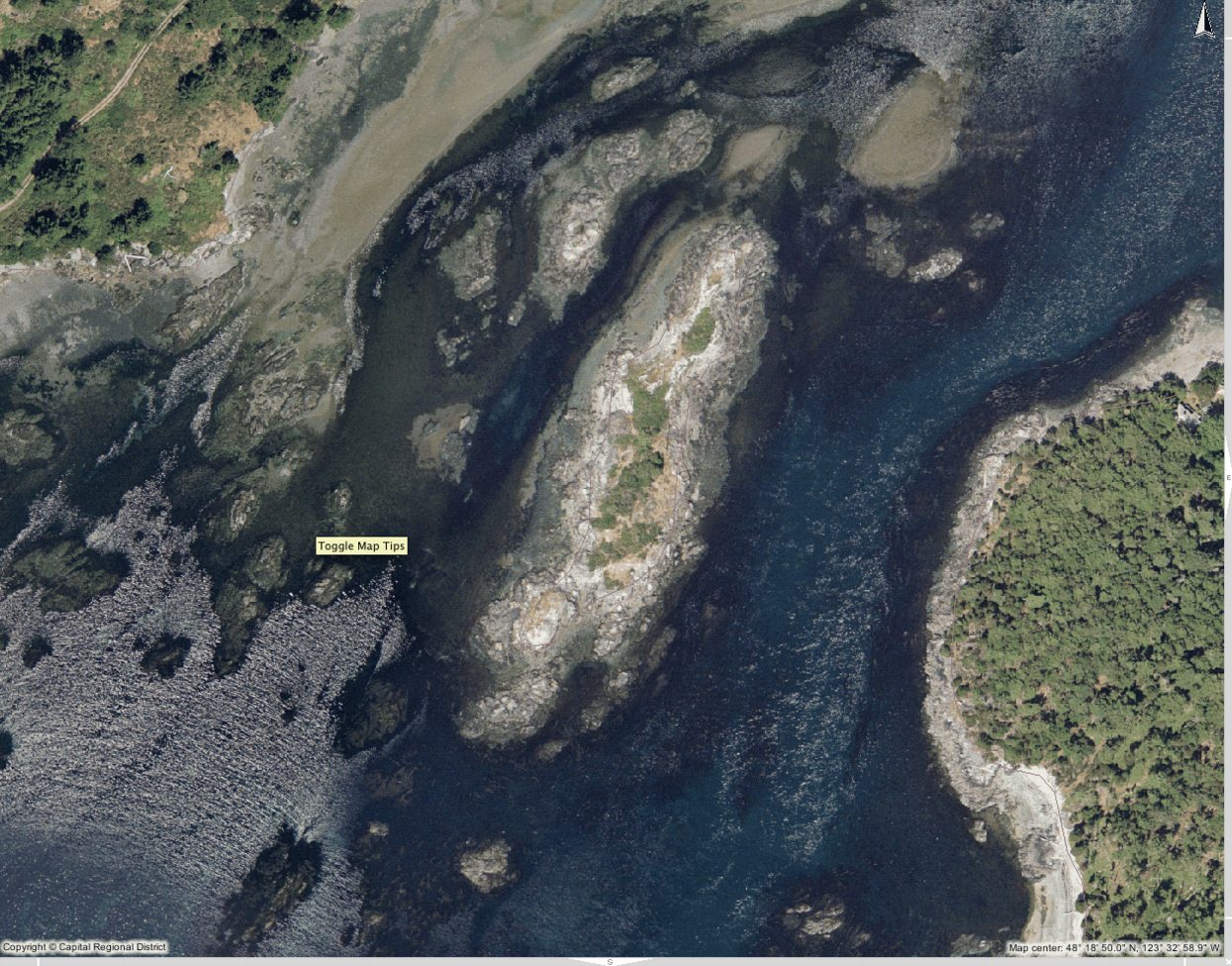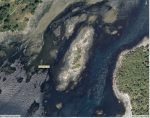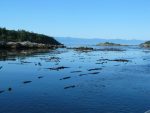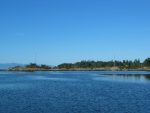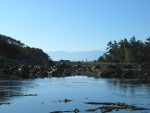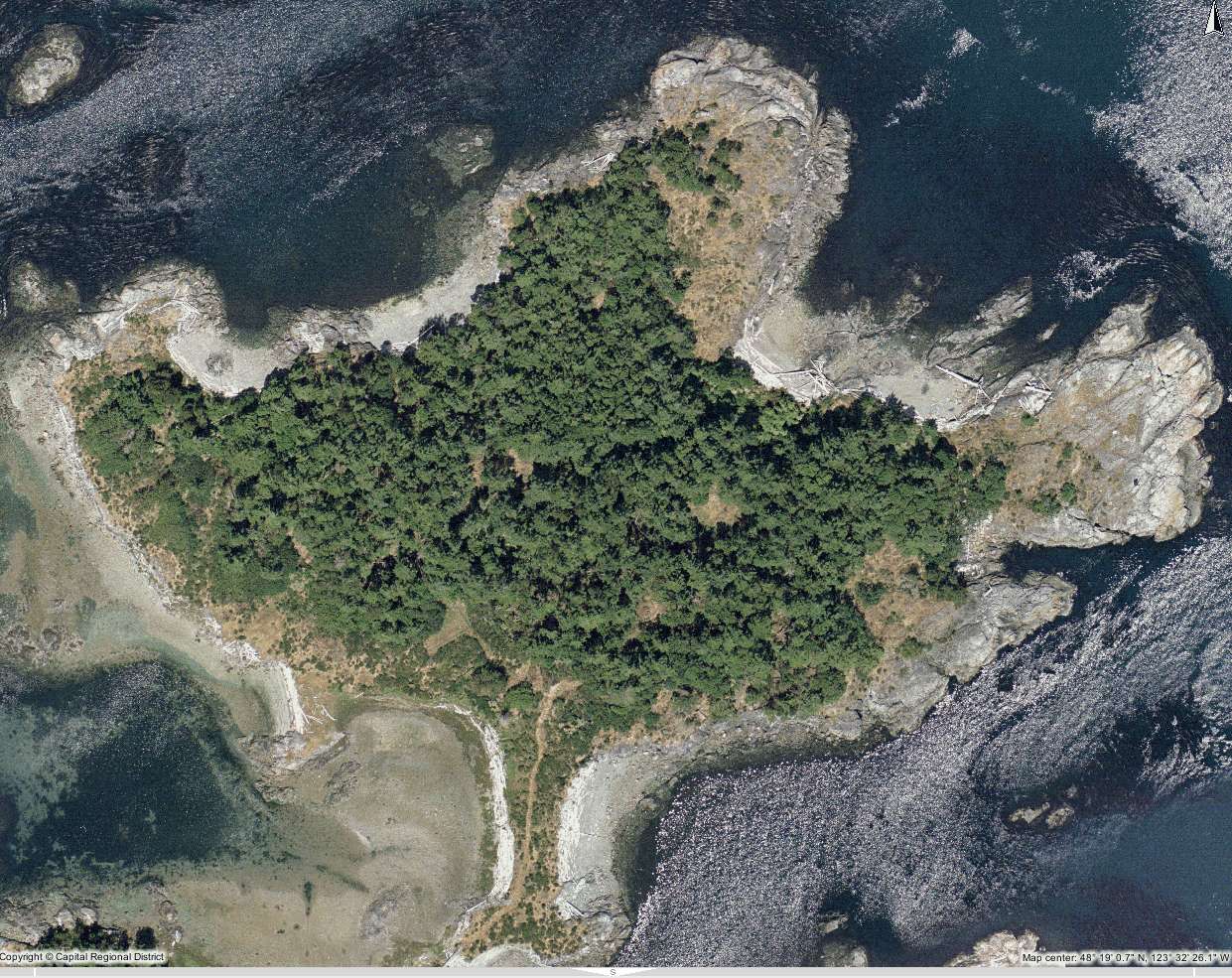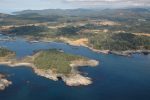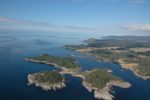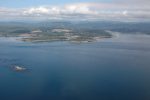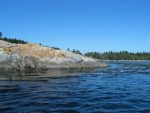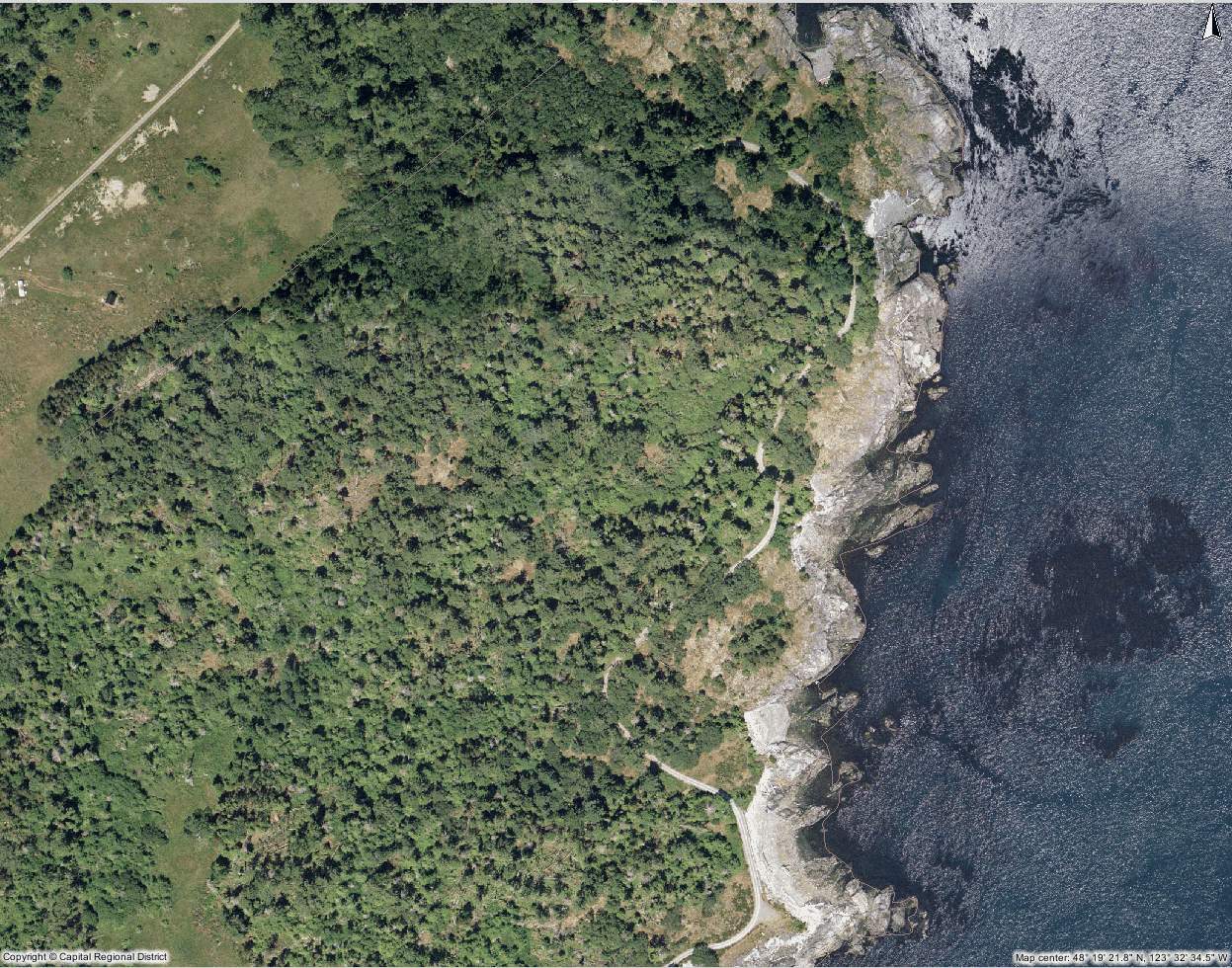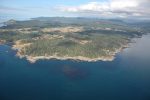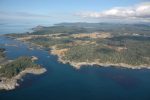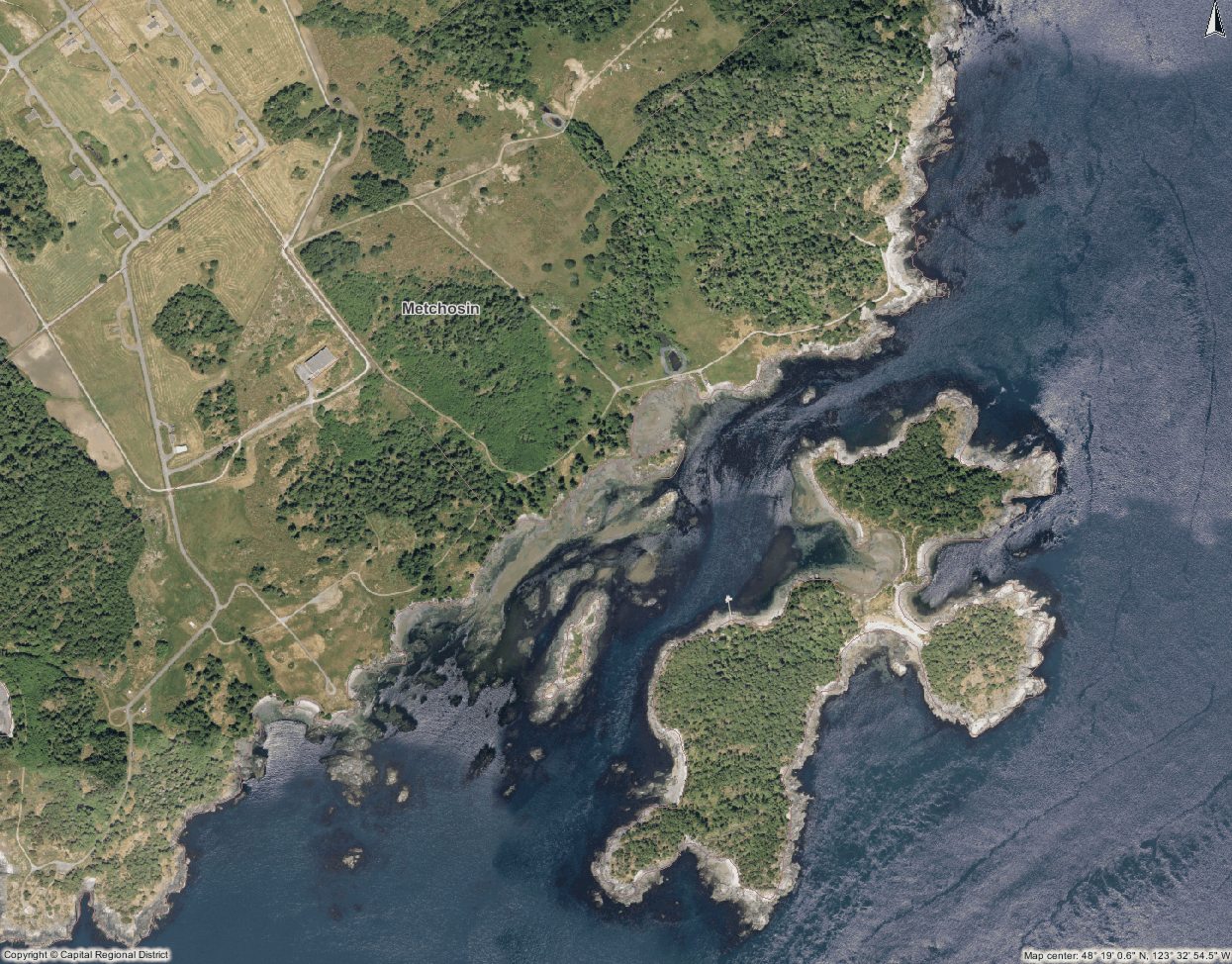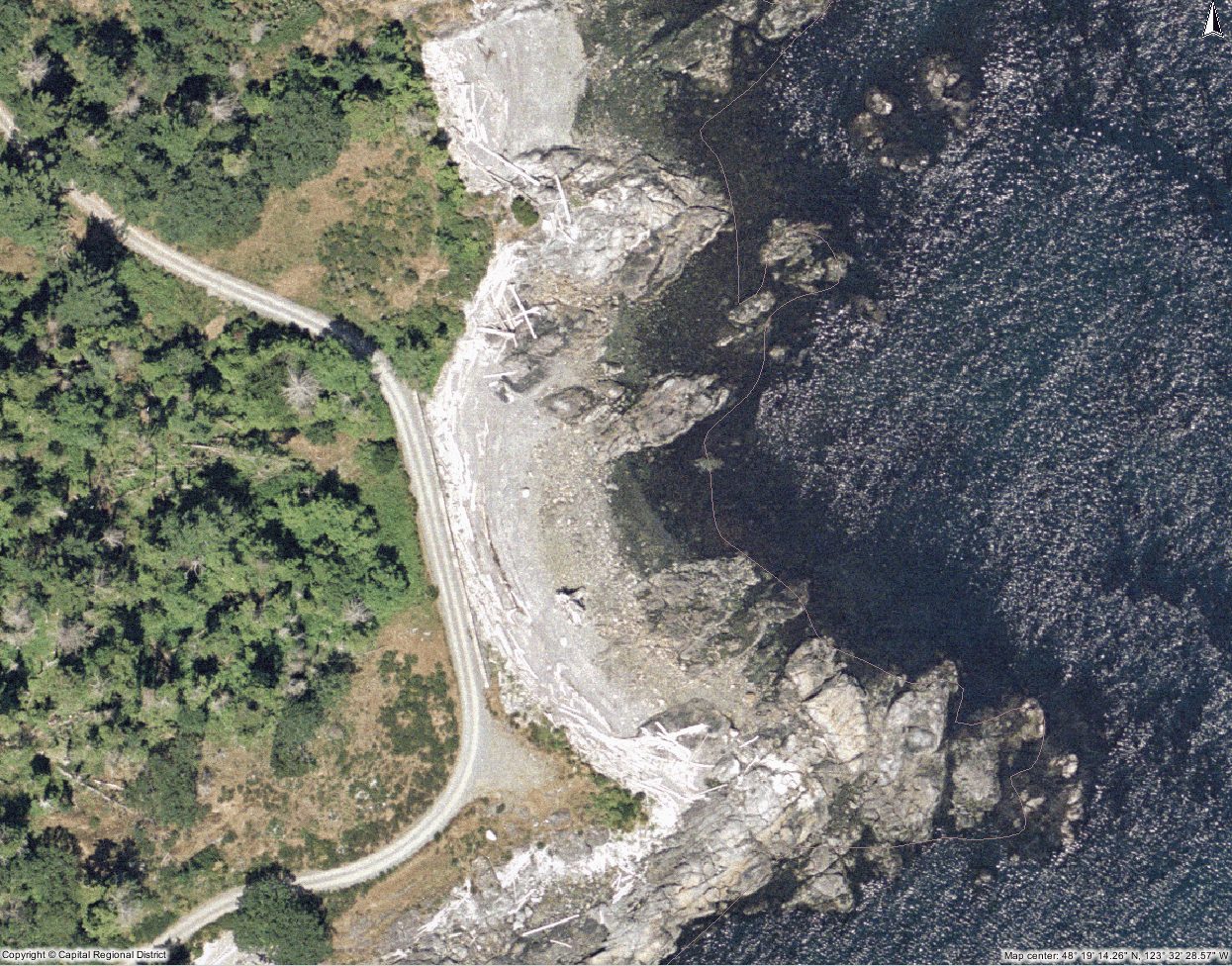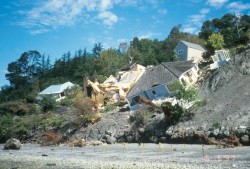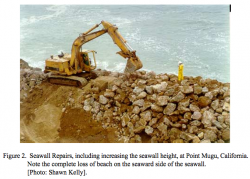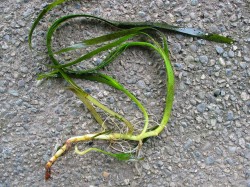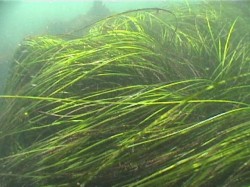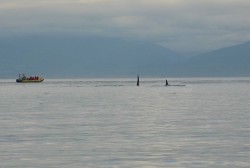 In recent years, we have started to acknowledge that “Ecosystem services “ are something to which we must start paying attention as to fail to do so leads to a rapid decline in our quality of life: Some of the ecosystem services that are part of Natural Capital are defined below, and a link to the Race Rocks website provides a model of how Ecosystem Services may be evaluated in a local ecosystem.
In recent years, we have started to acknowledge that “Ecosystem services “ are something to which we must start paying attention as to fail to do so leads to a rapid decline in our quality of life: Some of the ecosystem services that are part of Natural Capital are defined below, and a link to the Race Rocks website provides a model of how Ecosystem Services may be evaluated in a local ecosystem.
The following materials have been adapted from that resource:
Ecosystem services
‘Ecosystem goods’, such as food, and ‘services’, such as waste assimilation, represent the benefits humans obtain from a properly functioning ecosystem and are usually referred together as ‘ecosystem services’. Unsurprisingly a large number of ecosystem services have been identified, especially for the oceans which cover the majority of the planet and the coastal zone where the majority of humans live.
The items below might have a relevance for Metchosin’s coastal areas.
These include: gas regulation (e.g. maintaining a balanced chemical composition in the atmosphere), climate regulation (e.g. control of global temperature, precipitation, greenhouse gas regulation, cloud formation)
disturbance regulation (e.g. storm protection, flood control, drought recovery),
water regulation (e.g. regulation of global, regional and local scale hydrology through currents and tides),
water supply (e.g. storage of water returned to land as precipitation),
erosion and sediment transport/deposition (e.g. moving sediments from source areas and replenishing depositional areas),
nutrient cycling e.g. the storage, internal cycling, processing and acquisition of nutrients, nitrogen fixation, phosphorus cycles),
waste treatment (e.g. the breakdown of excess xenic and toxic compounds),
biological control (e.g. the trophic-dynamic regulation of populations),
refugia (e.g. feeding and nursery habitats for resident and transient populations of harvested species),
food production (e.g. the portion of gross primary production which is extracted as food for humans),
raw materials (e.g. the portion of gross primary production which is extracted as fuel or building material),
genetic resources(e.g. sources of unique biological materials for medicines),
recreation (e.g. opportunities for tourism, sport and other outdoor pastimes) and cultural (e.g. opportunities for aesthetic, artistic, educational, spiritual activities).
The value (the theoretical cost of artificially replacing the services were they not to be provided by nature) to humanity of these ecosystem services has been estimated at $8400 billion per year for the open oceans and 1.5 times this for coastal ecosystems. Consumptive use (production of food and raw materials) is a minor (<5%) component and therefore the true value of marine ecosystems is in non- consumptive use. However quantifying such use is notoriously hard.
Adapted from the reference:
The structure and function of ecological systems in relation to property right regimes. In: Hanna, S., Folke, C., Maler, K.G. (Eds.), Rights to Nature. Island Press, Washington, DC, pp. 13 34. Authority. Research Publication No. 35, Townsville, Australia, pp. 83. ( DOCUMENT ) Author(s) / Editor(s) Costanza, R., Folke, C., 1997.
You can have a look at the model proposed for a project at Race Rocks in this link: DEFINING THE ECOSYSTEM SERVICES of RACE ROCKS.
It is our hope that while you are helping us to assemble the values of these Ecosystem services for Metchosin’s you may be motivated to look in your own back yard and start placing a more realistic value on your own Ecosystems’ Services. ” Even today’s technology and knowledge can reduce considerably the human impact on ecosystems. They are unlikely to be deployed fully, however, until ecosystem services cease to be perceived as free and limitless, and their full value is taken into account.”
OTHER REFERENCES ON THIS TOPIC:
Patterns of a Conservation Economy: True Cost Pricing
http://www.conservationeconomy.net/natural_capital.html
Ecosystem Services:
http://www.conservationeconomy.net/ecosystem_services.html
Ecosystem Services: Benefits Supplied to Human Societies by Natural Ecosystems
http://www.ecology.org/biod/value/EcosystemServices.html
Millennium Ecosystem Assessments of the World Health organization
http://www.millenniumassessment.org//en/index.aspx
How ecosystem services relate to one another
http://www.ecosystemservicesproject.org/html/publications/docs/nair/chap7.pdf
Ethical Considerations in On-Ground Applications of the Ecosystem Services Concept, www.biosciencemag.org 1020 BioScience • December 2012 / Vol. 62 No. 12
http://ires.sites.olt.ubc.ca/files/2012/12/Luck-et-al-2012-BioSci-ethical-considerns-of-on-ground-ES-applicns.pdf
Ecosystem Services – Case studies from Australia
http://www.ecosystemservicesproject.org/index.htm
Securing Canada’s Natural Capital:
http://www.nrtee-trnee.ca/eng/publications/securing-canadas-natural-capital/securing-canadas-natural-capital-eng.pdf
Natural Capital:
http://www.conservationeconomy.net/content.cfm?PatternID=17
RESULTS OF NATIONAL SURVEY ON ECOLOGICAL GOODS AND SERVICES
http://www.maweb.org/documents/document.300.aspx.pdf
References specializing in Marine Ecosystem Services:
Aquatic ecosystems provide many services contributing to human well-being . Maintenance of the integrity and
the restoration of these ecosystems are vital for services such as water replenishment and purification, flood and drought control.
1. Other reference Ecosystem Services: The Role of Natural Capital
A piece that defines the ecosystem services of Race Rocks
2. ECOSYSTEM SERVICES: Benefits Supplied to Human Societies by Natural Ecosystems
http://www.ecology.org/biod/value/EcosystemServices.html
3. The encyclopedia of Earth: Marine ecosystem services:
http://www.ecology.org/biod/value/EcosystemServices.html
4. Assessing the Non-Market Values of Ecosystem Services provided by Coastal and Marine Systems http://www.ecotrust.org/katoomba/presentations/Marine_Coastal_Presentations
/NonMarket_Values_Coastal_Marine_Ecosystems_Matthew_Wilson_Shuang_Liu.pdf
5. Economic Valuation of Ecosystem Services
http://judylumb.com/eco-services.html
- “It is most important to raise consciousness of the general public and of public officials and managers of the value of ecosystem services. Here are some ways that individual friends might choose.
1) Educate ourselves about ecosystem services.
2) Monitor local news for issues that impact ecosystem services to point out areas of public concern when ecosystem services are destroyed or disregarded.
3) Speak truth to power — communicate with local officials and congressional representatives about the implications of their decisions on ecosystem services.
4) Hold agencies to the environmental and public input requirements of the laws.
5) Make certain that preservation of ecosystem services is among the options presented.
6) Write letters to the editor to educate the public about ecosystem services”
6: Millennium Ecosystem assessment panel: Ecosystems and Human Well: being wetlands and water.
http://www.maweb.org/documents/document.358.aspx.pdf
7.The Ecosystem Services Project http://www.ecosystemservicesproject.org/
8. Global Warming — Blue Carbon.. A Sierra Club resouce on the value of seagrasses and salt marshes as 50 times more efficient Carbon fixers than forests.

